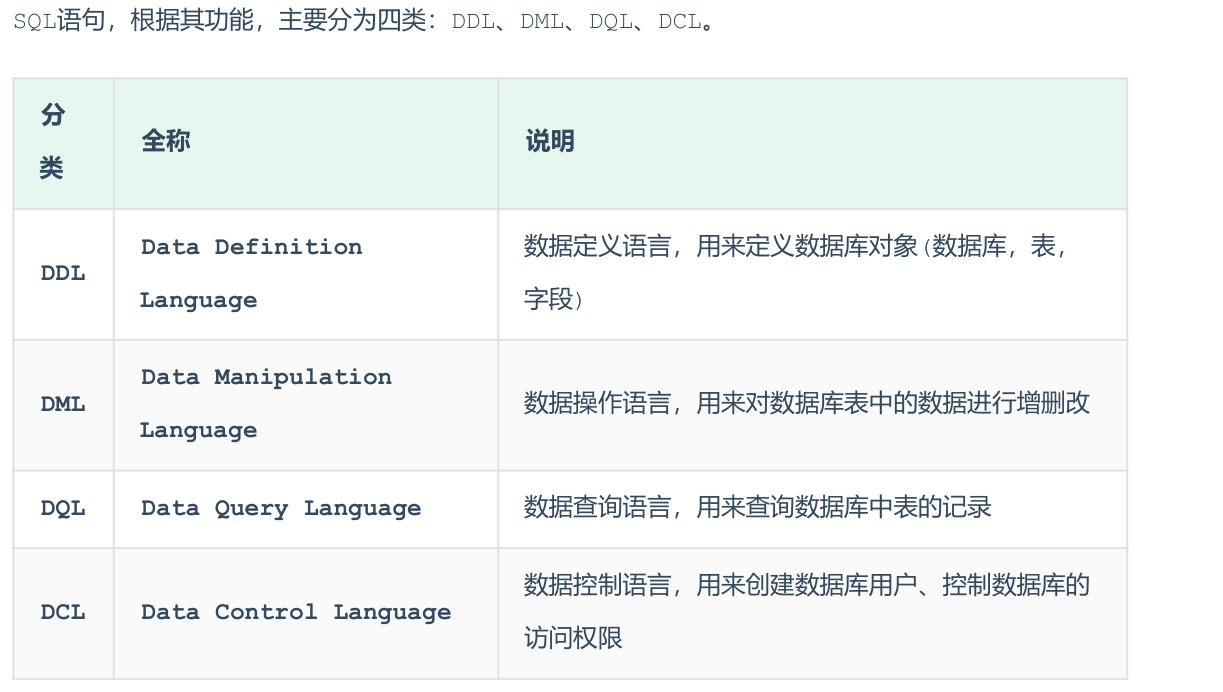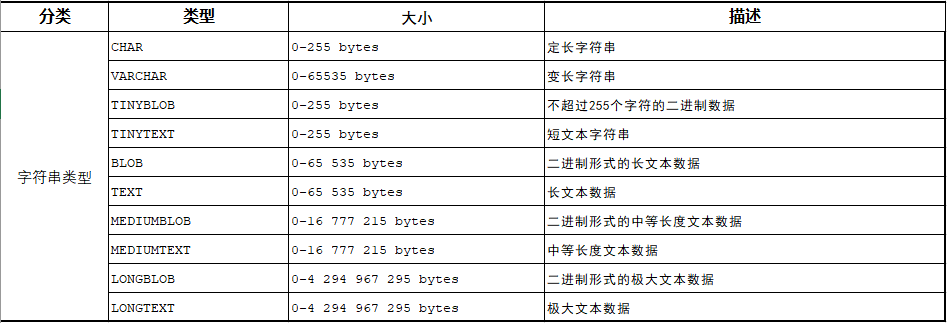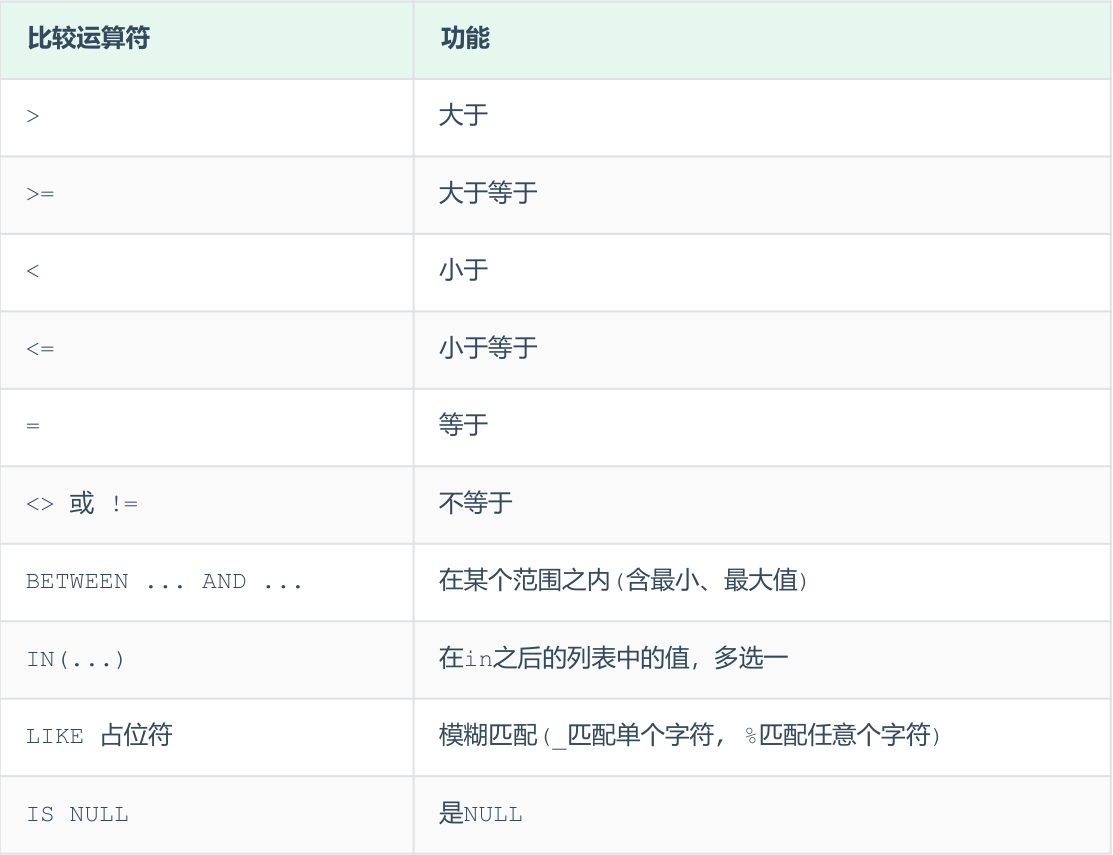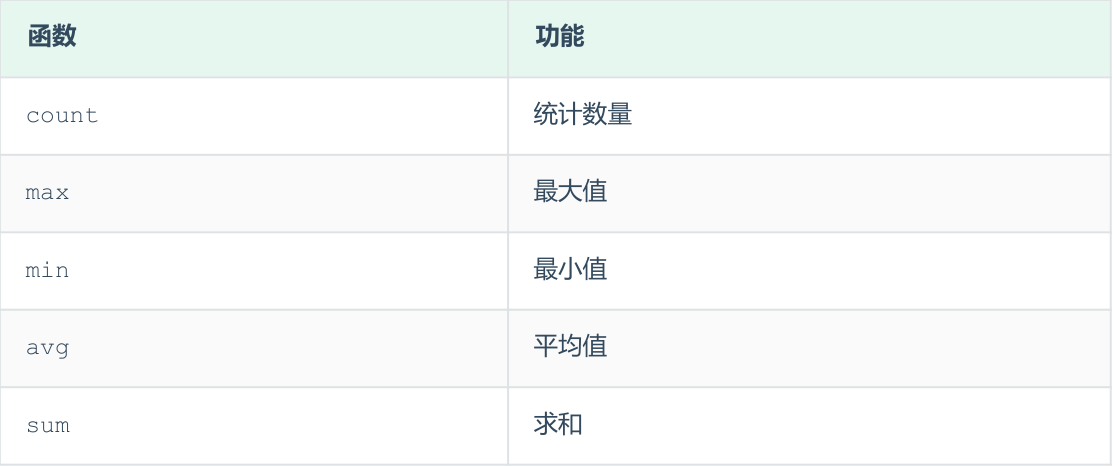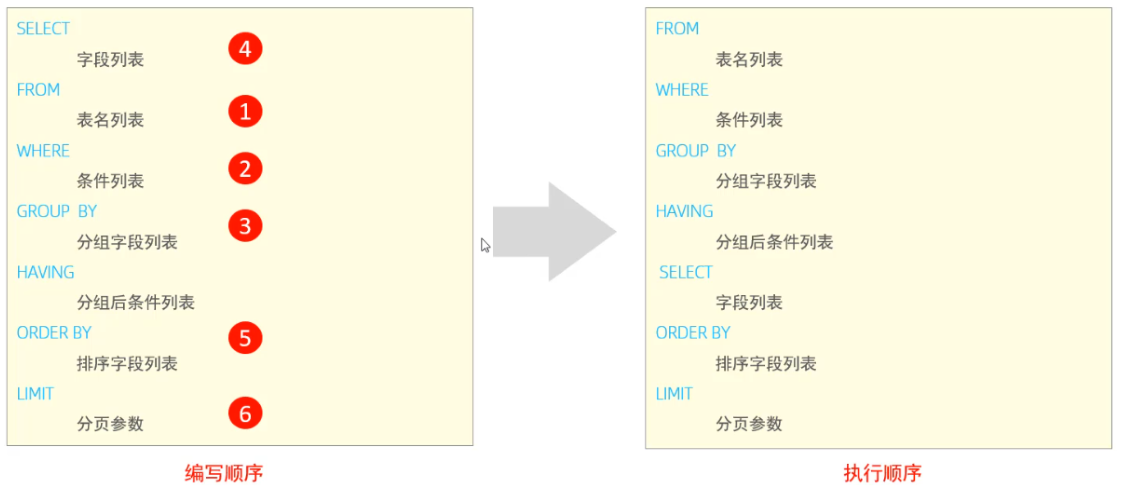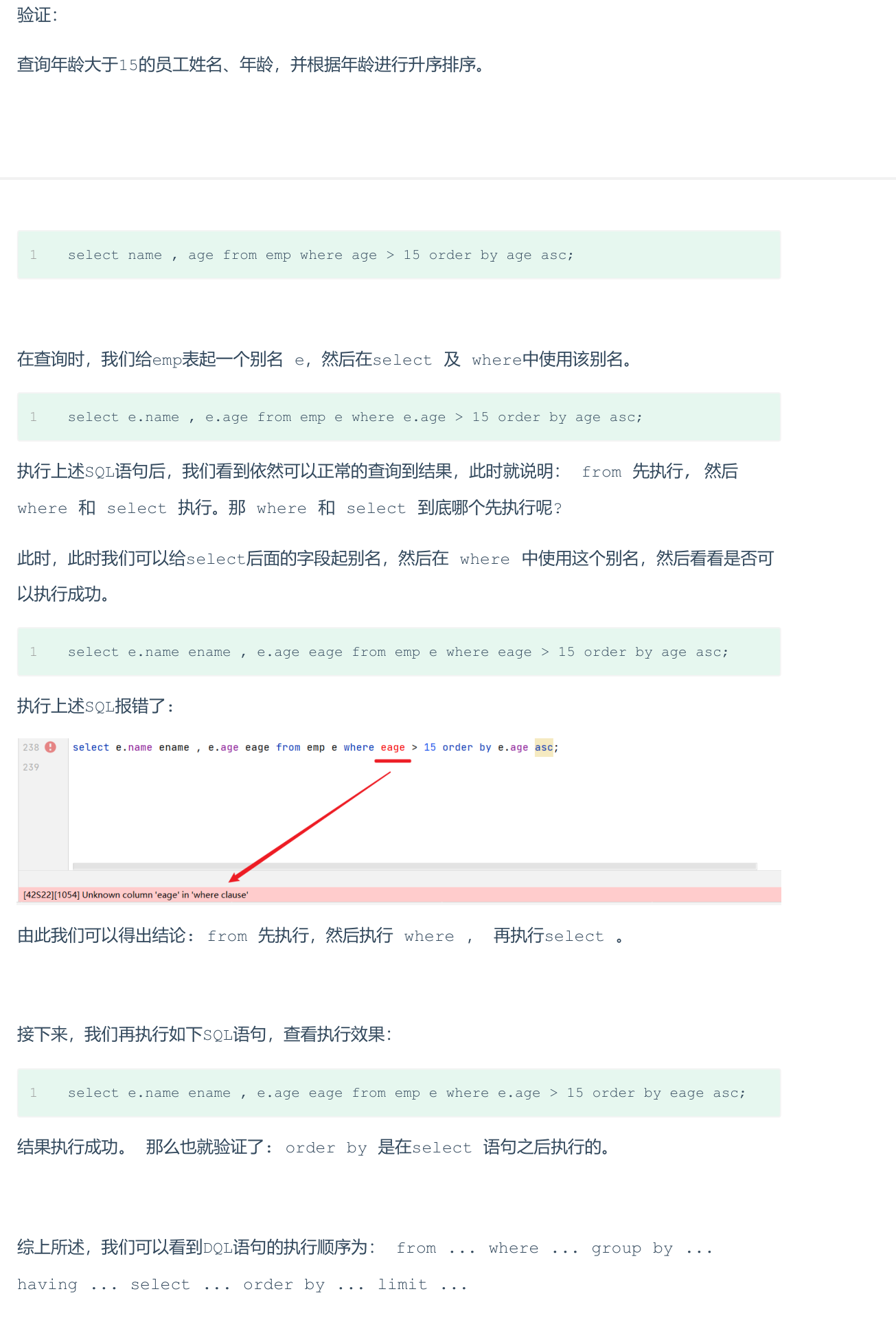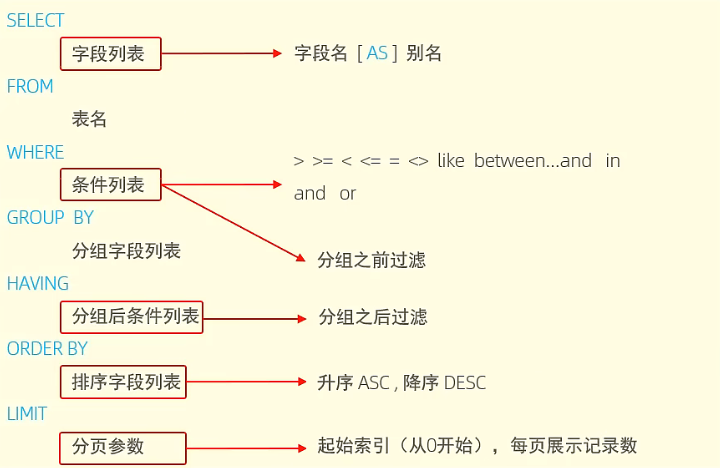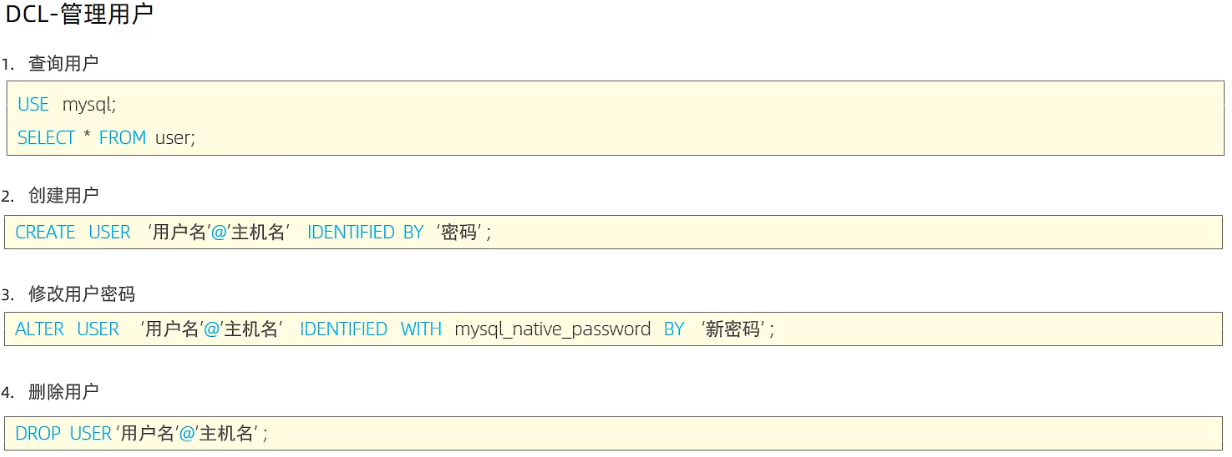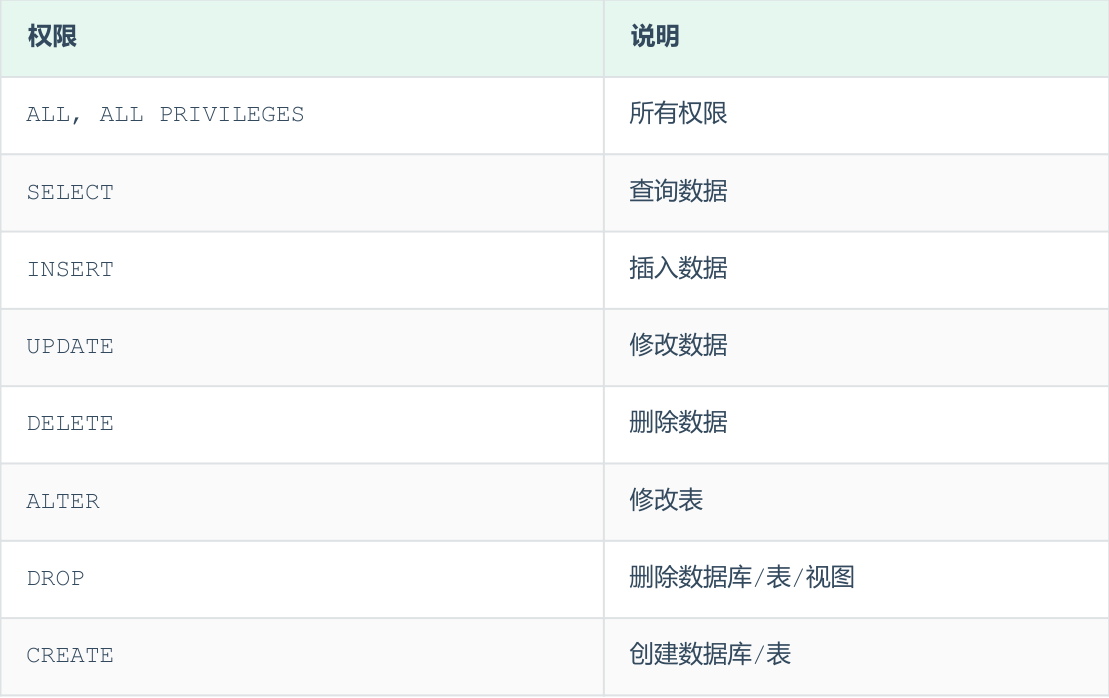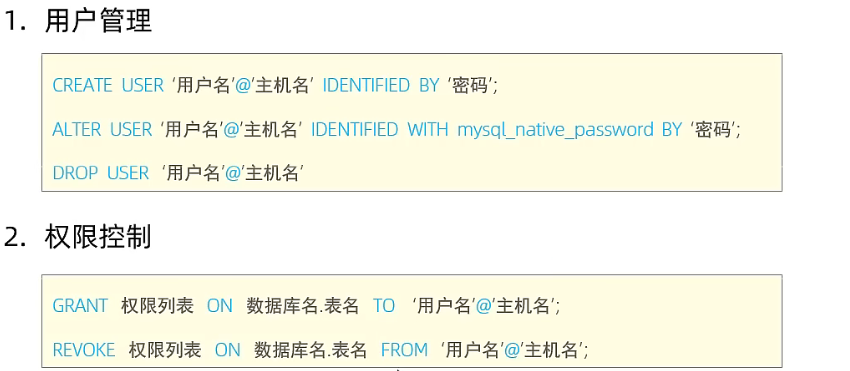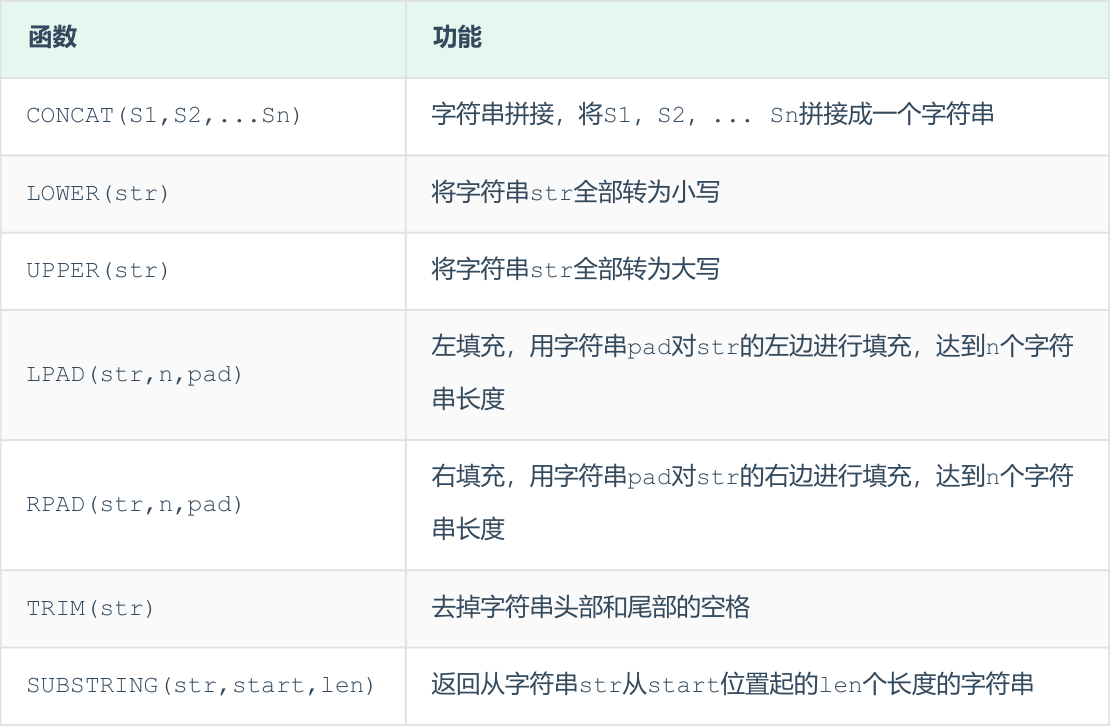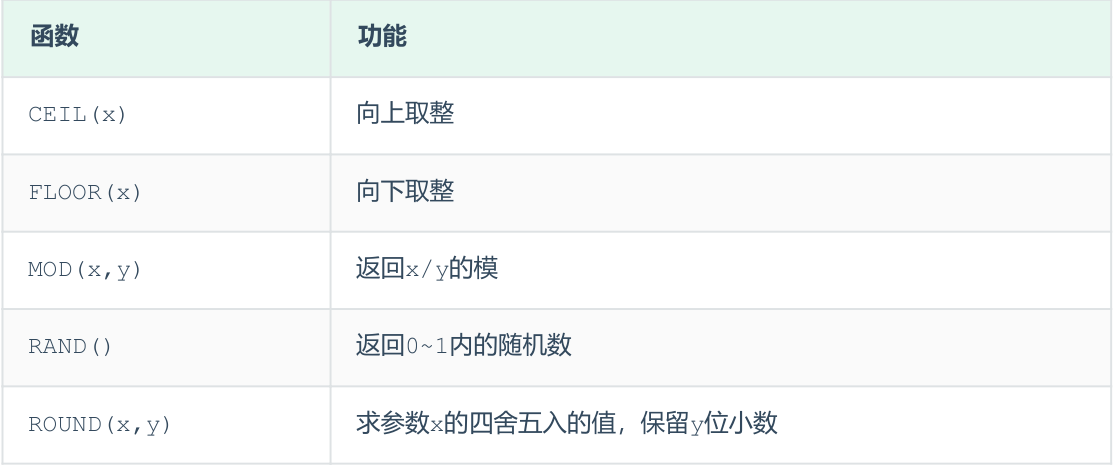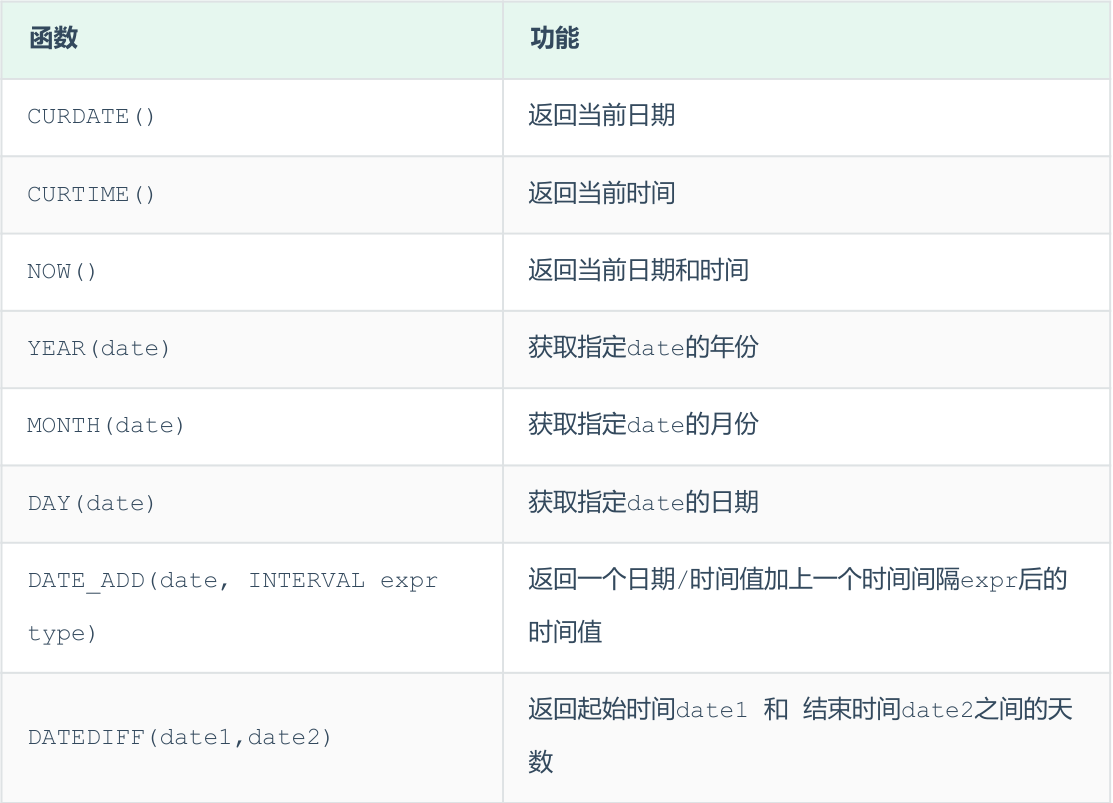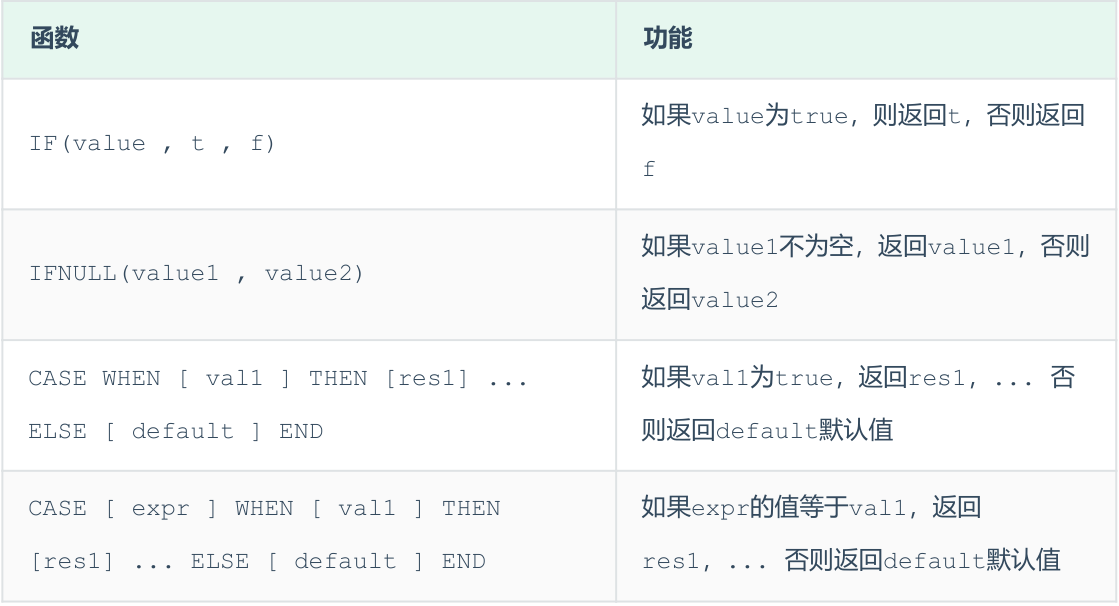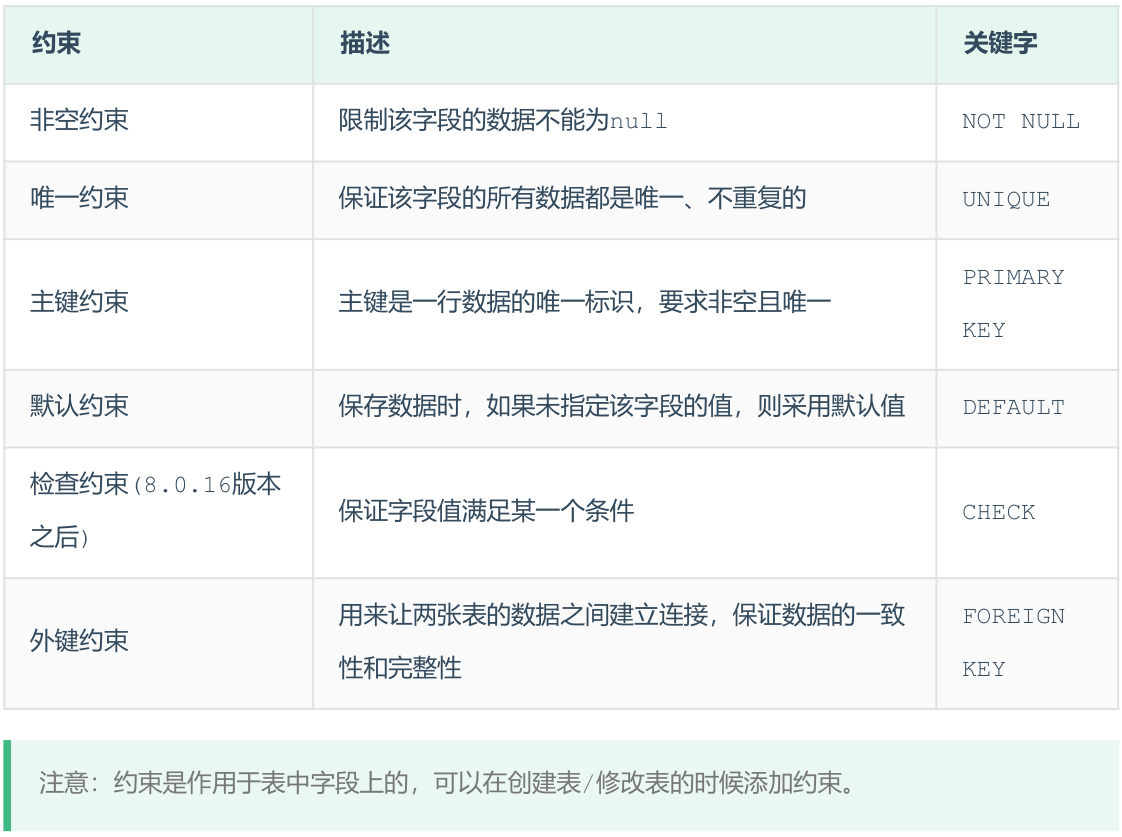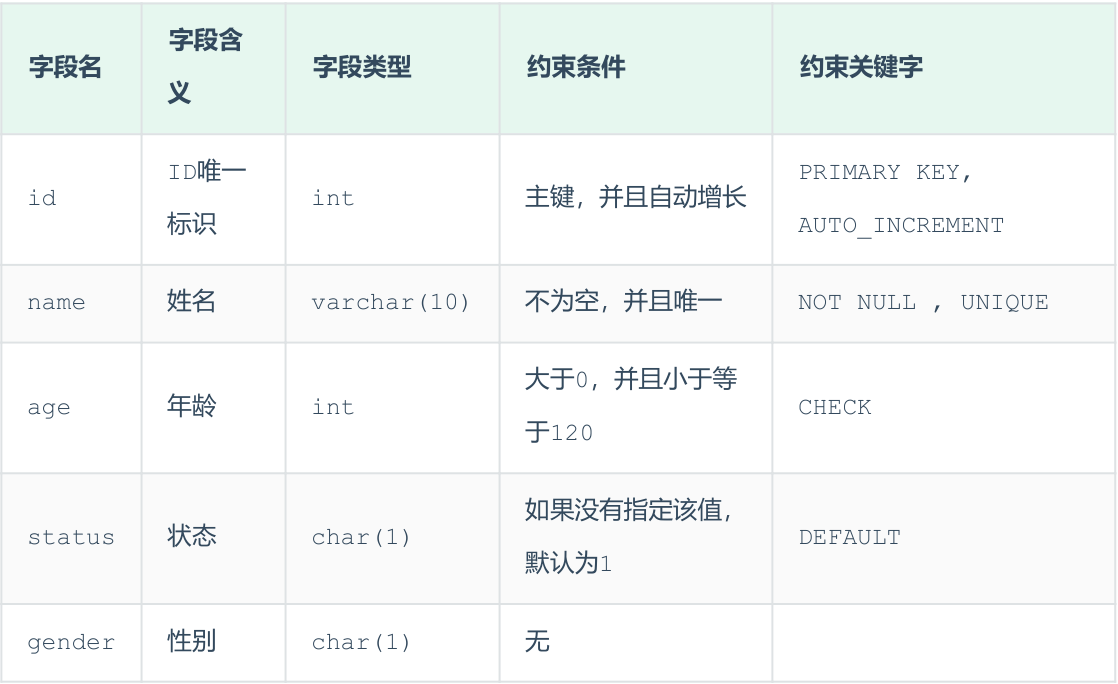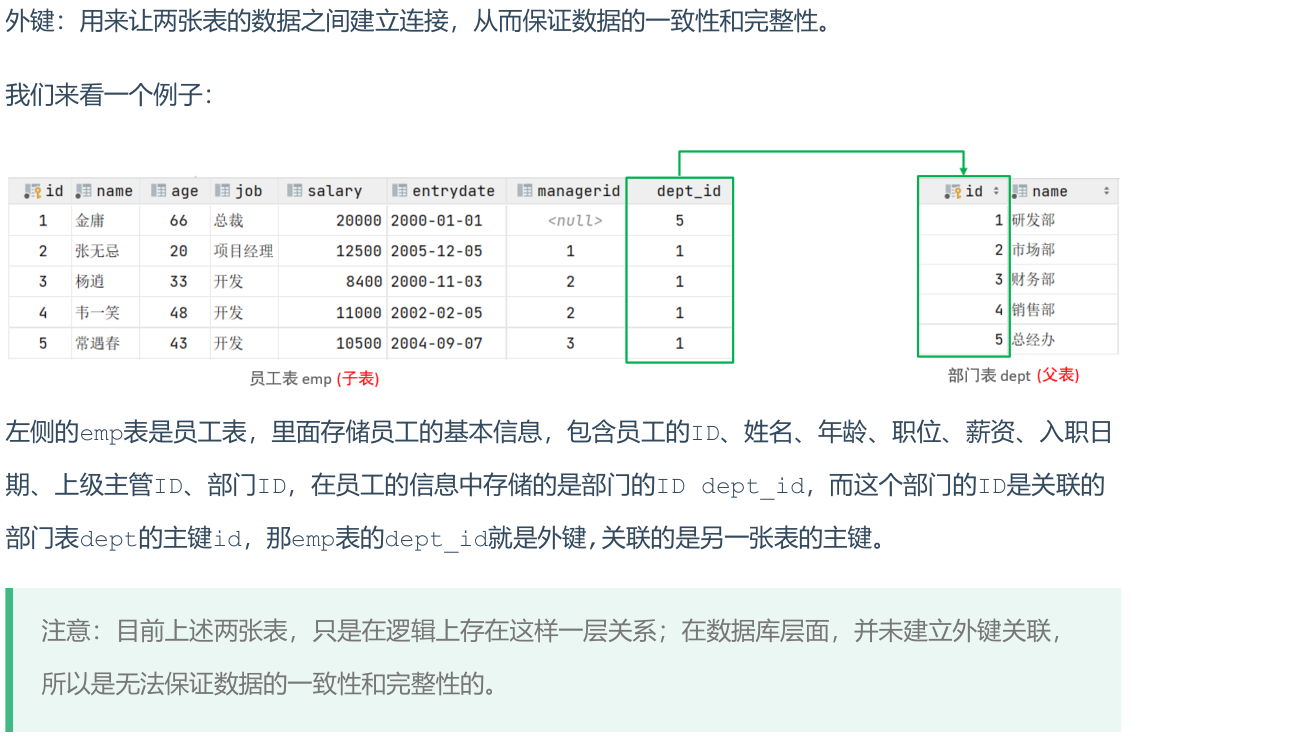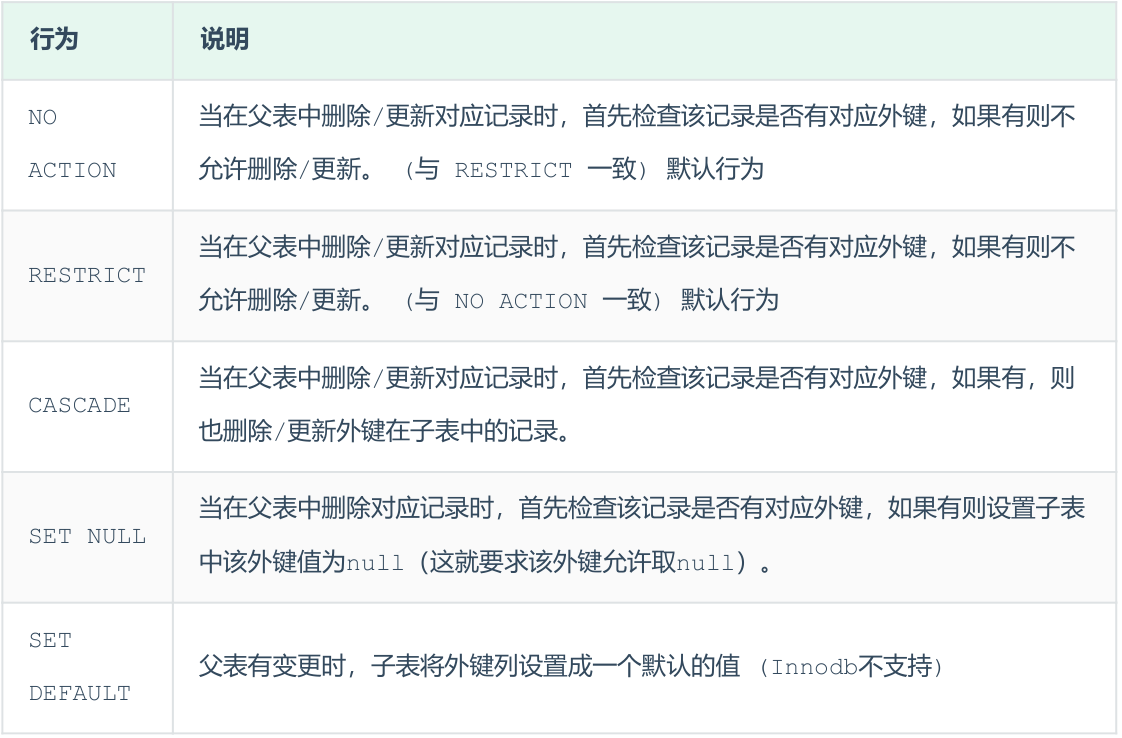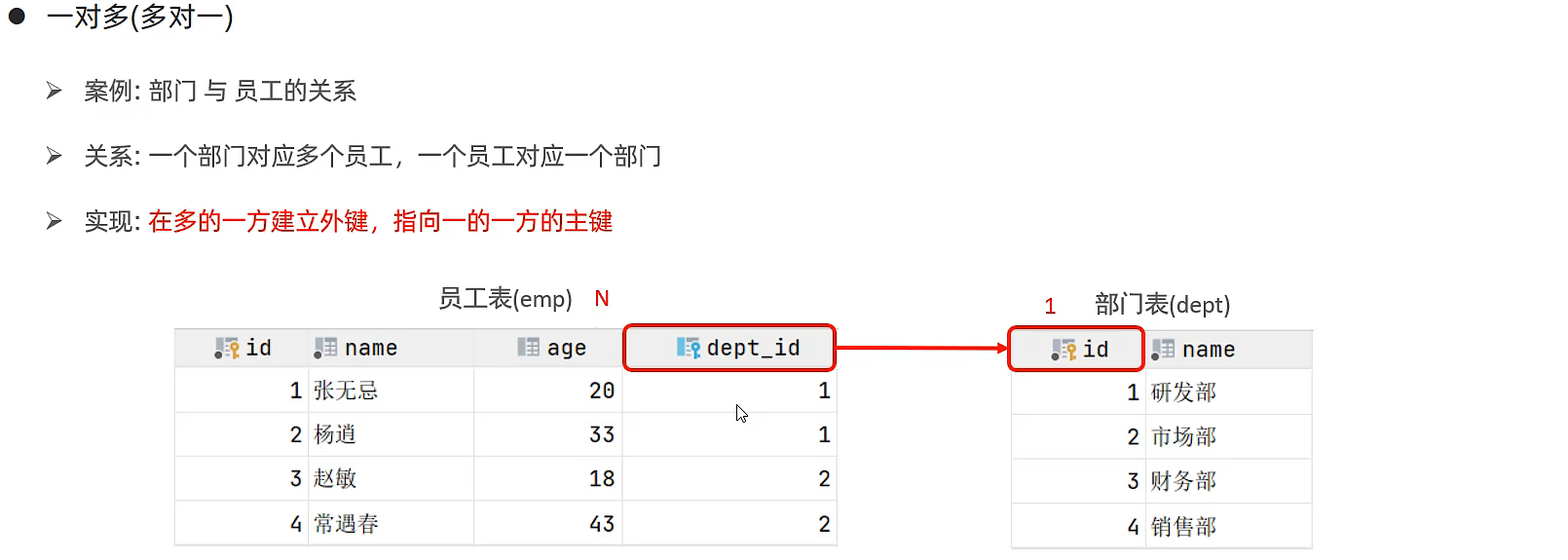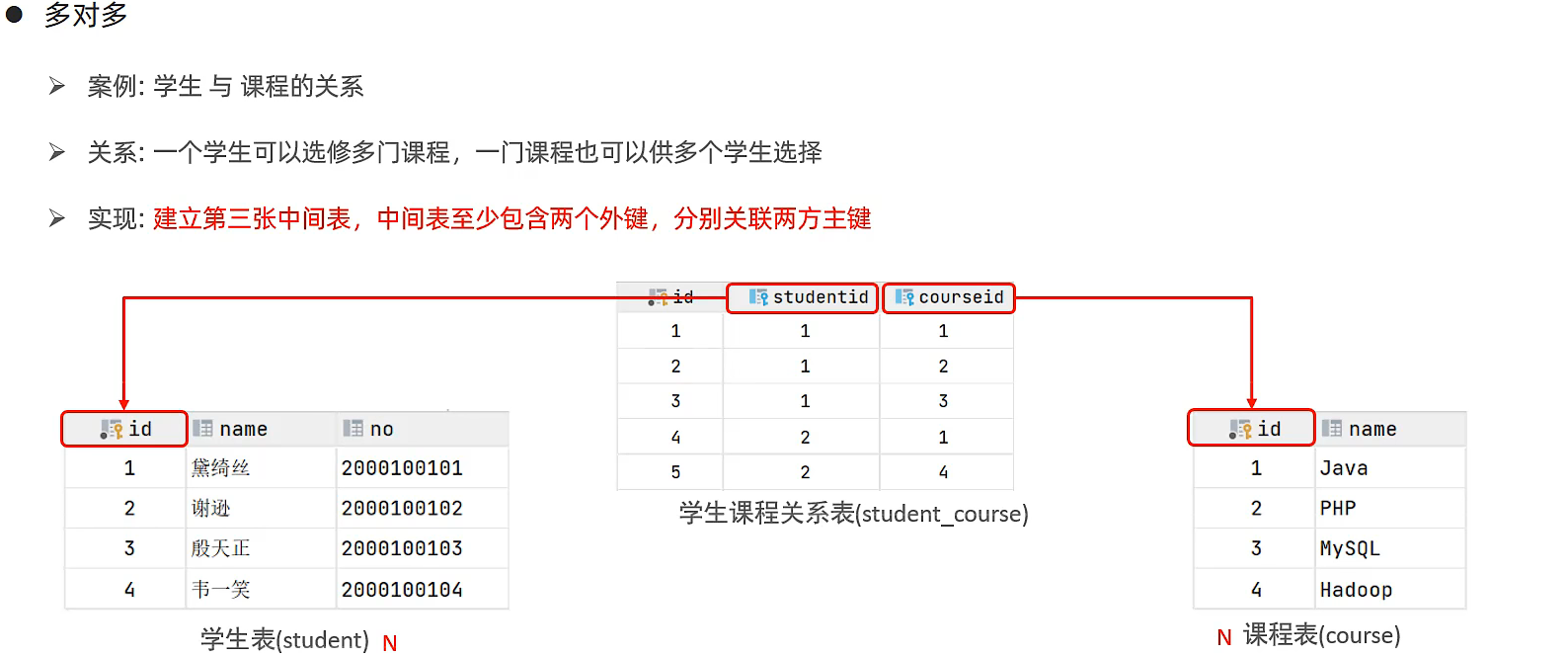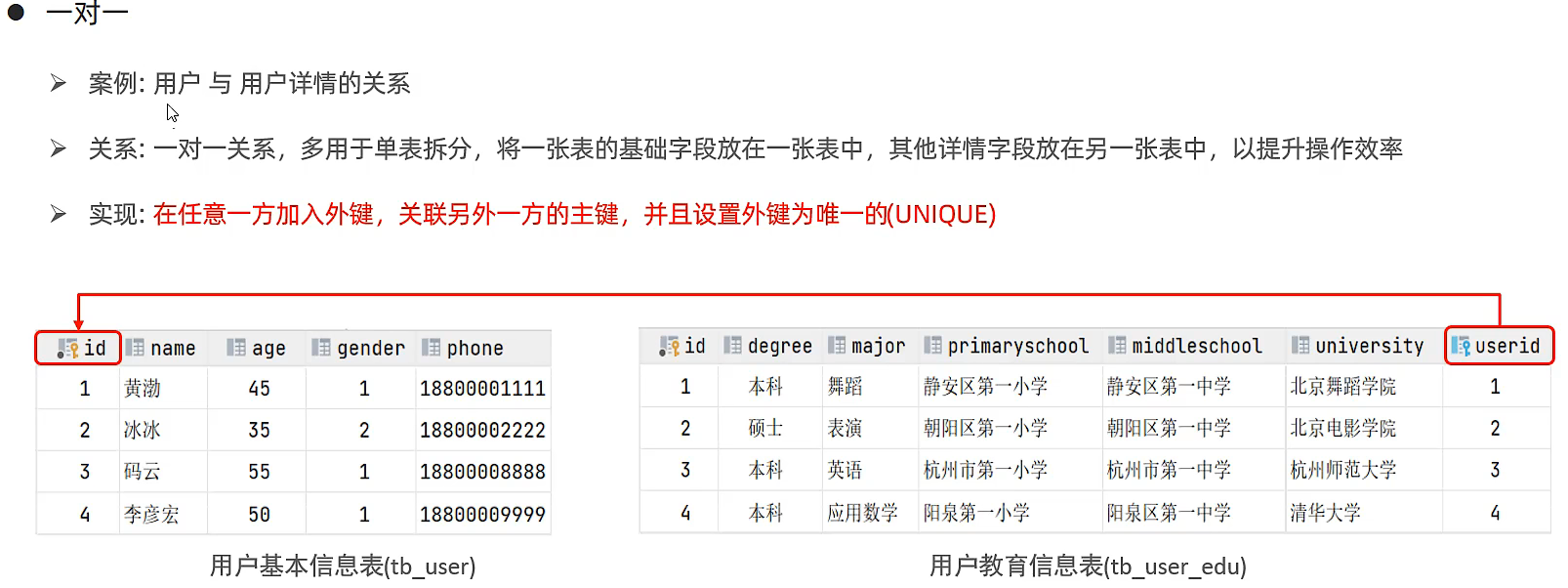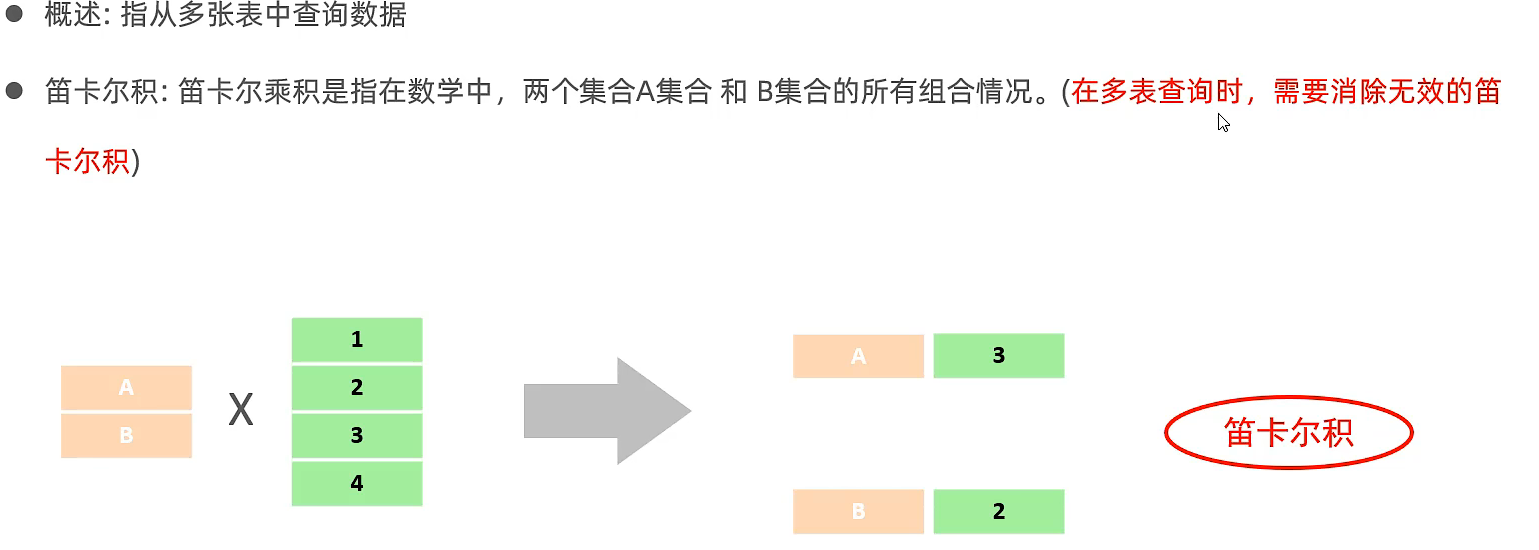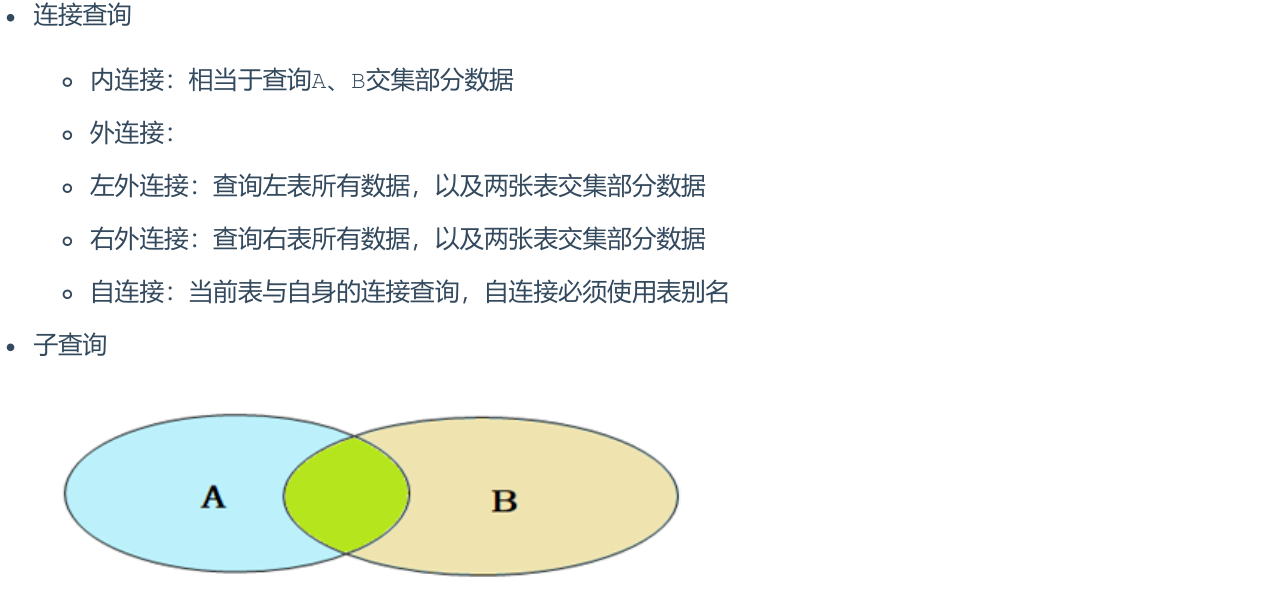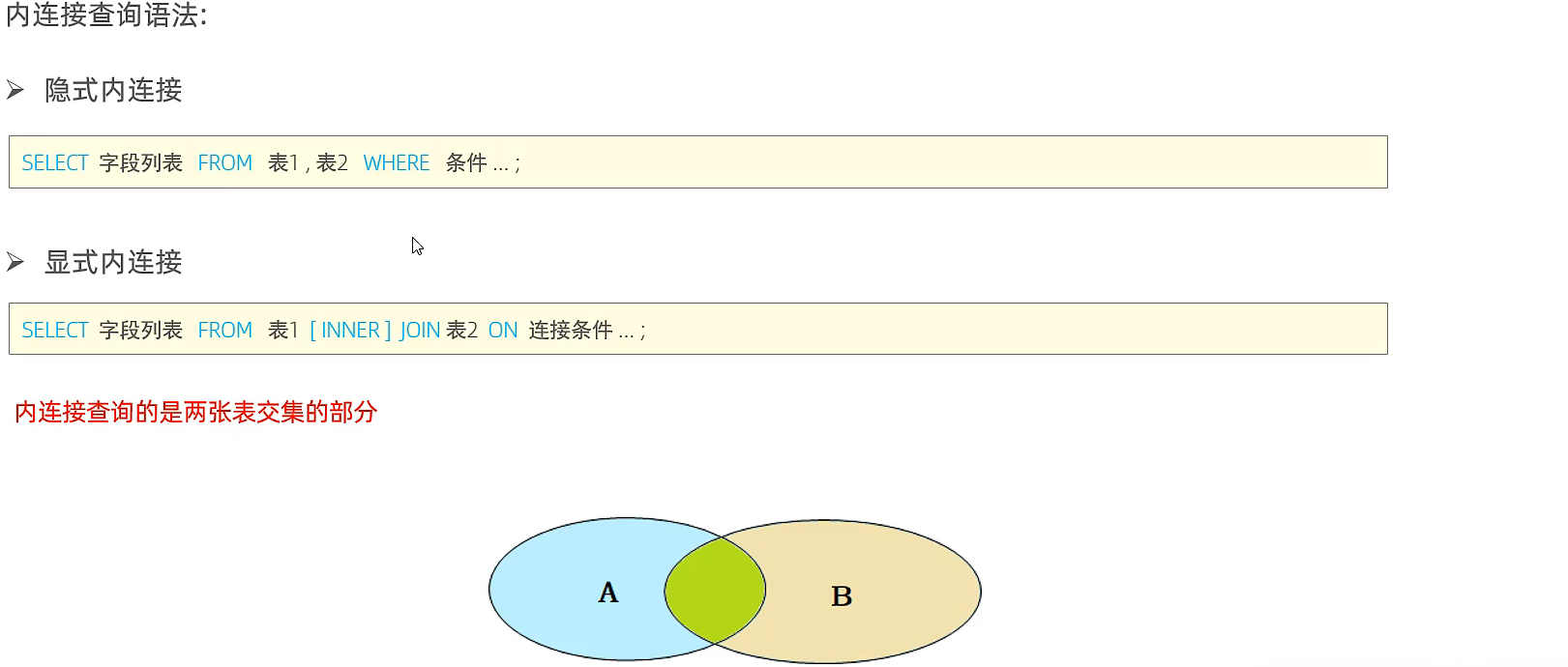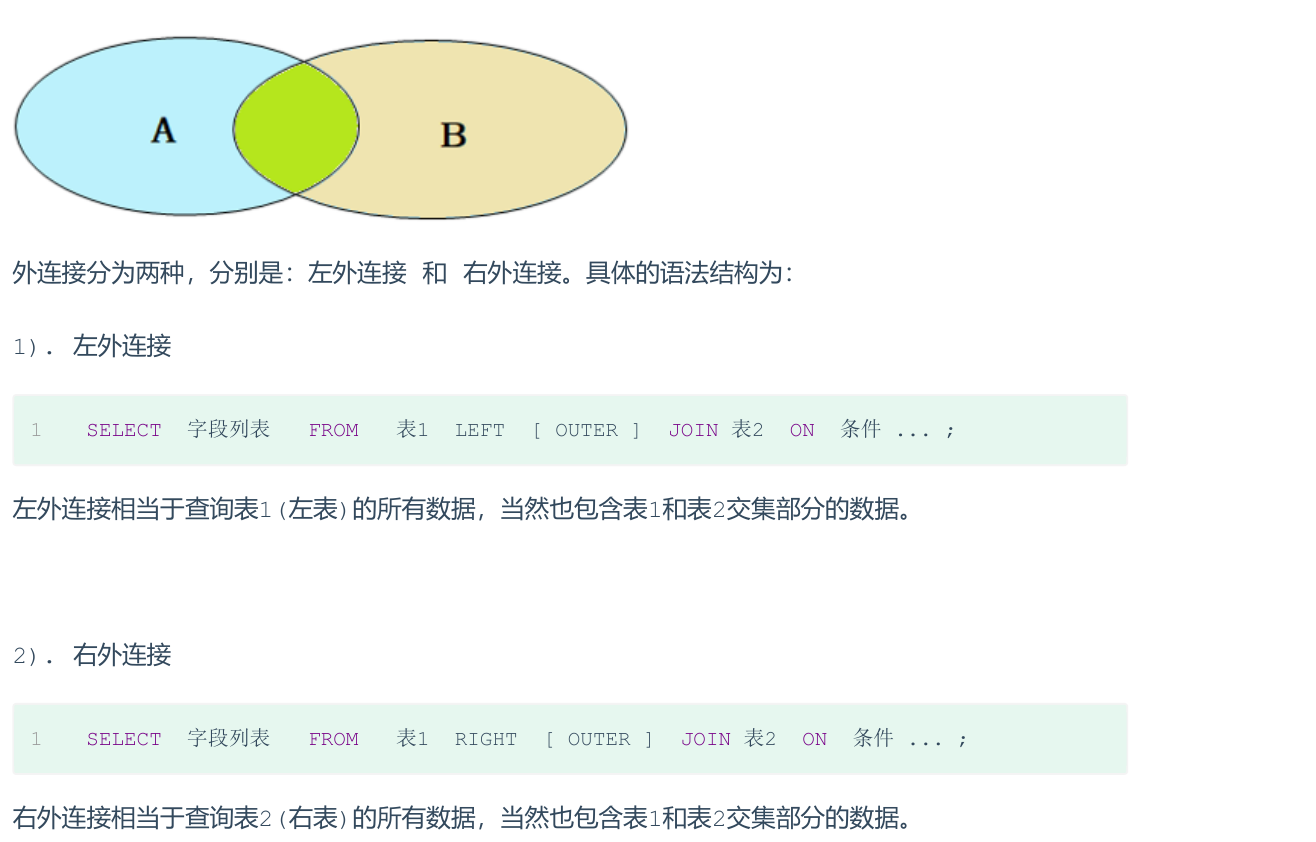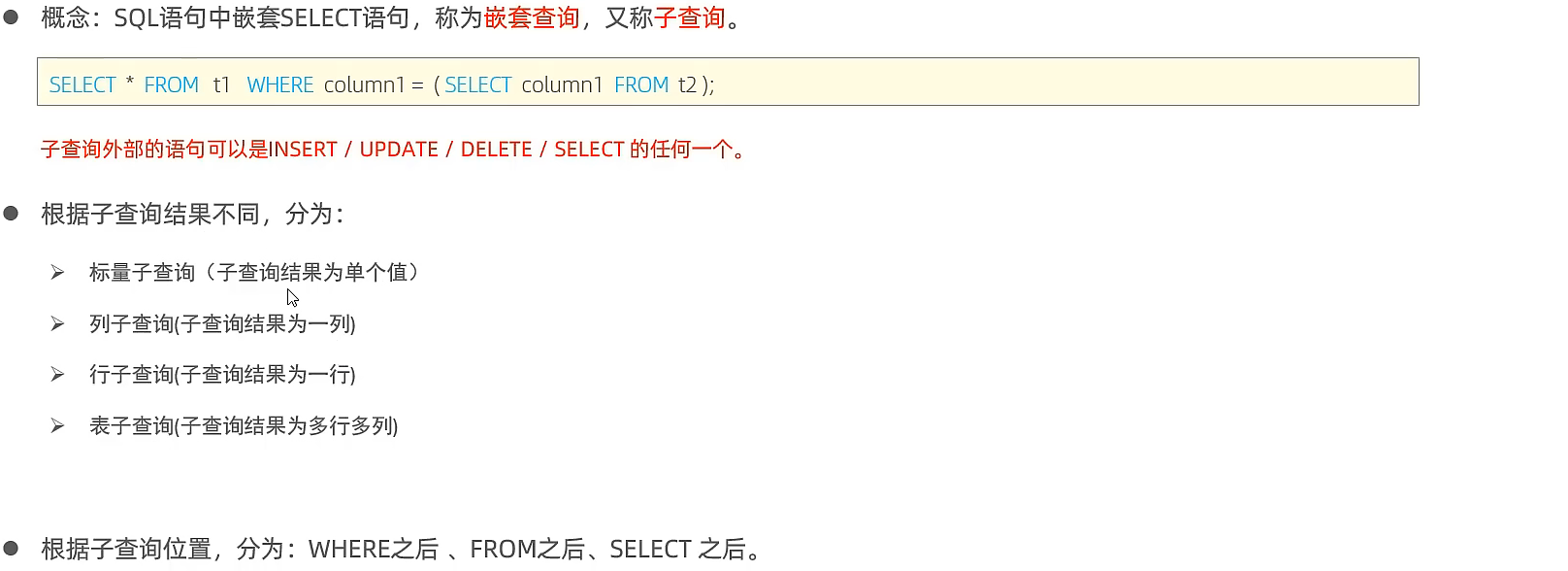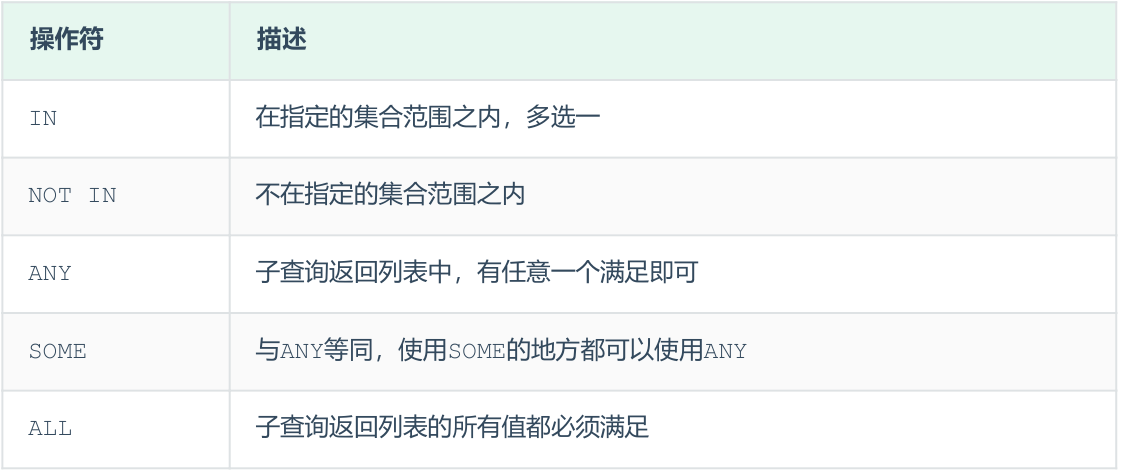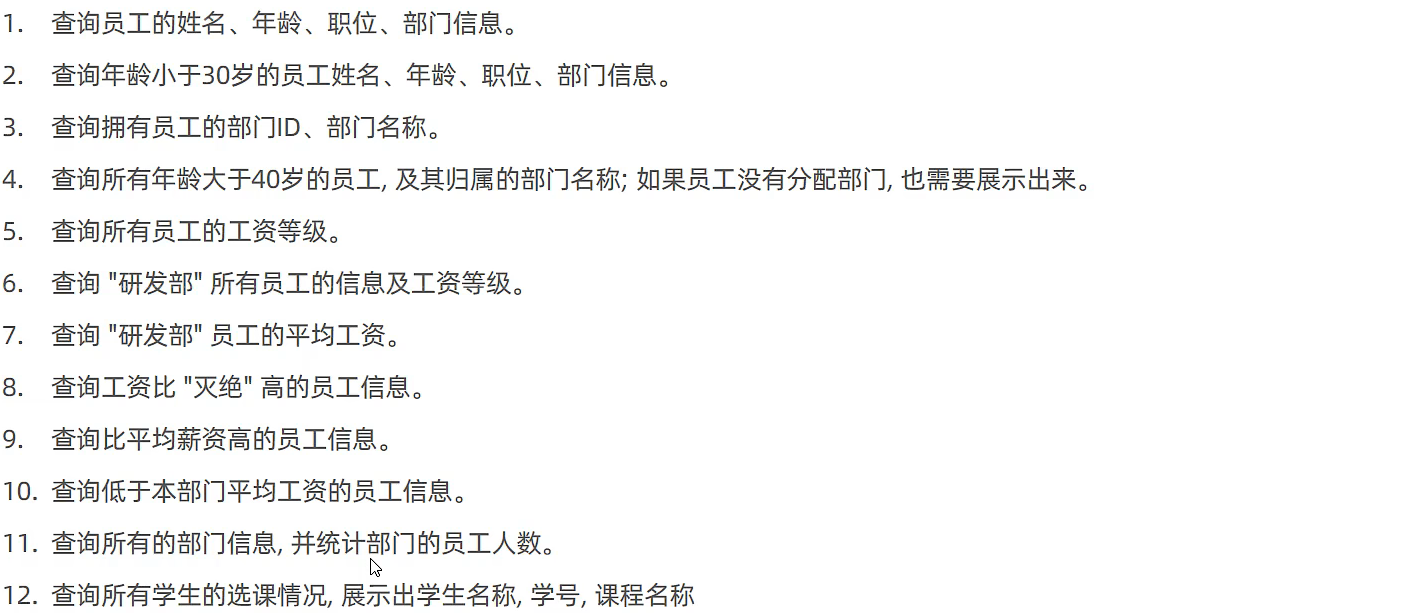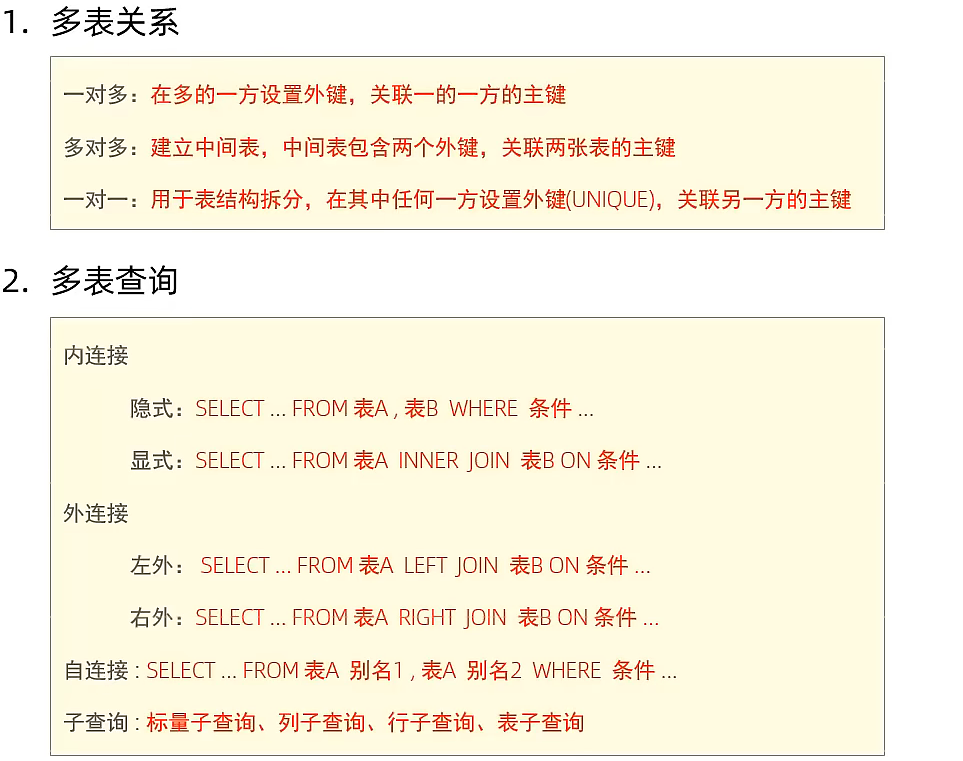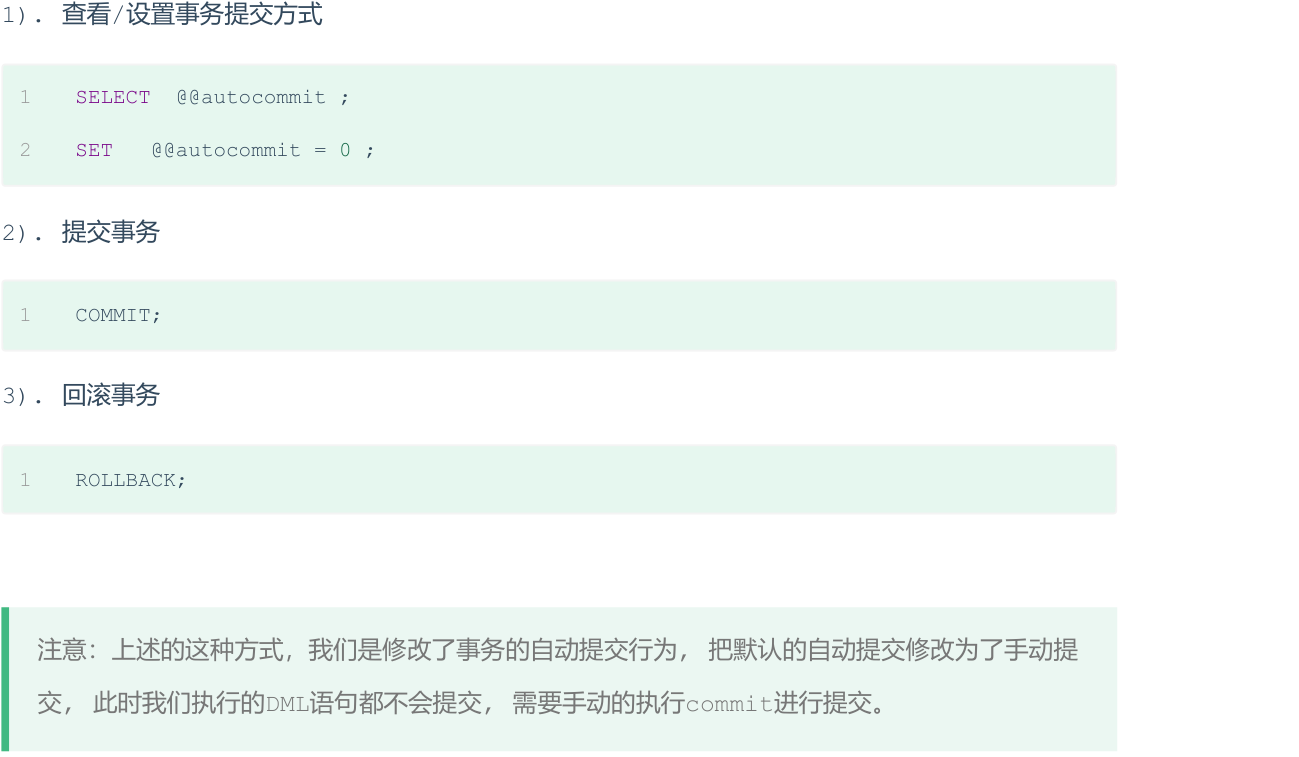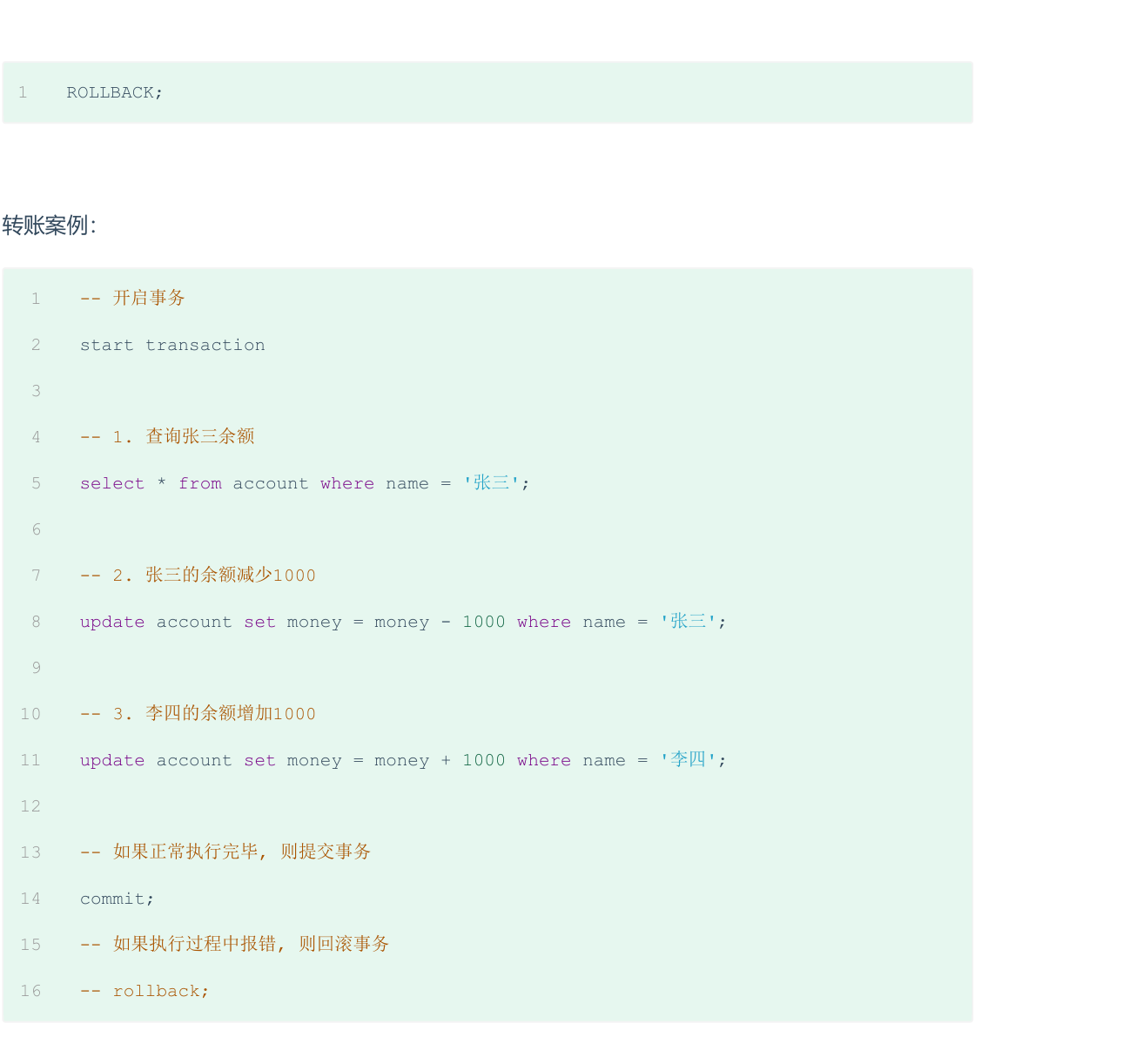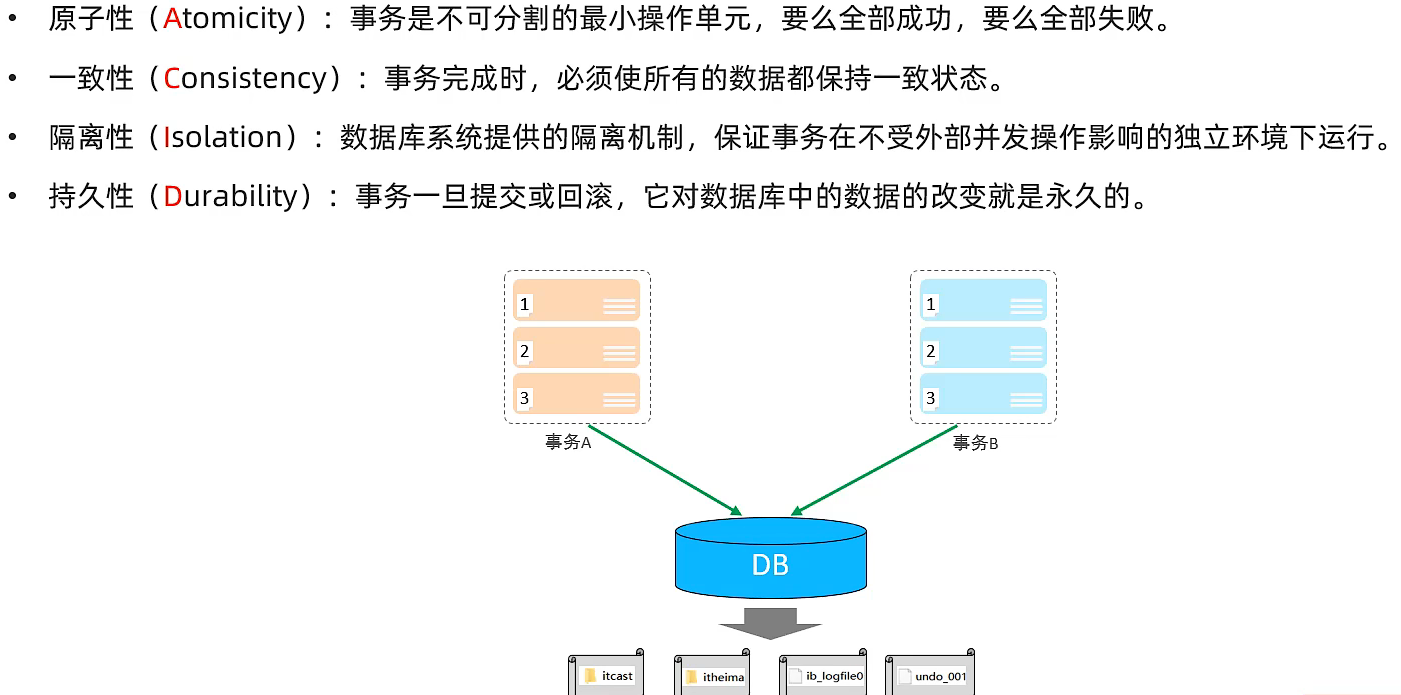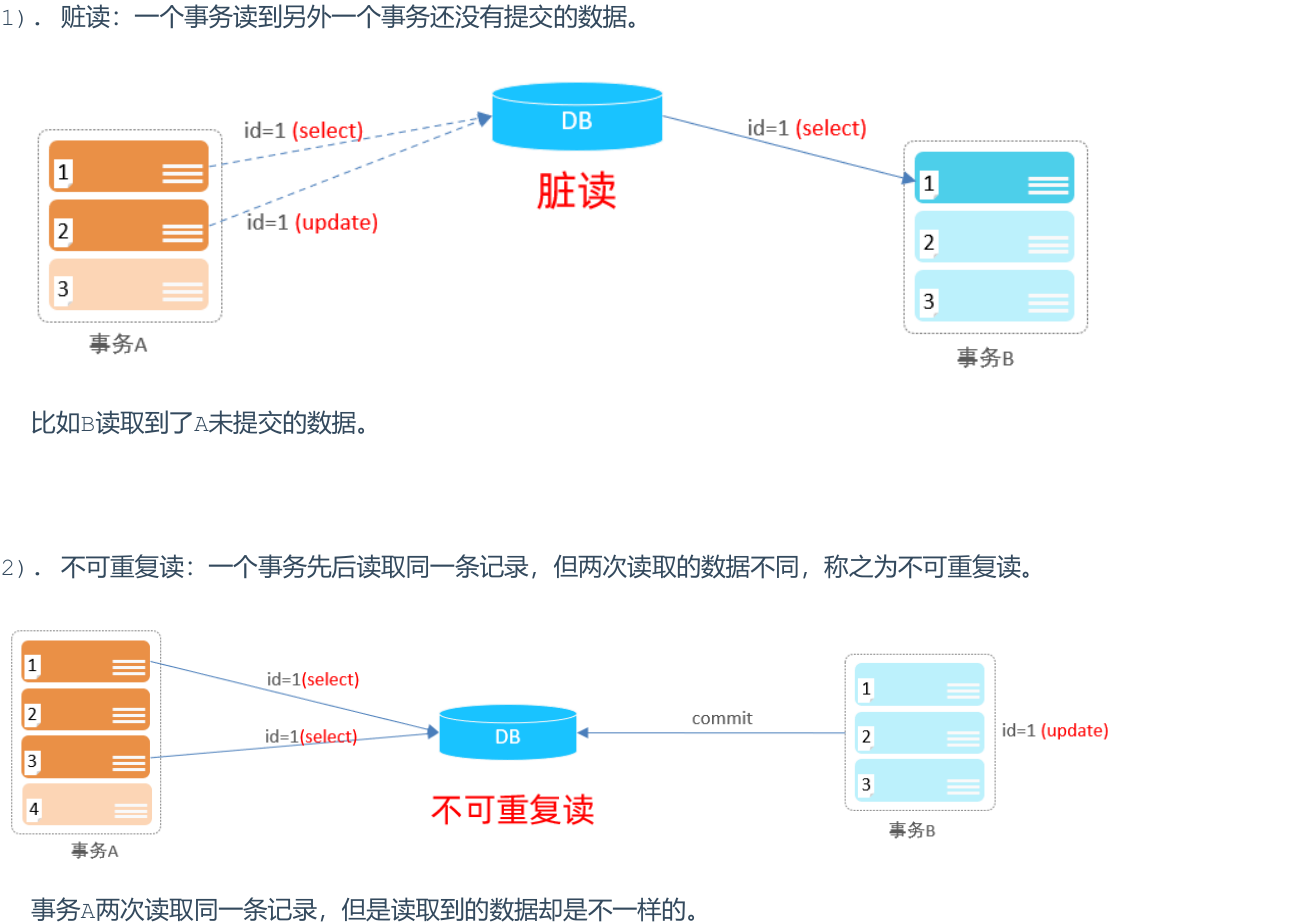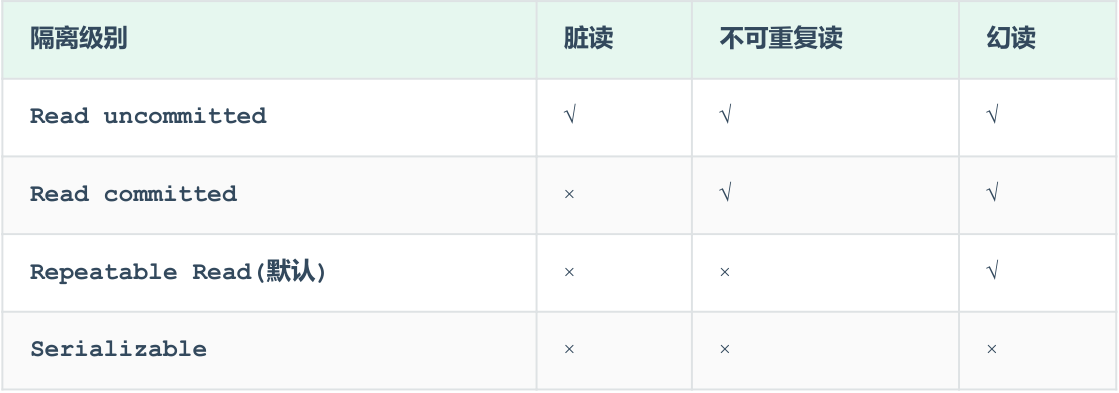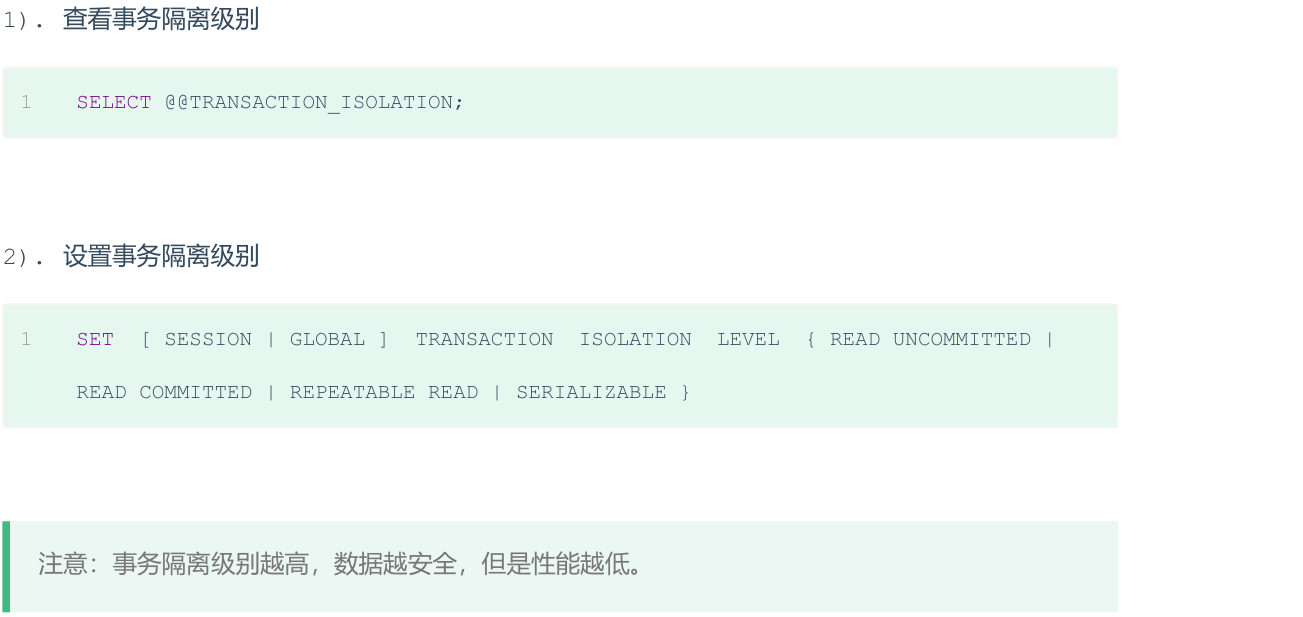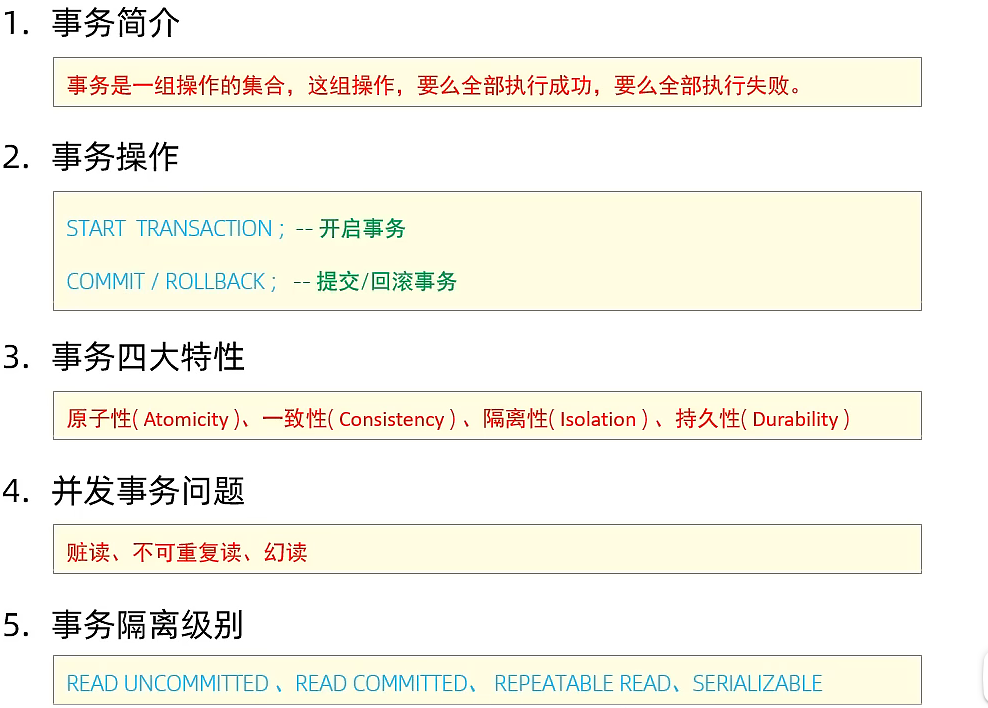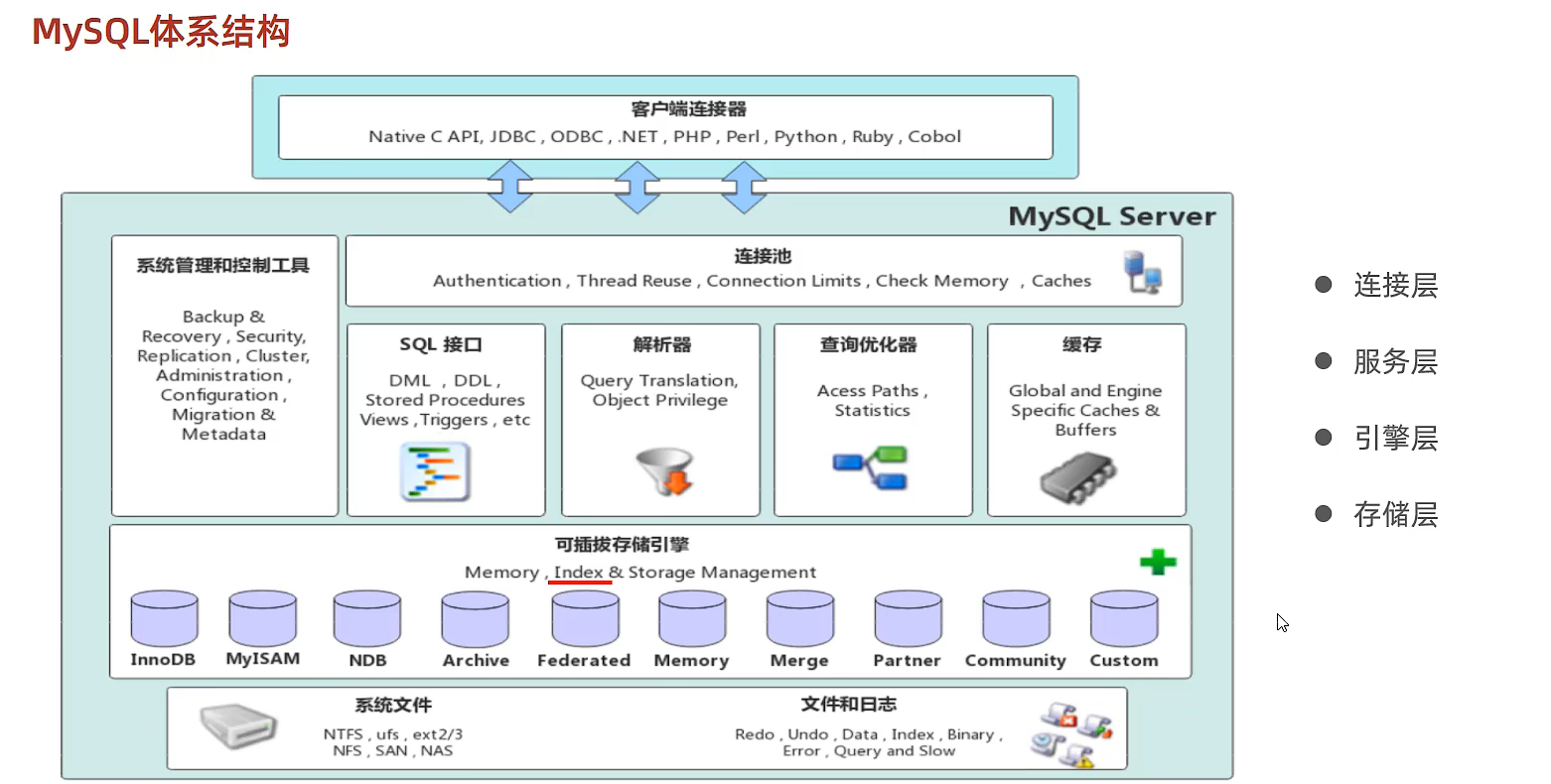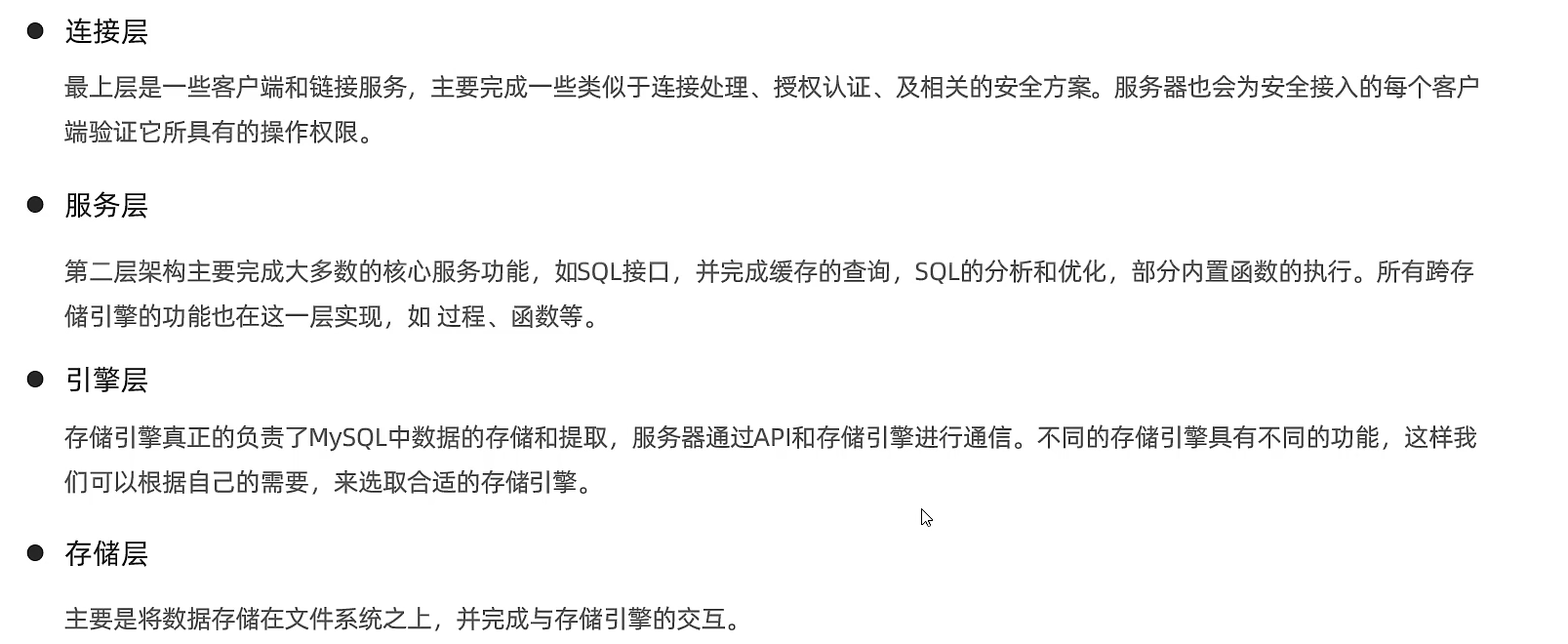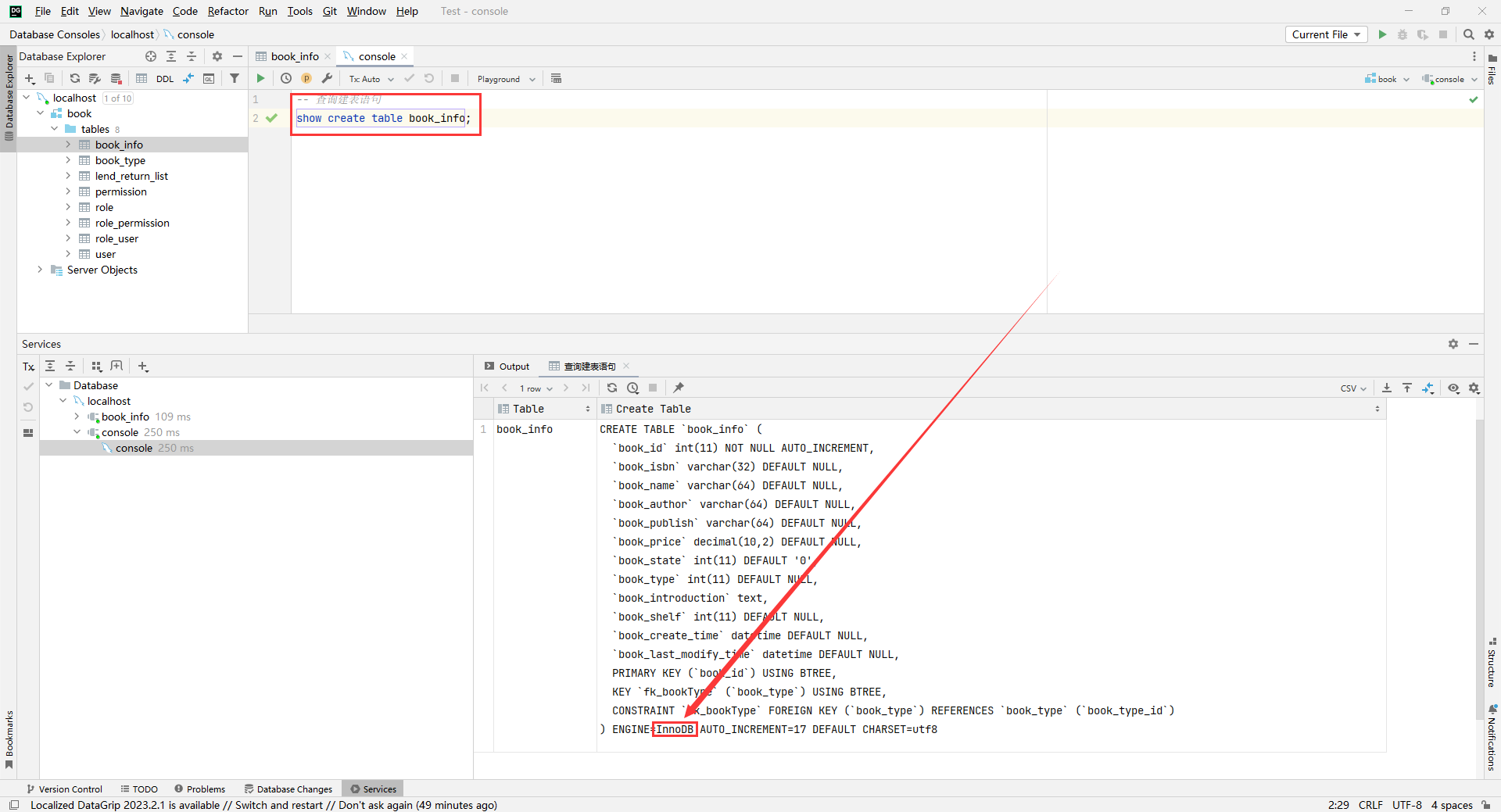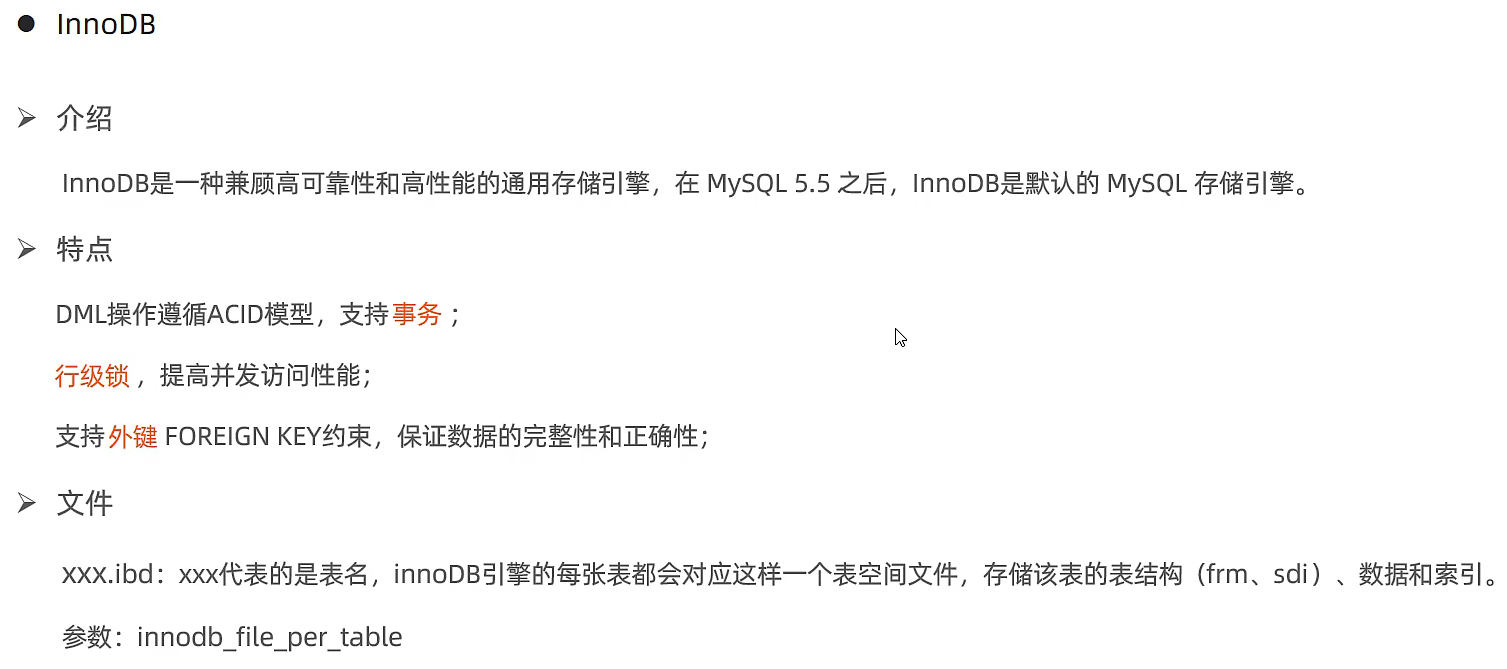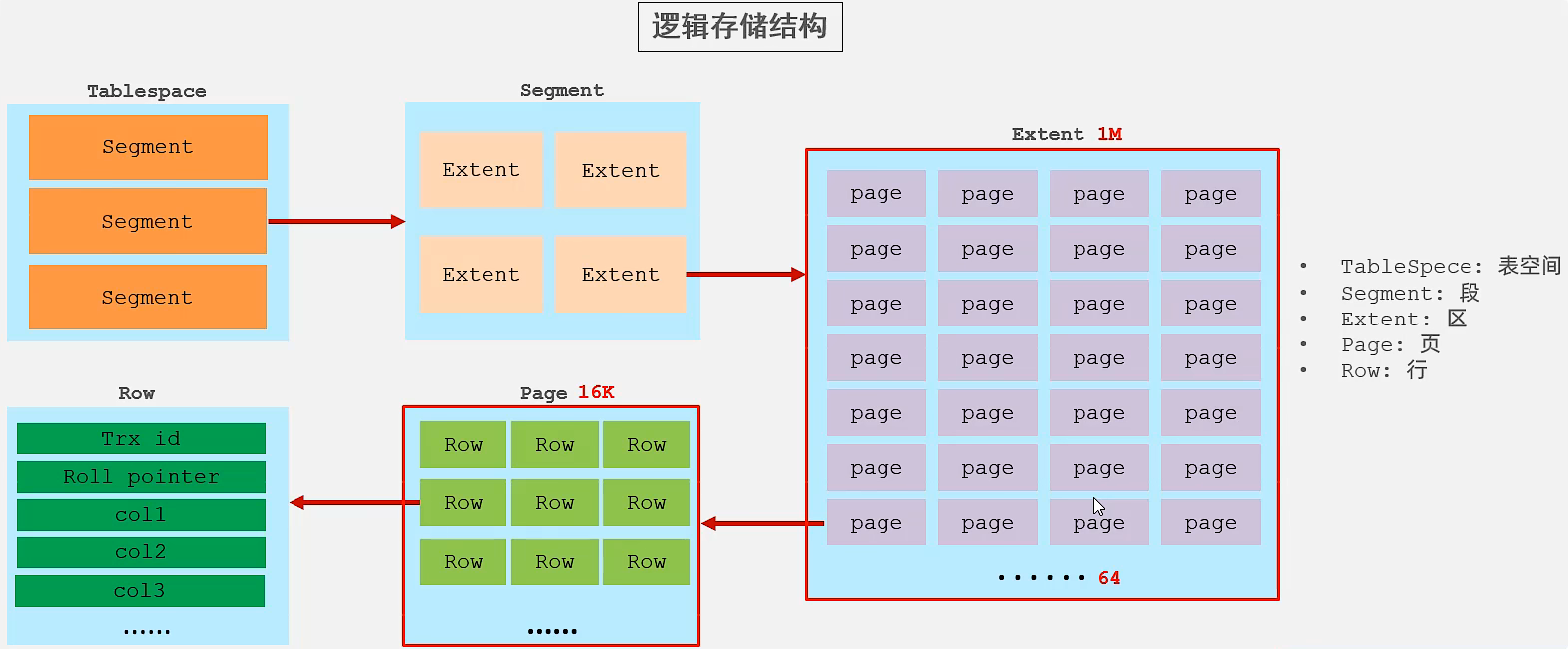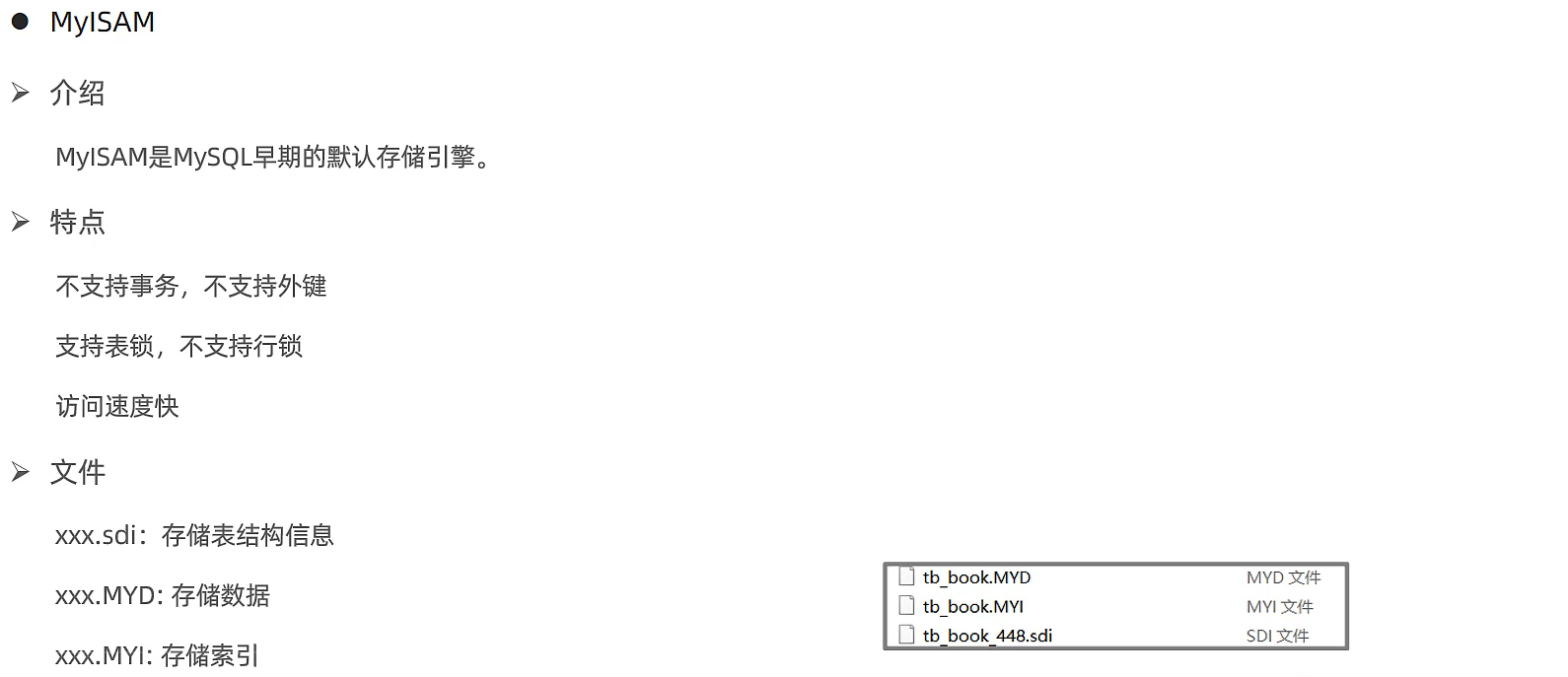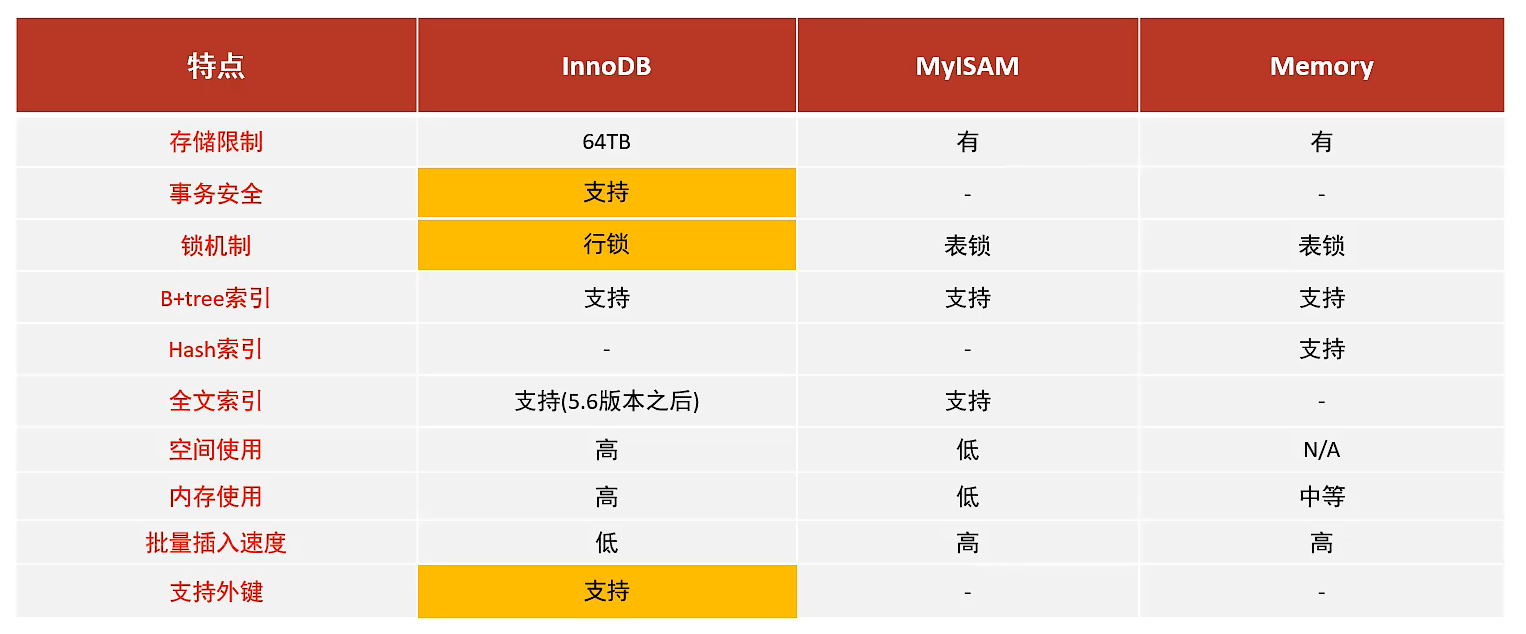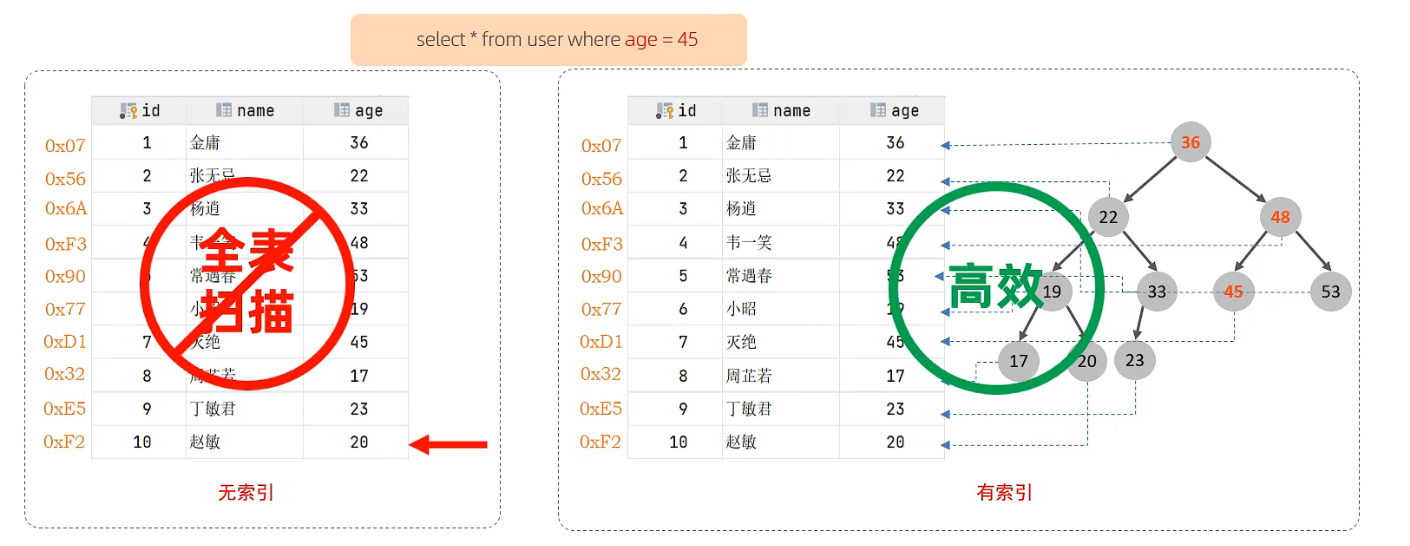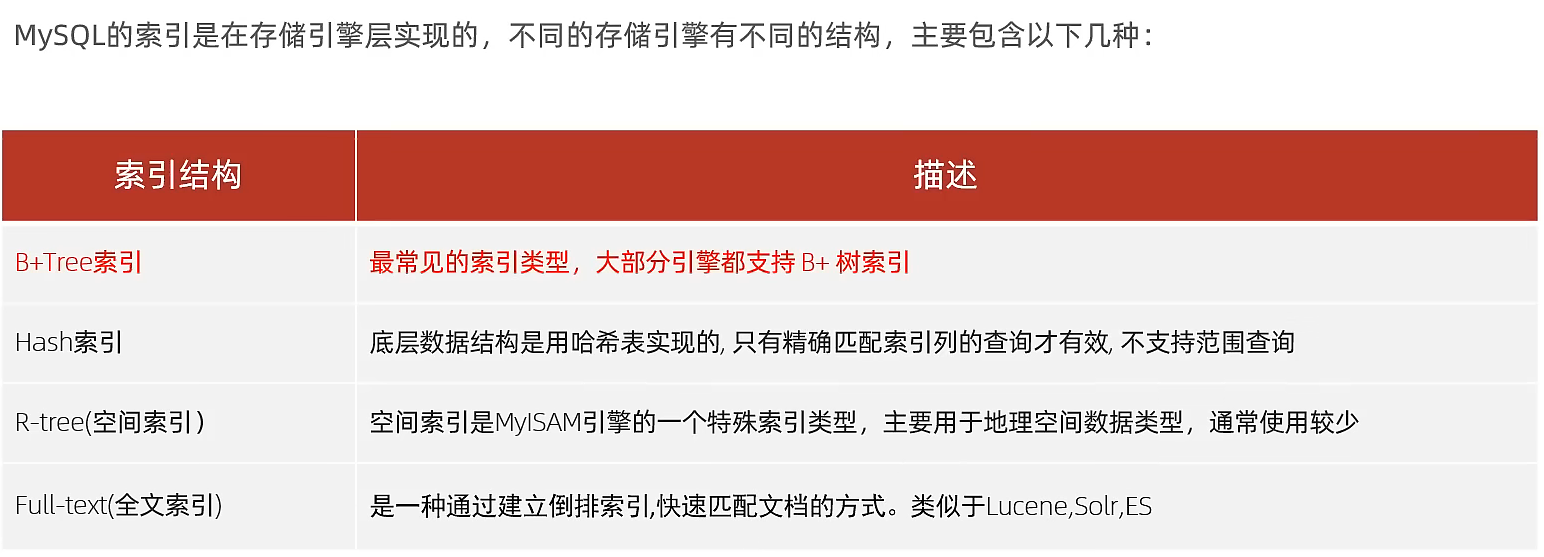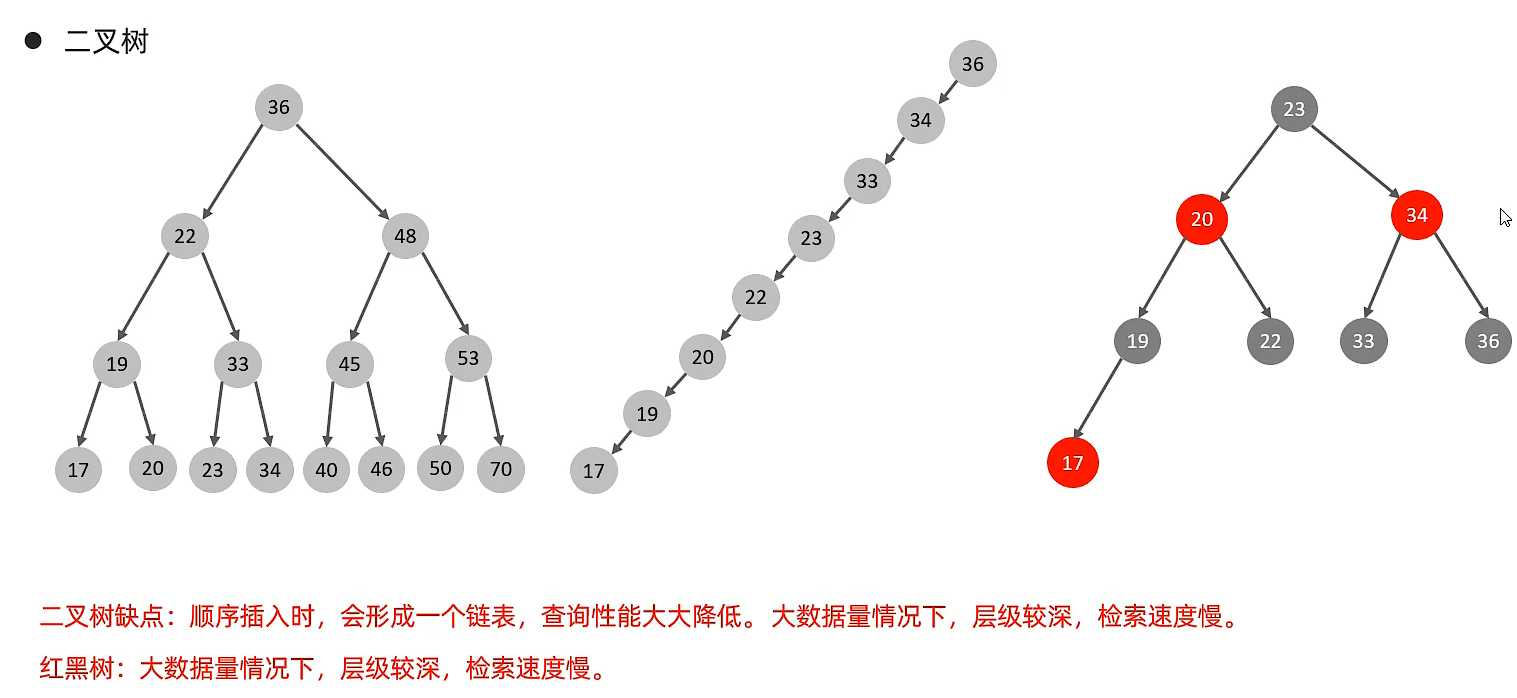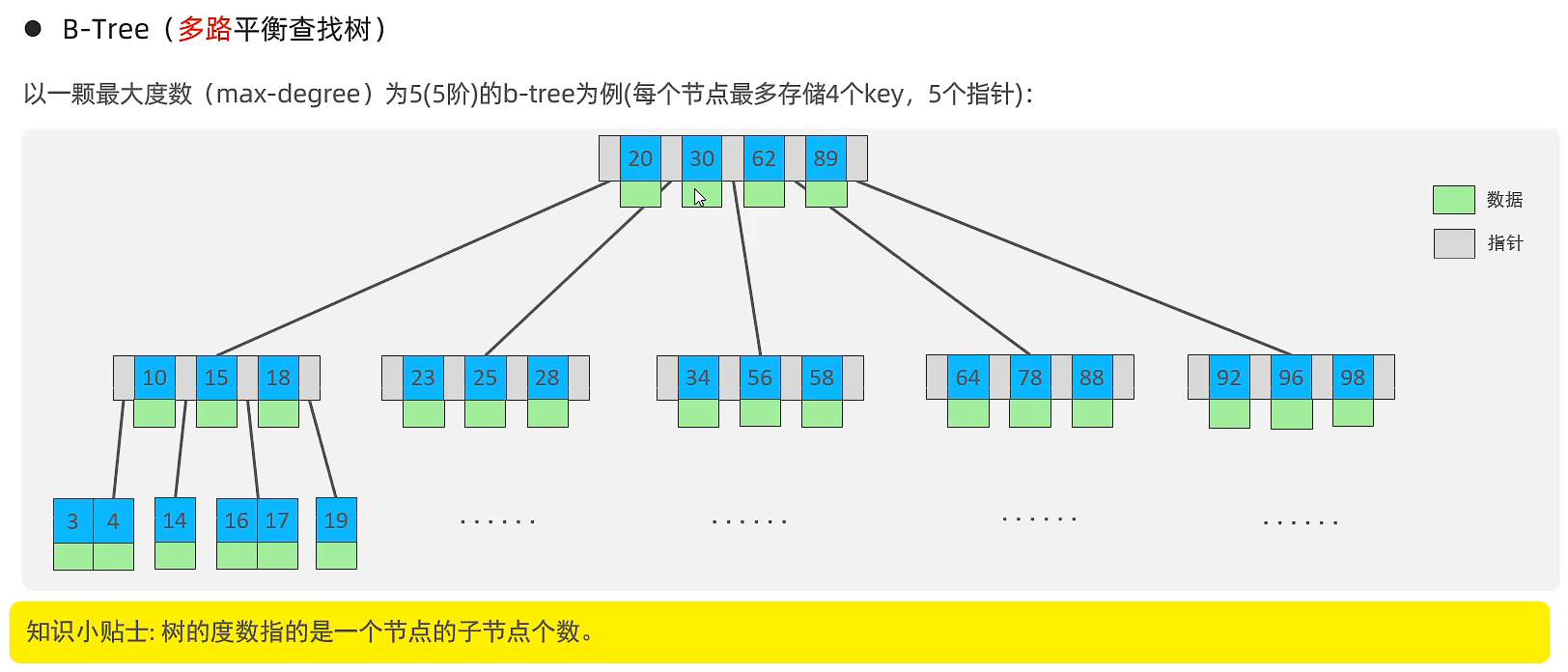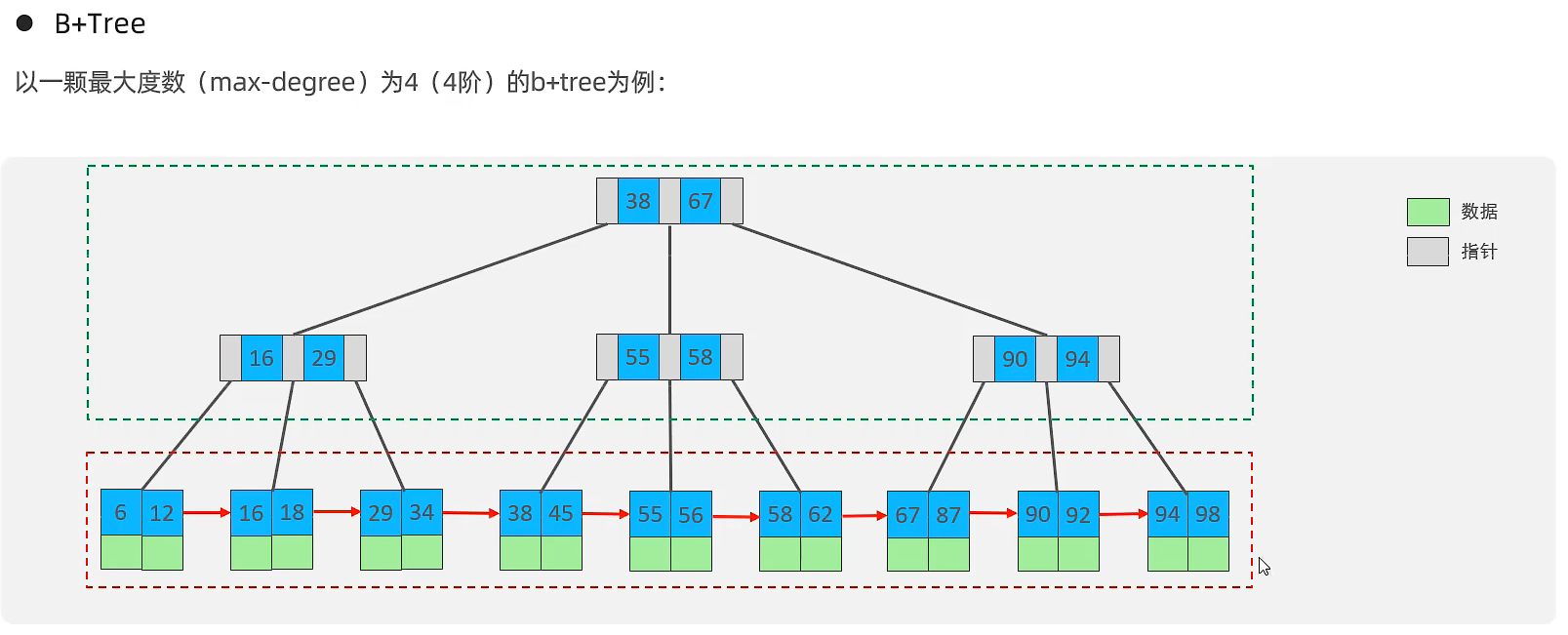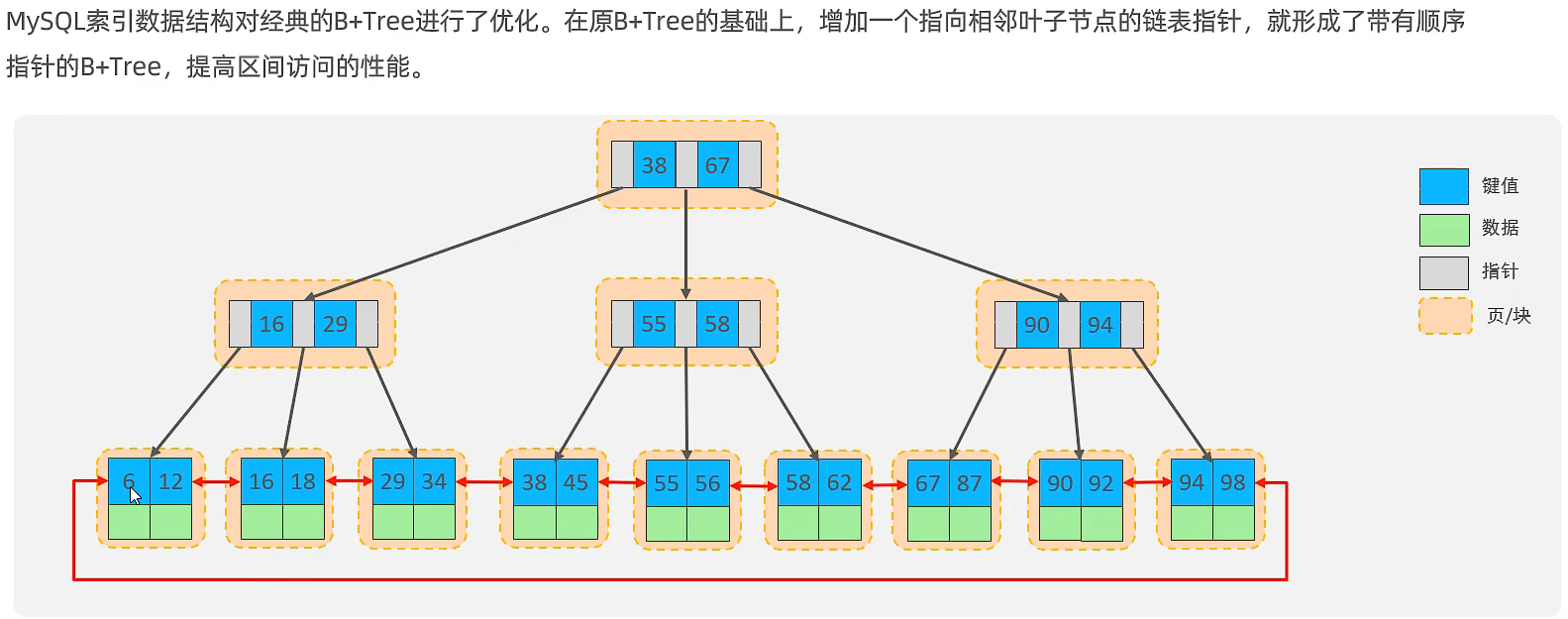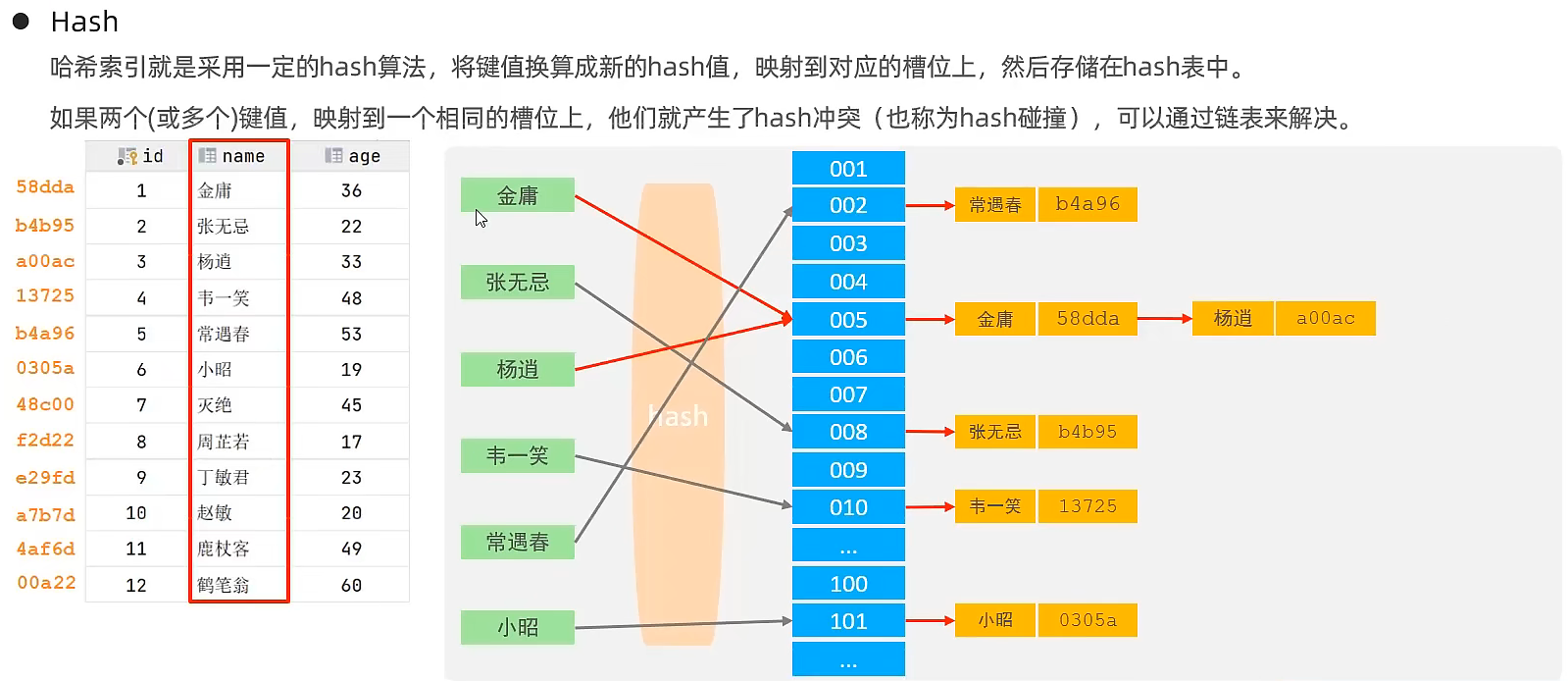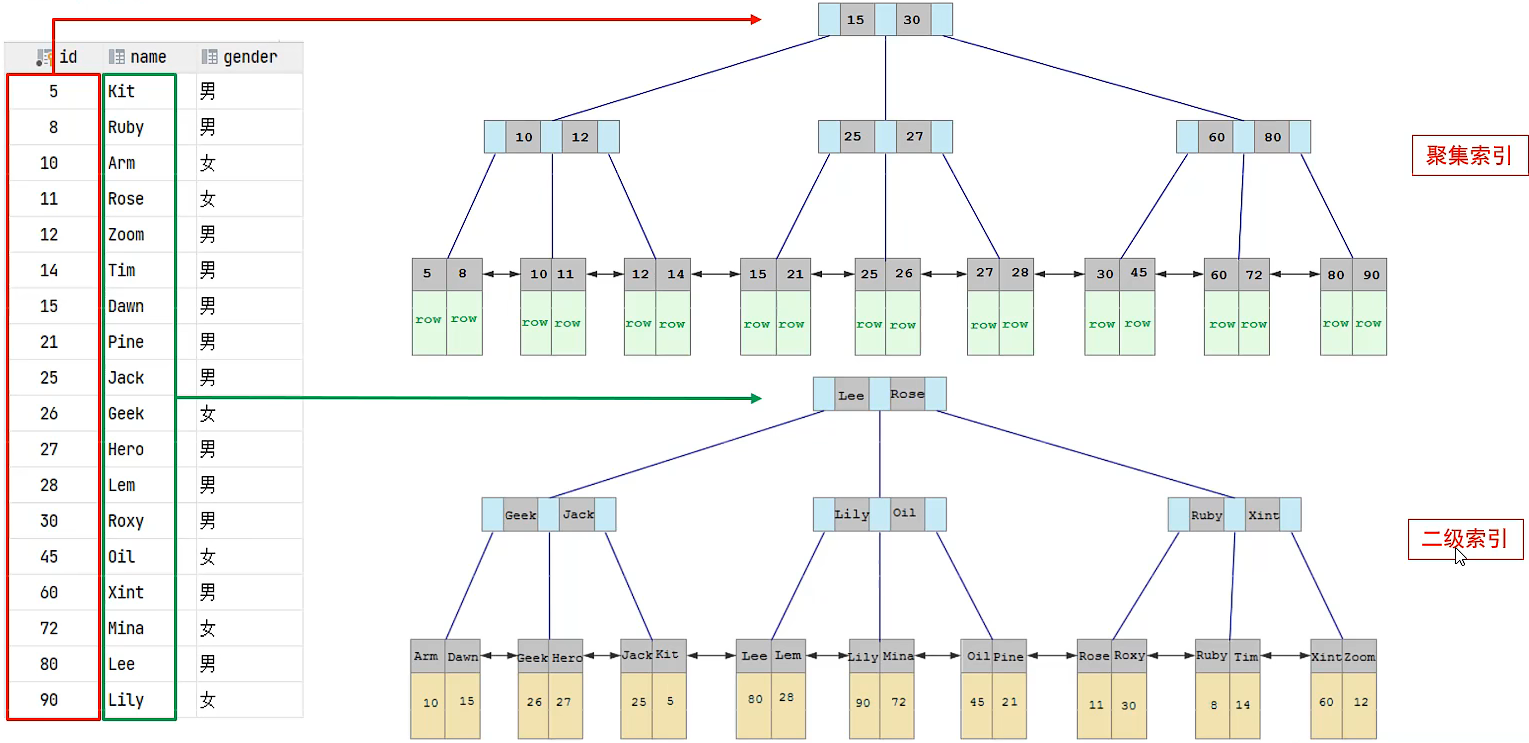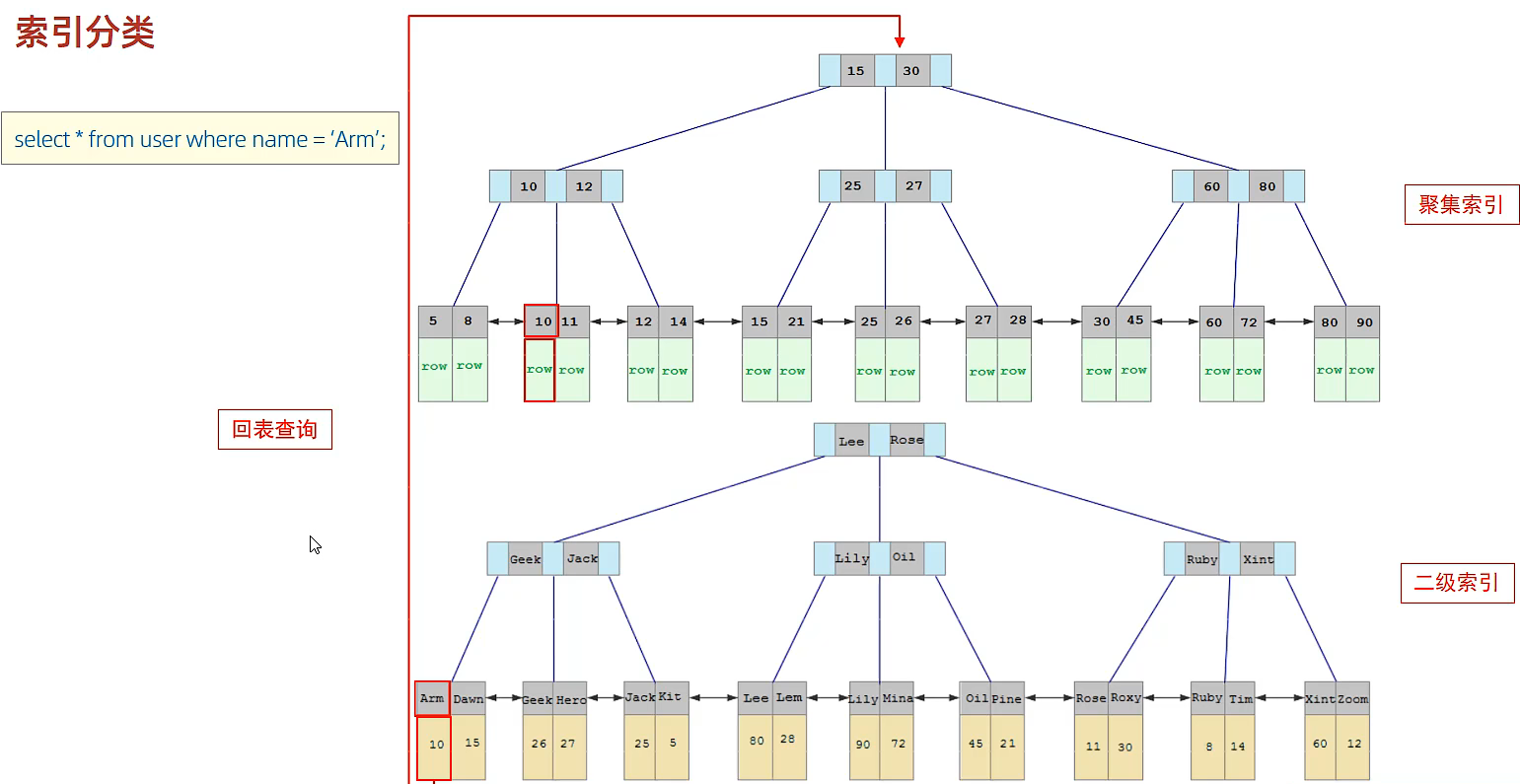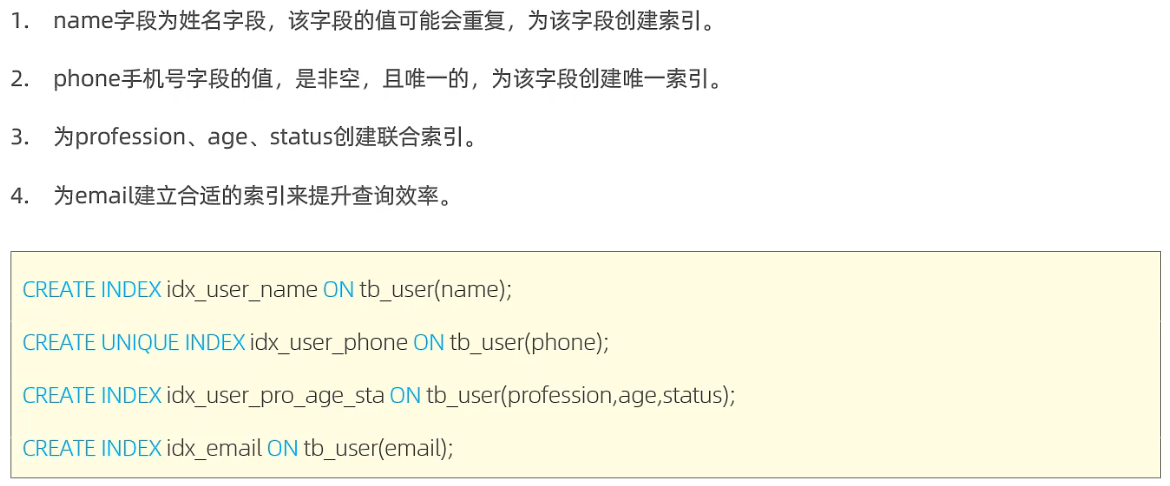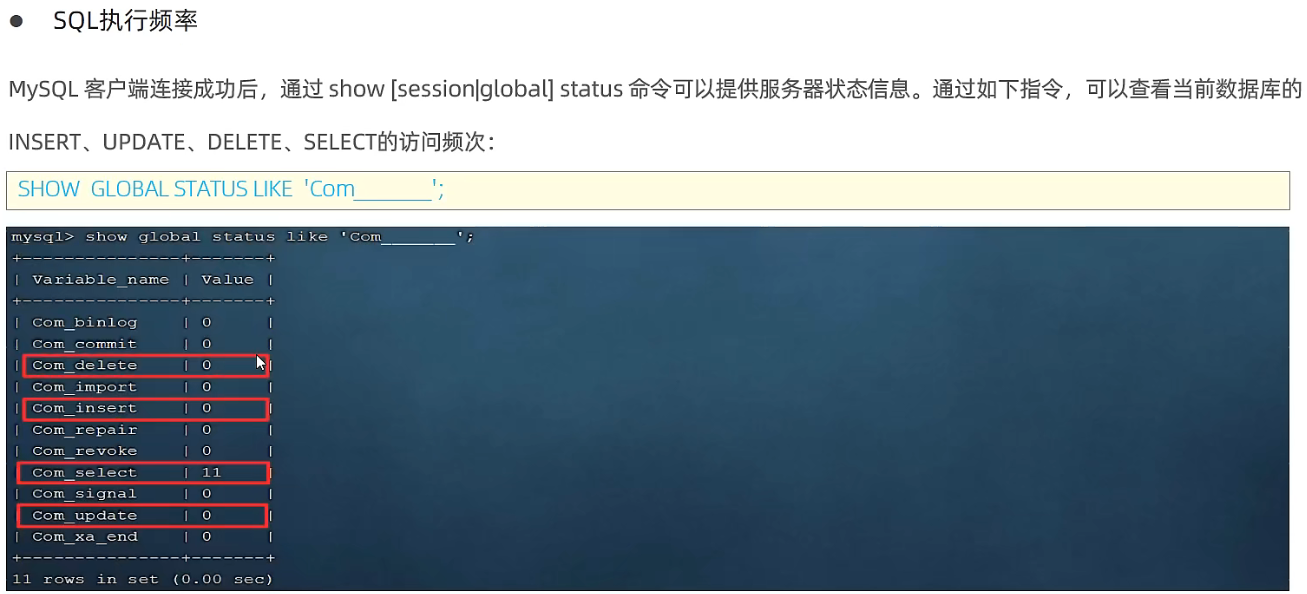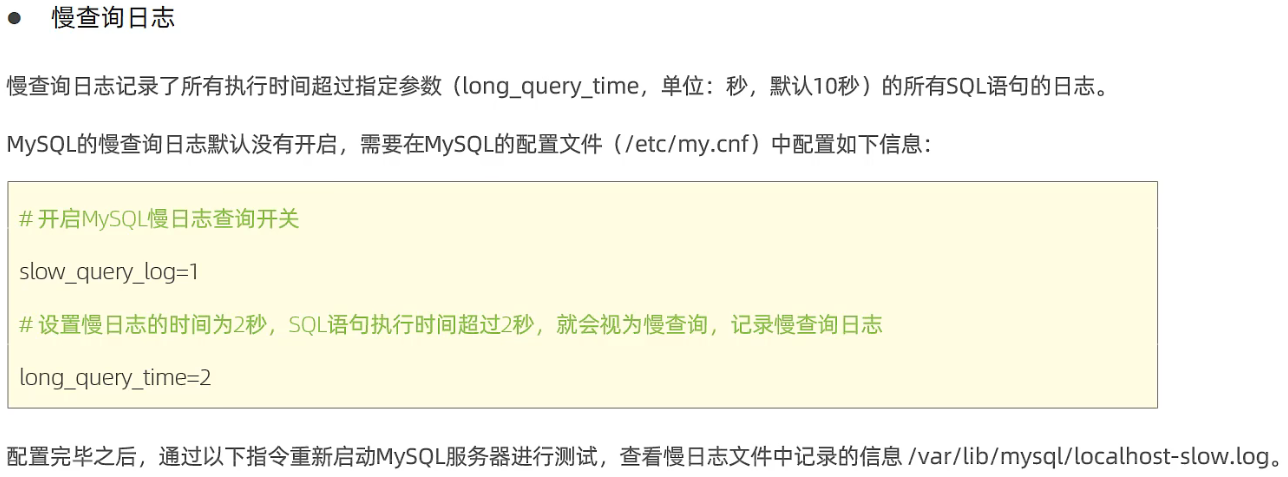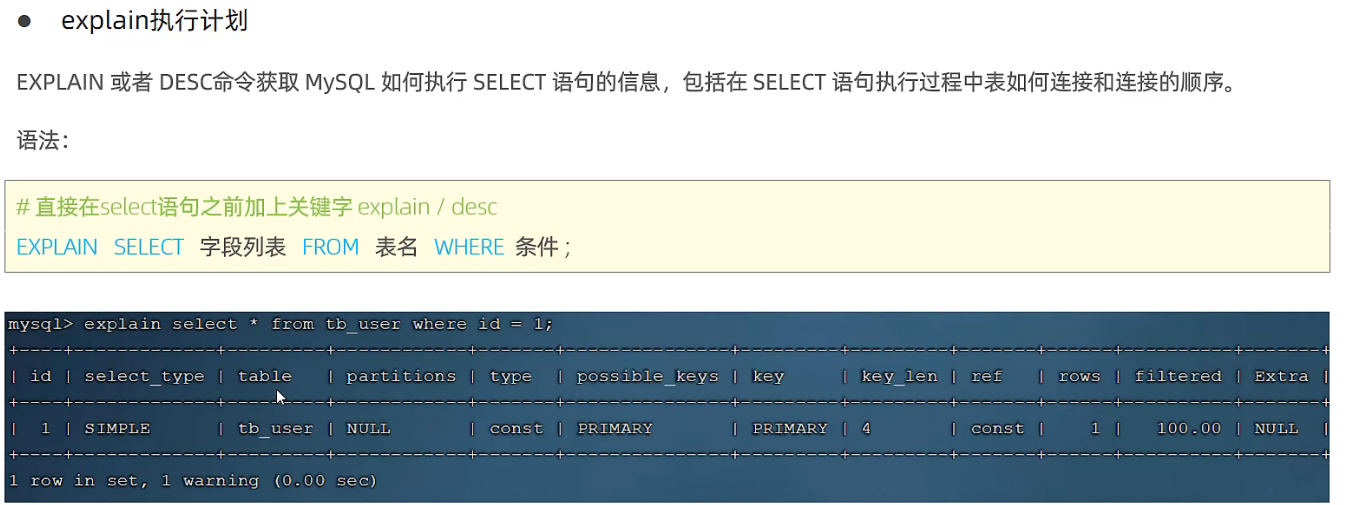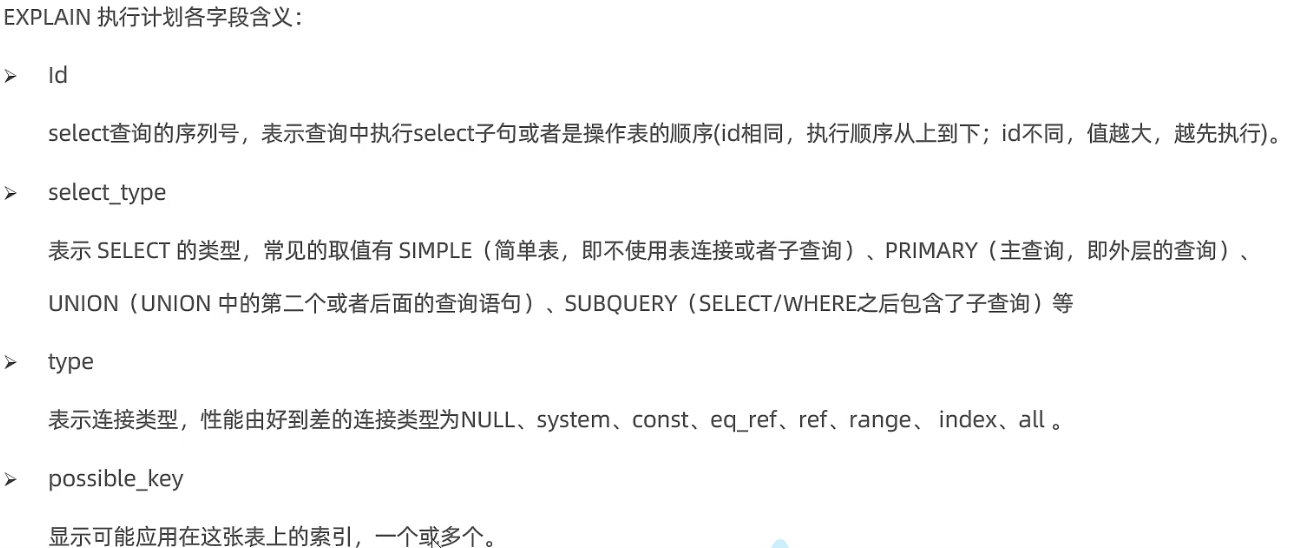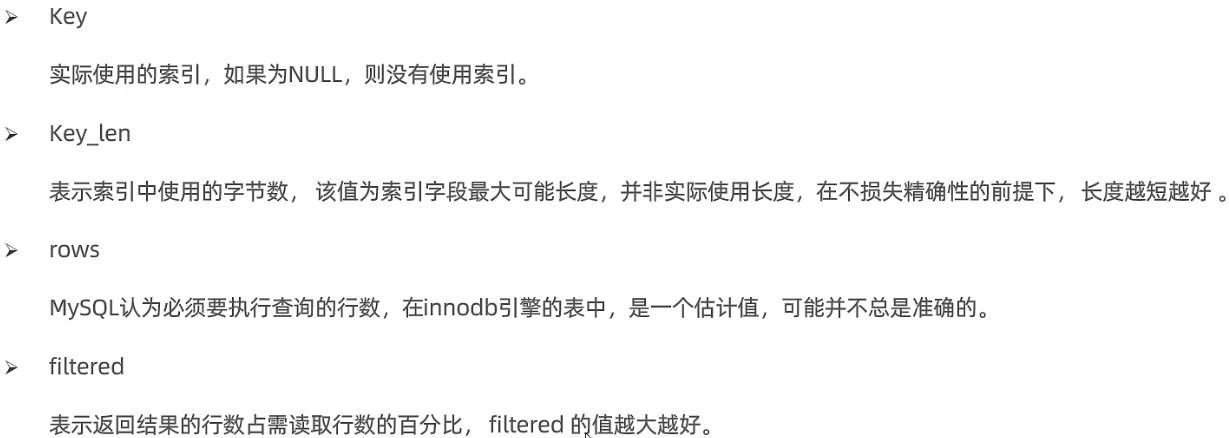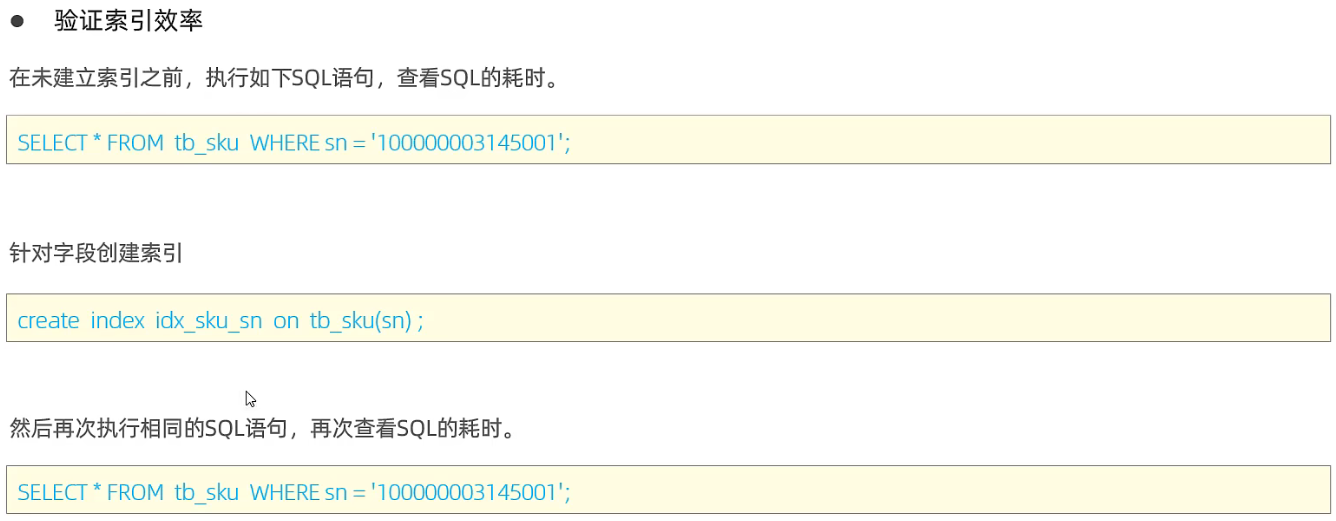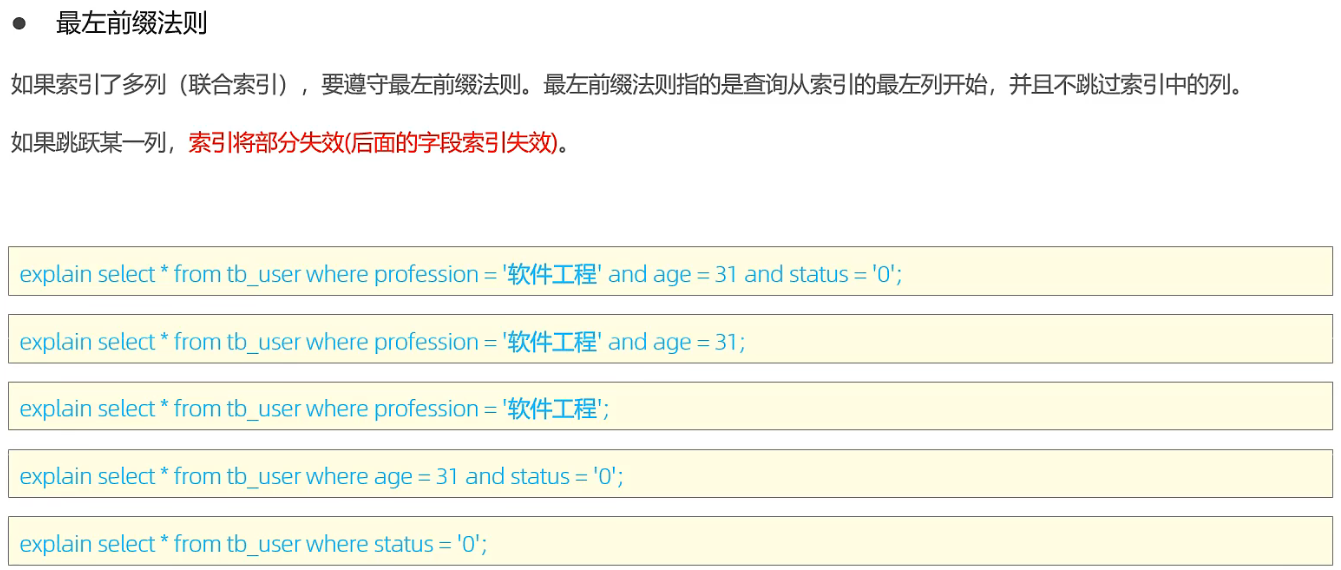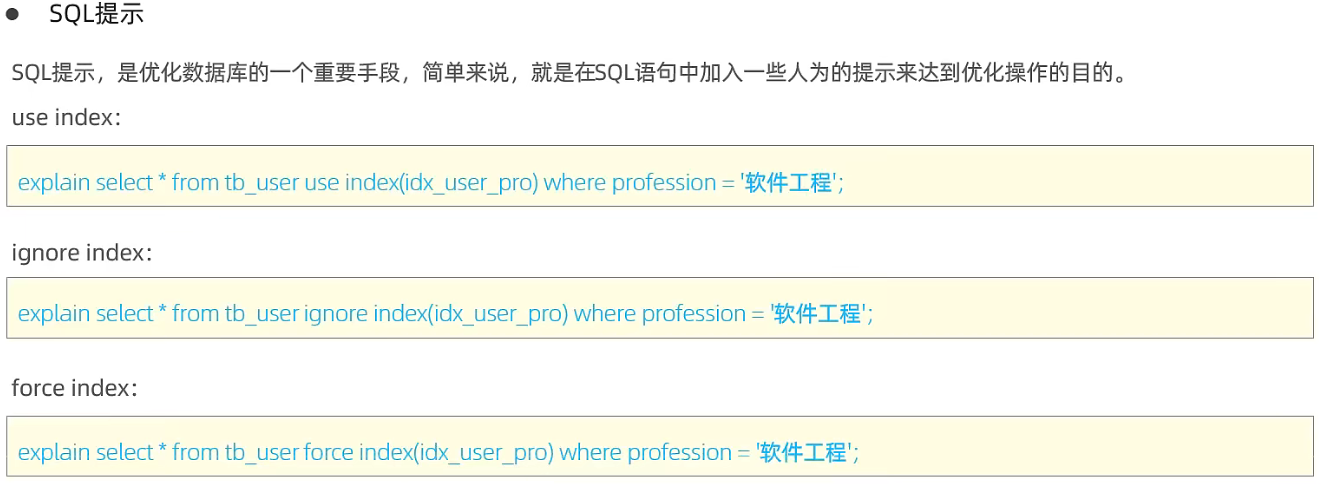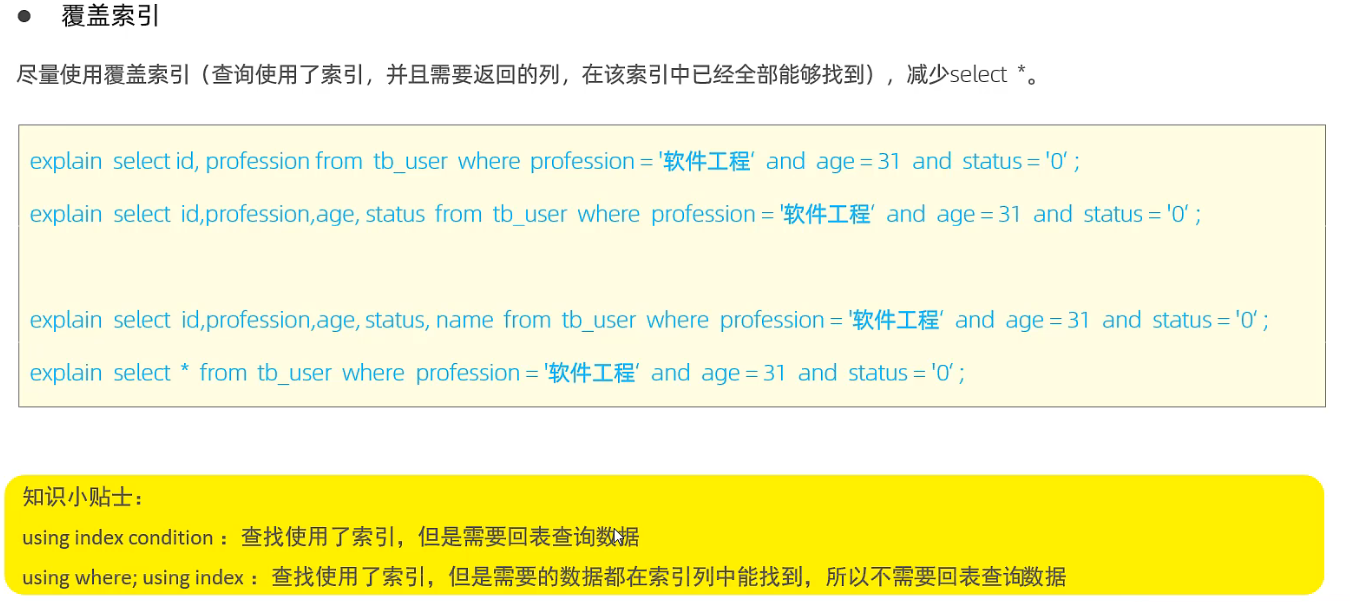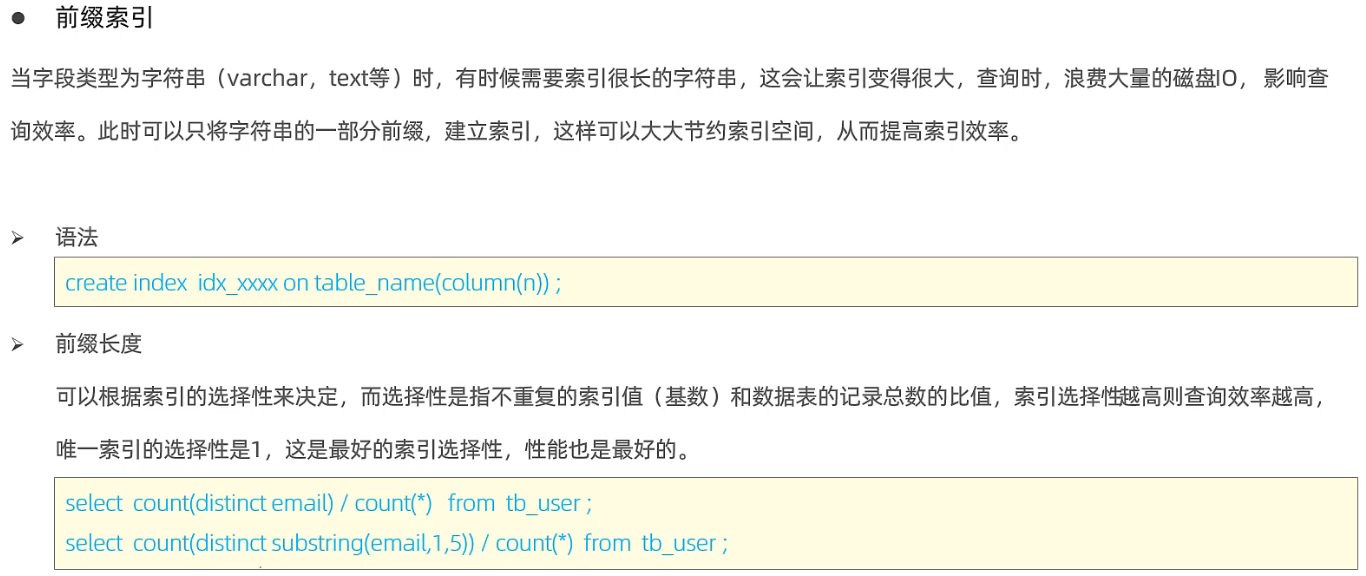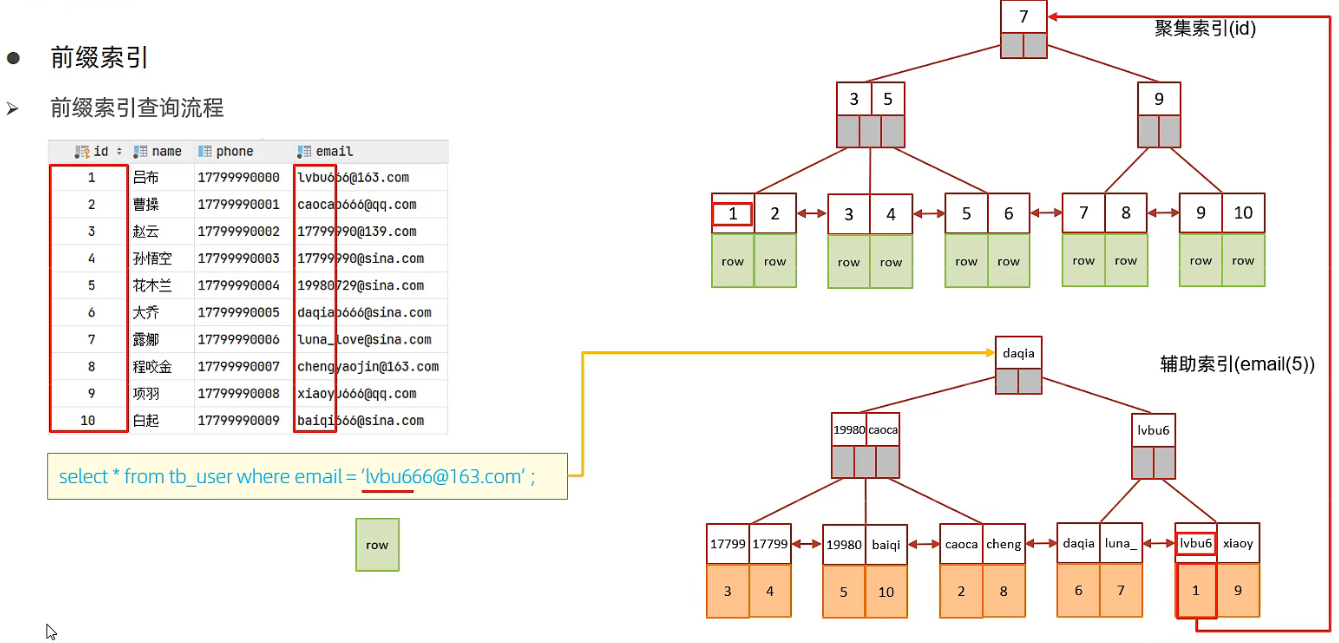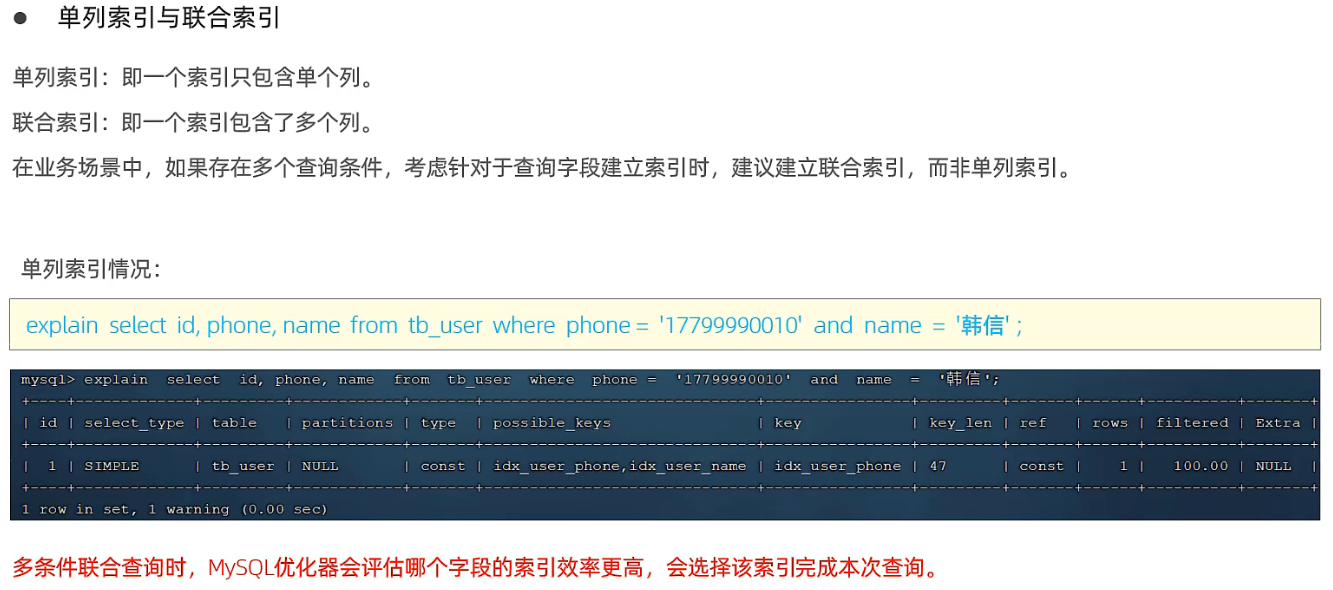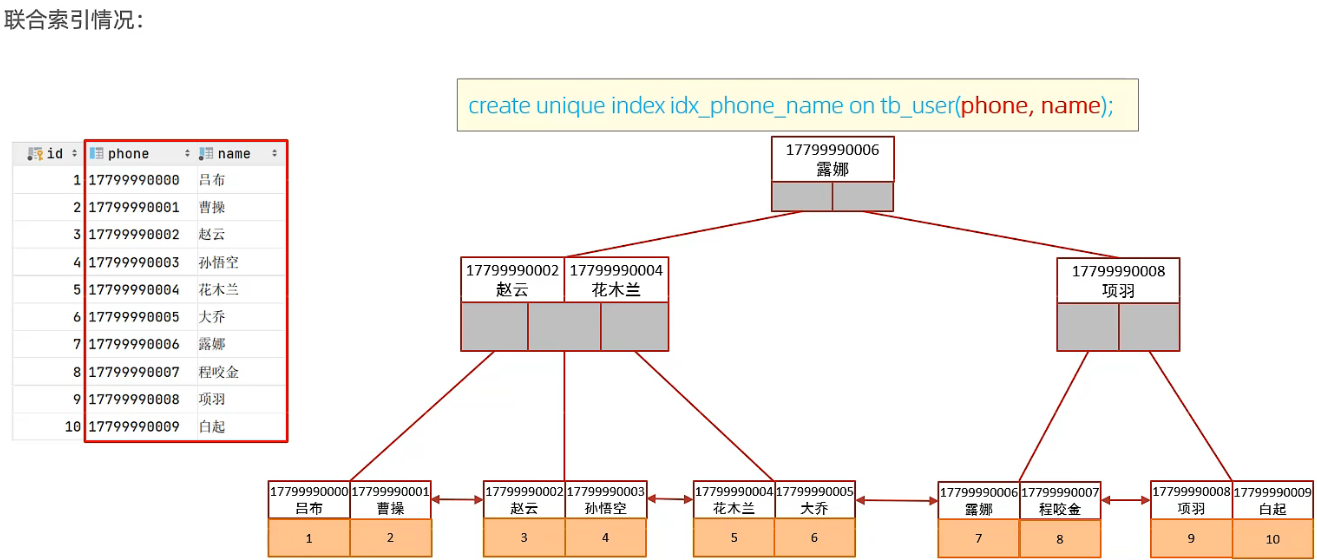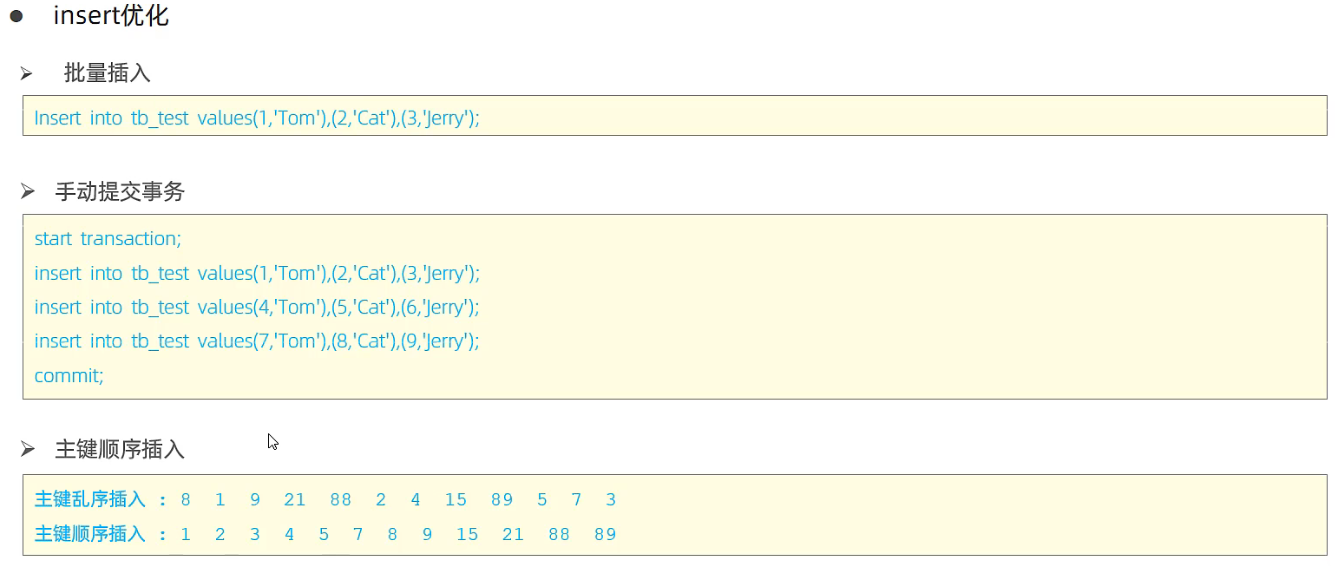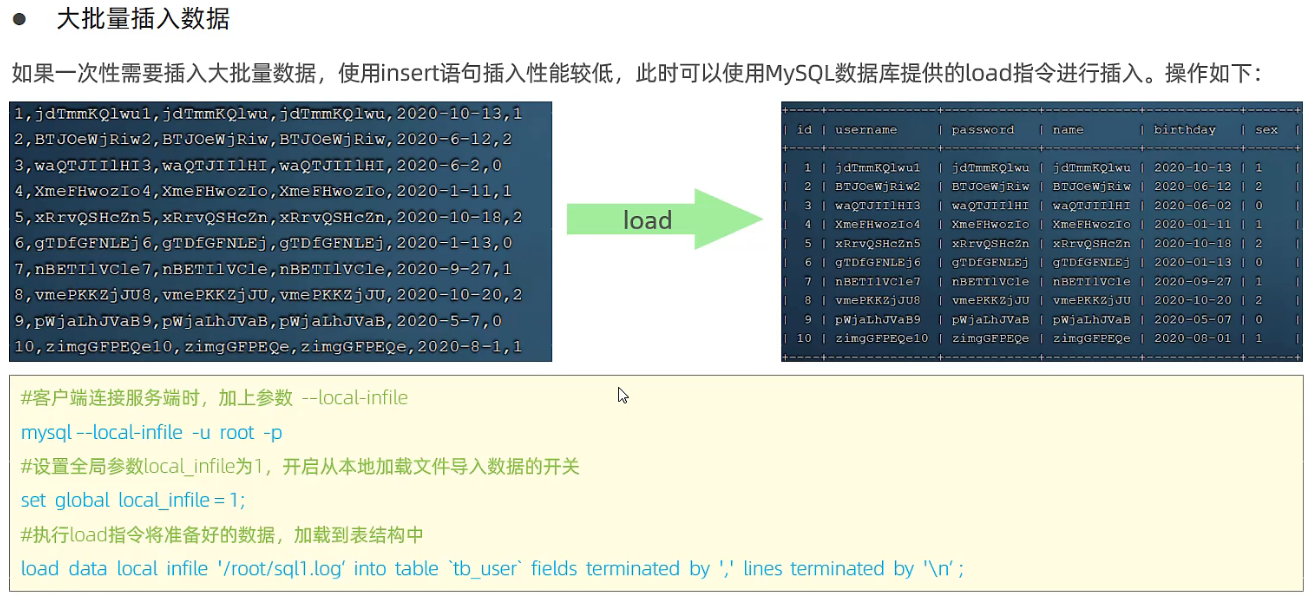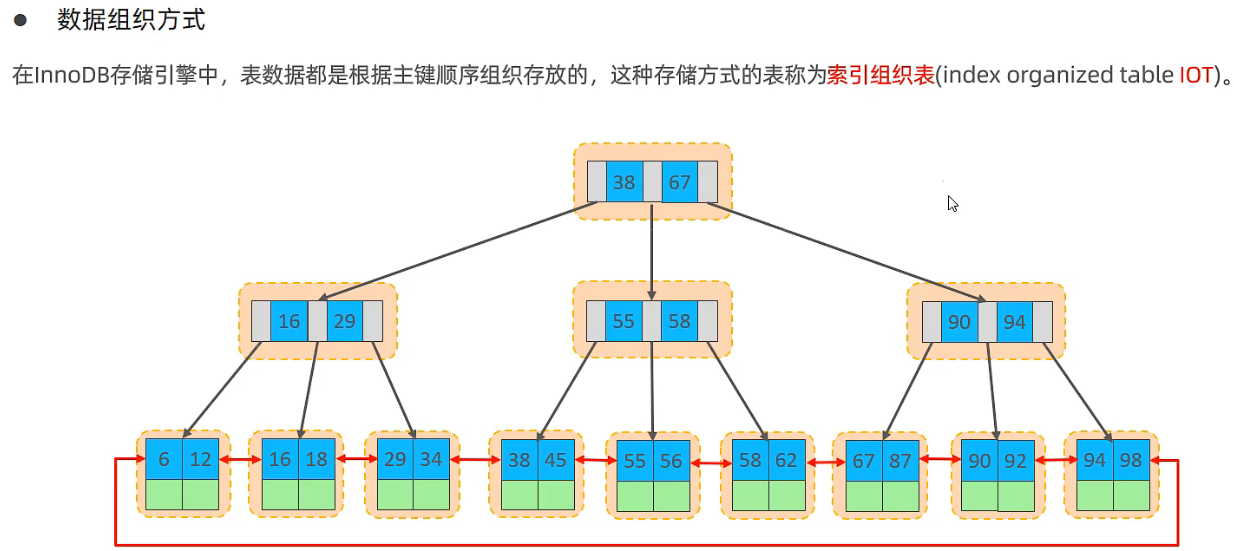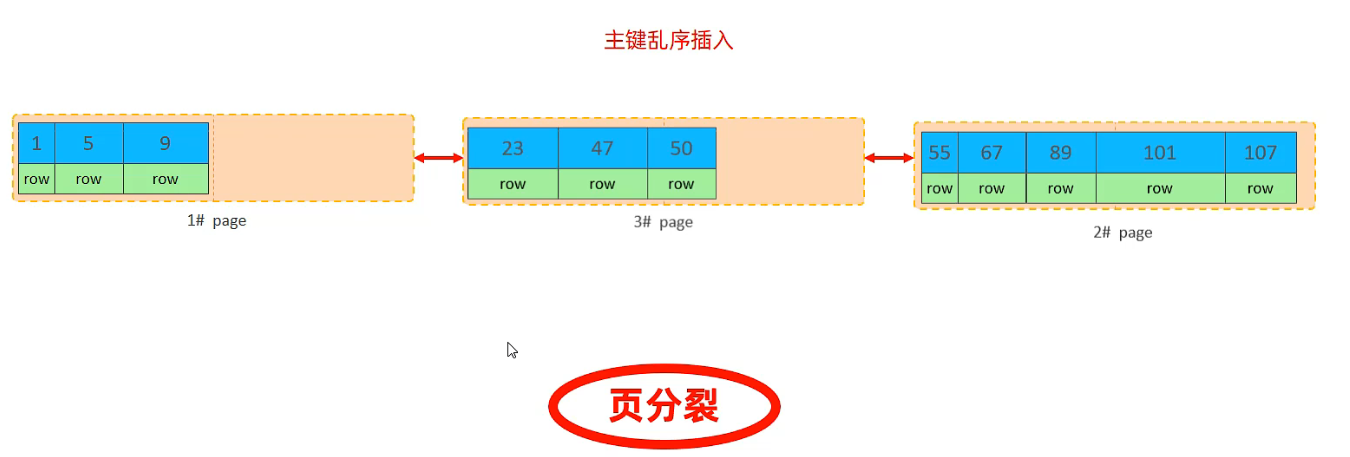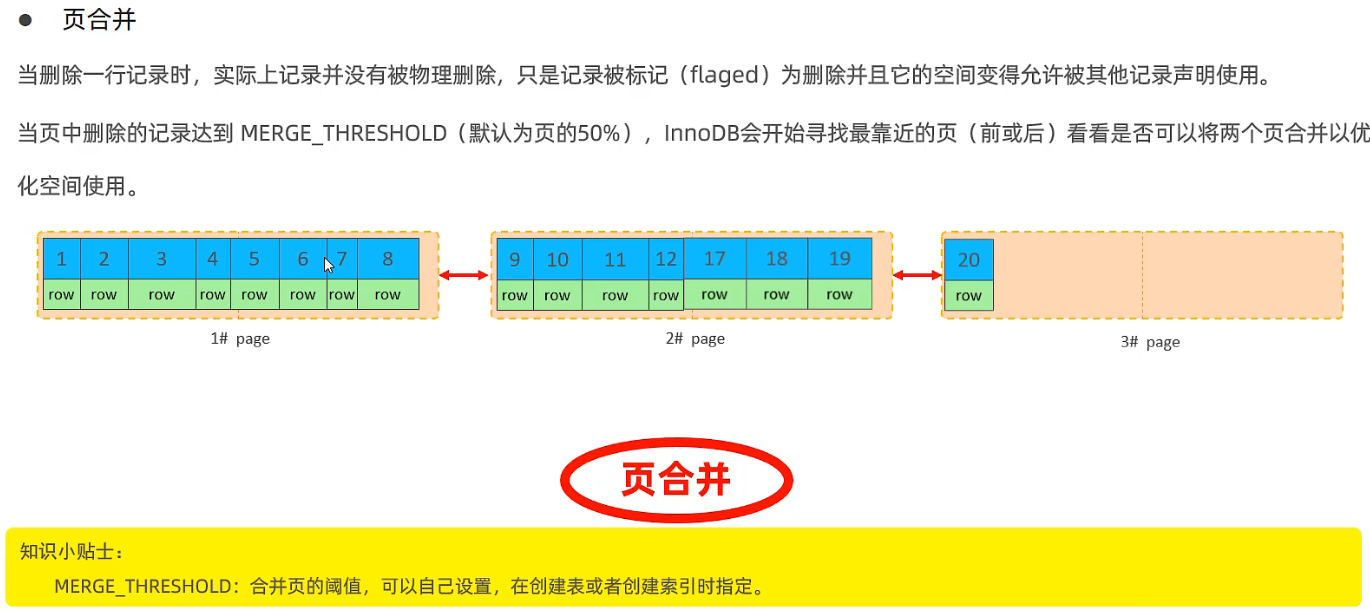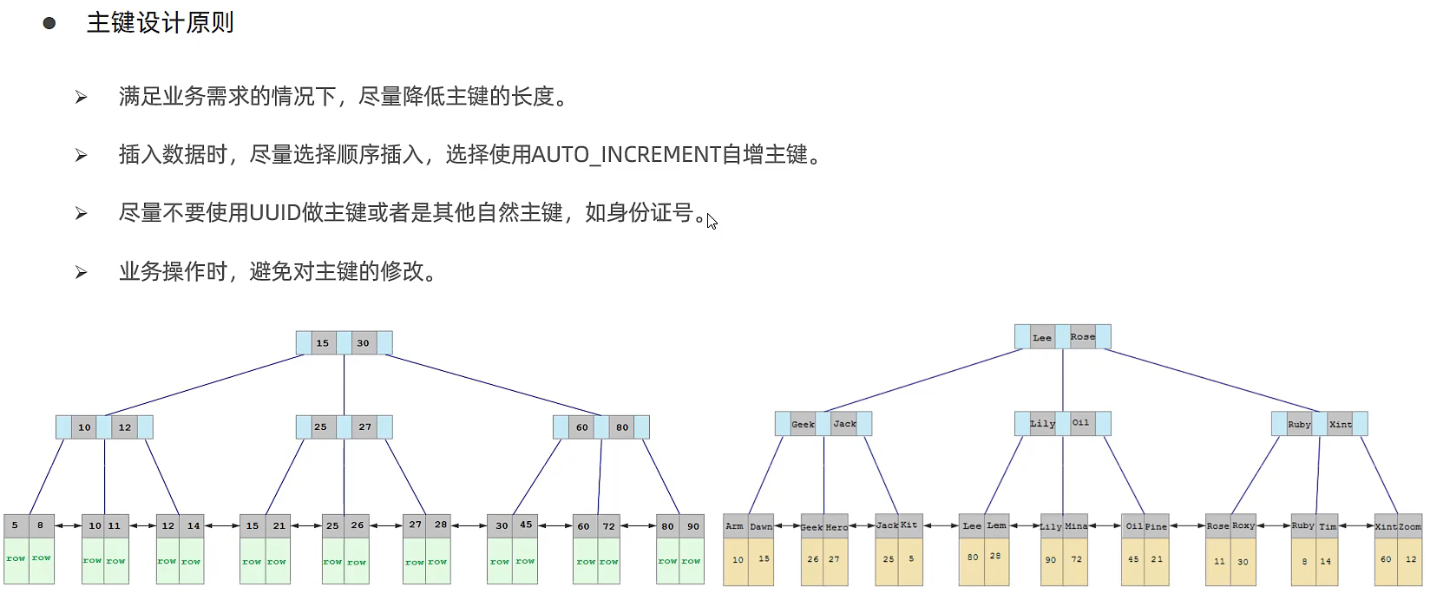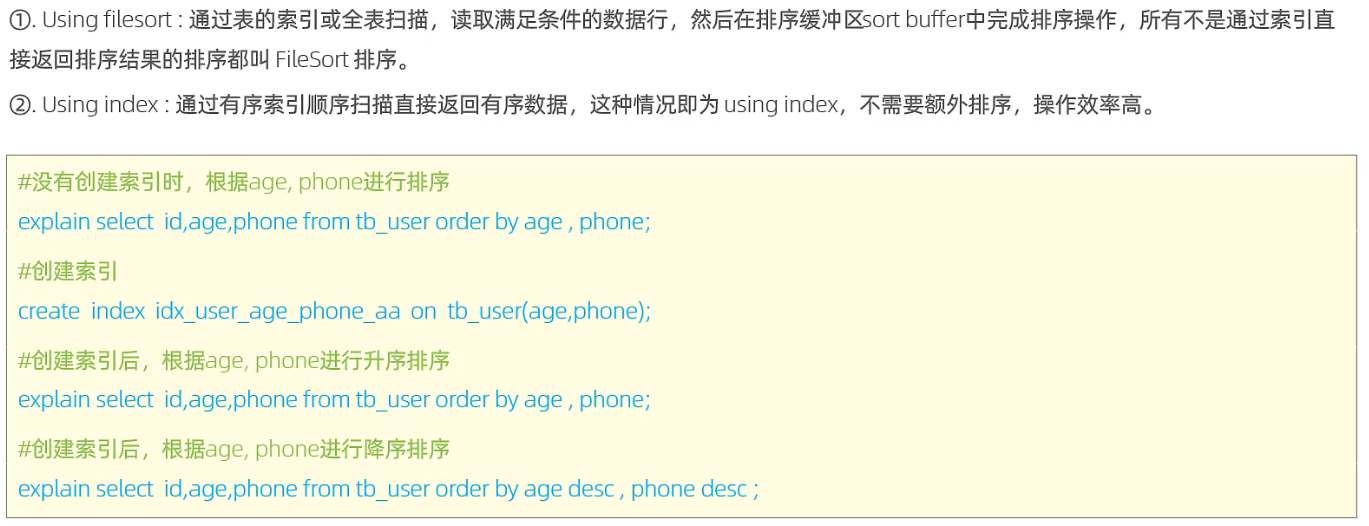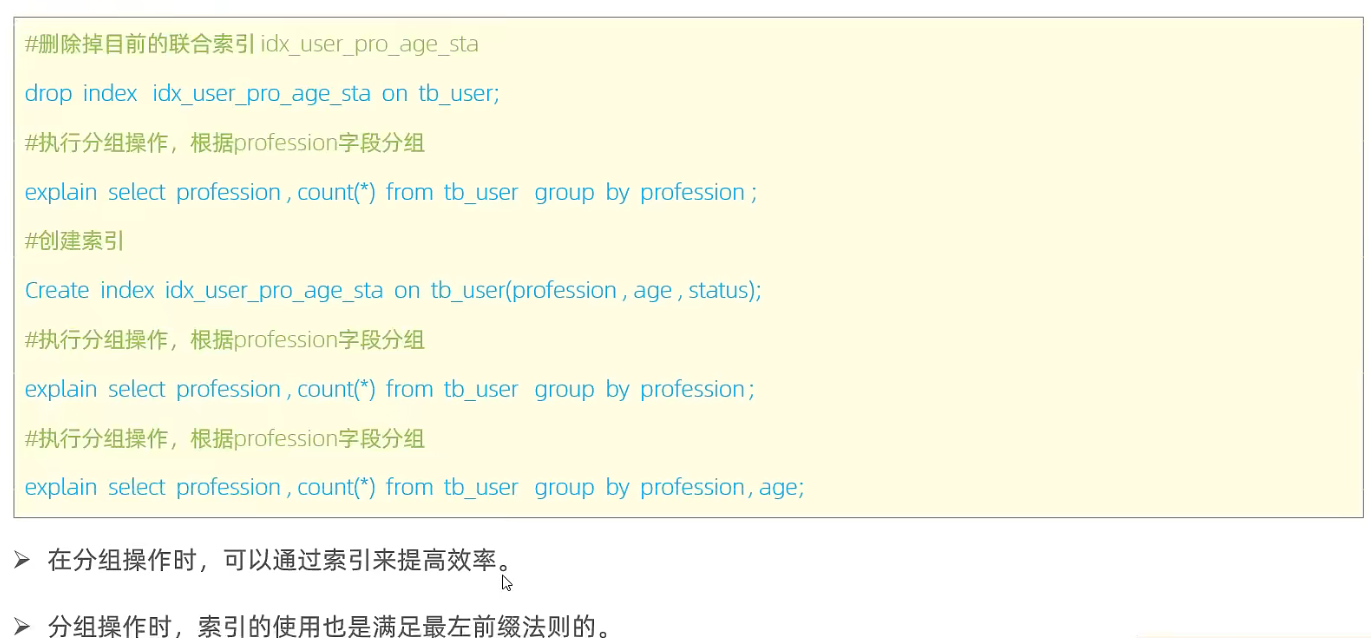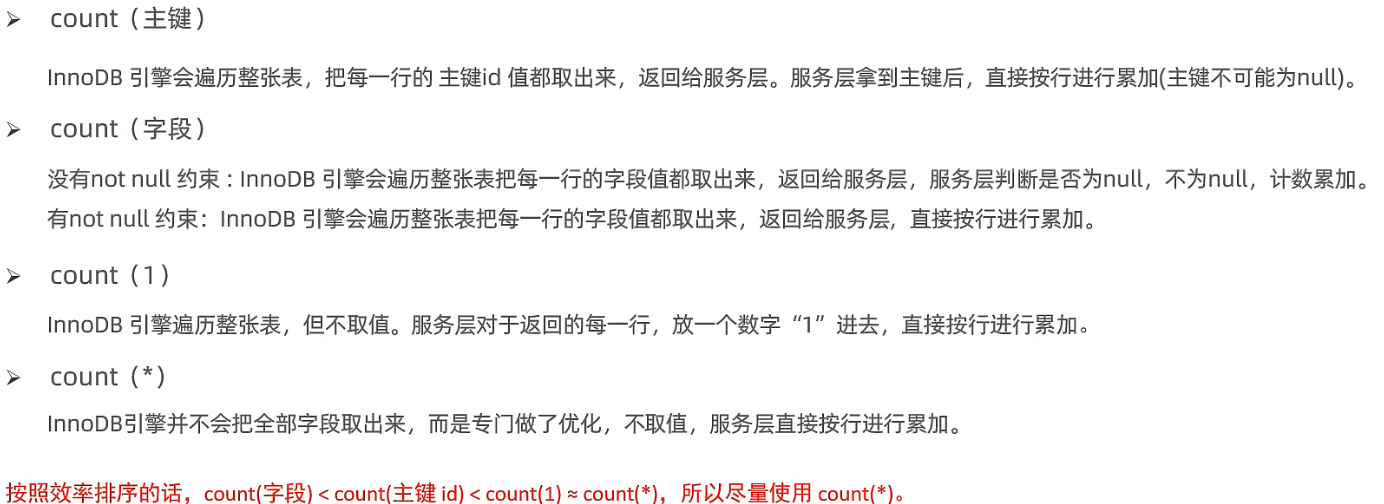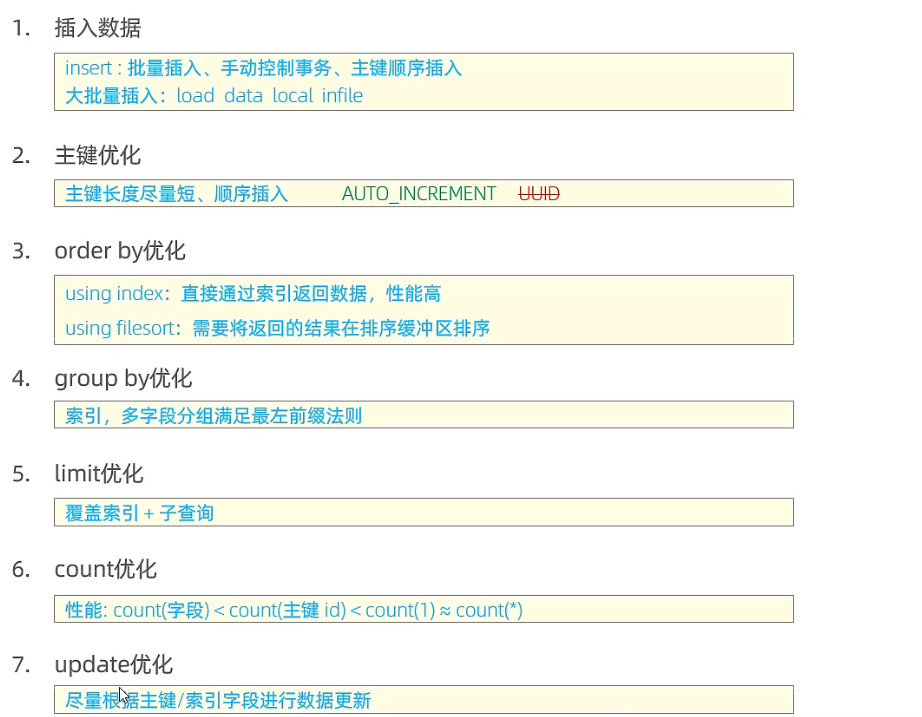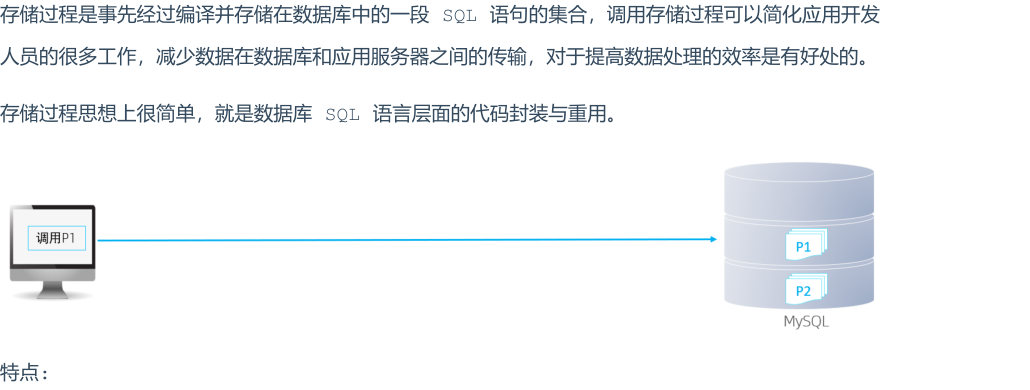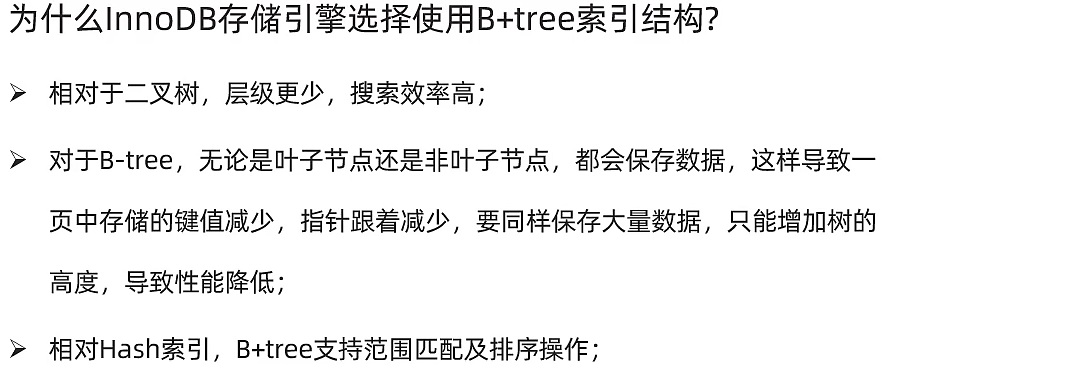1
2
3
4
5
6
7
8
9
10
11
12
13
14
15
16
17
18
19
20
21
22
23
24
25
26
27
28
29
30
31
32
33
34
35
36
37
38
39
40
41
42
43
44
45
46
47
48
49
50
51
52
53
54
55
56
57
58
59
60
61
62
63
64
65
66
67
68
69
70
71
72
73
74
75
76
77
78
79
80
81
82
83
84
85
86
87
88
89
90
91
92
93
94
95
96
97
98
99
100
101
102
103
104
105
106
107
108
109
110
111
112
113
114
115
116
117
118
119
120
121
122
123
124
125
126
127
128
129
130
131
132
133
134
135
136
137
138
139
140
141
142
143
144
145
146
147
148
149
150
151
152
153
154
155
156
157
158
159
160
161
162
163
164
165
166
167
168
169
170
171
172
173
174
175
176
177
178
179
180
181
182
183
184
185
186
187
188
189
190
191
192
193
194
195
196
197
198
199
200
201
202
203
204
205
206
207
208
209
210
211
212
213
214
215
216
217
218
219
220
221
222
223
224
225
226
227
228
229
230
231
232
233
234
235
236
237
238
239
240
241
242
243
244
245
246
247
248
249
250
251
252
253
254
255
256
257
258
259
260
261
262
263
264
265
266
267
268
269
270
271
272
273
274
275
276
277
278
279
280
281
282
283
284
285
286
287
288
289
290
291
292
293
294
295
296
297
298
299
300
301
302
303
304
305
306
307
308
309
310
311
312
313
314
315
316
317
318
319
320
321
322
323
324
325
326
327
328
329
330
331
332
333
334
335
336
337
338
339
340
341
342
343
344
345
346
347
348
349
350
351
352
353
354
355
356
357
358
359
360
361
362
363
364
365
366
367
368
369
370
371
372
373
374
375
376
377
378
379
380
381
382
383
384
385
386
387
388
389
390
391
392
393
394
395
396
397
398
399
400
401
402
403
404
405
406
407
408
409
410
411
412
413
414
415
416
417
418
419
420
421
422
423
424
425
426
427
428
429
430
431
432
433
434
435
436
437
438
439
440
441
442
443
444
445
446
447
448
449
450
451
452
453
454
455
456
457
458
459
460
461
462
463
464
465
466
467
468
469
470
471
472
473
474
475
476
477
478
479
480
481
482
483
484
485
486
487
488
489
490
491
492
493
494
495
496
497
498
499
500
501
502
503
504
505
506
507
508
509
510
511
512
513
514
515
516
517
518
519
520
521
522
523
524
525
526
527
528
529
530
531
532
533
534
535
536
537
538
539
540
541
542
543
544
545
546
547
548
549
550
551
552
553
554
555
556
557
558
559
560
561
562
563
564
565
566
567
568
569
570
571
572
573
574
575
576
577
578
579
580
581
582
583
584
585
586
587
588
589
590
591
592
593
594
595
596
597
598
599
600
601
602
603
604
605
606
607
608
609
610
611
612
613
614
615
616
617
618
619
620
621
622
623
624
625
626
627
628
629
630
631
632
633
634
635
636
637
638
639
640
641
642
643
644
645
646
647
648
649
650
651
652
653
654
655
656
657
658
659
660
661
662
663
664
665
666
667
668
669
670
671
672
673
674
675
676
677
678
679
680
681
682
683
684
685
686
687
688
689
690
691
692
693
694
695
696
697
698
699
700
701
702
703
704
705
706
707
708
709
710
711
712
713
714
715
716
717
718
719
720
721
722
723
724
725
726
727
728
729
730
731
732
733
734
735
736
737
738
739
740
741
742
743
744
745
746
747
748
749
750
751
752
753
754
755
756
757
758
759
760
761
762
763
764
765
766
767
768
769
770
771
772
773
774
775
776
777
778
779
780
781
782
783
784
785
786
787
788
789
790
791
792
793
794
795
796
797
798
799
800
801
802
803
804
805
806
807
808
809
810
811
812
813
814
815
816
817
818
819
820
821
822
823
824
825
826
827
828
829
830
831
832
833
834
835
836
837
838
839
840
841
842
843
844
845
846
847
848
849
850
851
852
853
854
855
856
857
858
859
860
861
862
863
864
865
866
867
868
869
870
871
872
873
874
875
876
877
878
879
880
881
882
883
884
885
886
887
888
889
890
891
892
893
894
895
896
897
898
899
900
901
902
903
904
905
906
907
908
909
910
911
912
913
914
915
916
917
918
919
920
921
922
923
924
925
926
927
928
929
930
931
932
933
934
935
936
937
938
939
940
941
942
943
944
945
946
947
948
949
950
951
952
953
954
955
956
957
958
959
960
961
962
963
964
965
966
967
968
969
970
971
972
973
974
975
976
977
978
979
980
981
982
983
984
985
986
987
988
989
990
991
992
993
994
995
996
997
998
999
1000
1001
1002
1003
1004
1005
1006
1007
1008
1009
1010
1011
1012
1013
1014
1015
1016
1017
1018
1019
1020
1021
1022
1023
1024
1025
1026
1027
1028
1029
1030
1031
1032
1033
1034
1035
1036
1037
1038
1039
1040
1041
1042
1043
|
show databases;
select database();
create database if not exists itcast;
drop database if exists itcast;
use itcast;
create table tb_user
(
id int comment '编号',
name varchar(50) comment '姓名',
age int comment '年龄',
gender varchar(1) comment '性别'
) comment '用户表';
desc tb_user;
show create table tb_user;
drop table emp;
create table emp
(
id int comment '编号',
workno varchar(10) comment '工号',
name varchar(10) comment '姓名',
gender char(1) comment '性别',
age tinyint unsigned comment '年龄',
idcard char(18) comment '身份证号',
entrydate date comment '入职时间'
) comment '员工表';
desc emp;
alter table emp
add nickname varchar(20) comment '昵称';
alter table emp
modify age tinyint;
alter table emp
change nickname username varchar(30) comment '用户名';
alter table emp
drop username;
alter table emp rename to employee;
drop table if exists employee;
truncate table employee;
select database();
show tables;
insert into employee(id, workno, name, gender, age, idcard, entrydate) value (1, '1', '小华', '男', 20, '123456789123456789', '2001-01-01');
select *
from employee;
insert into employee value (2, '2', '小刚', '男', 23, '123456784124456789', '2008-01-01');
insert into employee
values (3, '3', '小李', '男', 23, '123456784124456789', '2008-01-01'),
(4, '4', '小黄', '男', 23, '123456784124456789', '2008-01-01');
update employee
set name = '张三'
where id = 1;
update employee
set name = '李四',
gender= '女'
where id = 1;
delete
from employee
where id = 4;
create table emp
(
id int comment '编号',
workno varchar(10) comment '工号',
name varchar(10) comment '姓名',
gender char(1) comment '性别',
age tinyint unsigned comment '年龄',
idcard char(18) comment '身份证号',
workaddress varchar(50) comment '工作地址',
entrydate date comment '入职时间'
) comment '员工表';
insert into emp(id, workno, name, gender, age, idcard, workaddress, entrydate)
values (1, '1', '柳岩', '女', 20, '12345678912345678', '北京', '2001-01-01'),
(2, '2', '张无忌', '男', 18, '123456789012345670', '北京', '2005-09-01'),
(3, '3', '韦一笑', '男', 38, '12345678972345670', '上海', '2005-08-01'),
(4, '4', '赵敏', '女', 18, '12345675712345670', '北京', '2009-12-01'),
(5, '5', '小昭', '女', 16, '123456769012345678', '上海', '2007-07-01'),
(6, '6', '杨逍', '男', 28, '1234567893123456X', '北京', '2006-01-01'),
(7, '7', '范瑶', '男', 40, '123456789212345670', '北京', '2005-05-01'),
(8, '8', '黛绮丝', '女', 38, '123456157123645670', '天津', '2015-05-01'),
(9, '9', '范凉凉', '女', 45, '123156789012345678', '北京', '2010-04-01'),
(10, '10', '陈友谅', '男', 53, '123456789012345670', '上海', '2011-01-01'),
(11, '11', '张士诚', '男', 55, '12356789712345670', '江苏', '2015-05-01'),
(12, '12', '常遇春', '男', 32, '123446757152345670', '北京', '2004-02-01'),
(13, '13', '张三丰', '男', 88, '123656789012345678', '江苏', '2020-11-01'),
(14, '14', '灭绝', '女', 65, '123456719012345670', '西安', '2019-05-01'),
(15, '15', '胡青年', '男', 70, '12345674971234567X', '西安', '2018-04-01'),
(16, '16', '周芷若', '女', 18, null, '北京', '2012-06-01');
select *
from emp;
select name, workno, age
from emp;
select id,
workno,
name,
gender,
age,
idcard,
workaddress,
entrydate
from emp;
select distinct workaddress '工作地址'
from emp;
select *
from emp
where age = 88;
select *
from emp
where age < 20;
select *
from emp
where age <= 20;
select *
from emp
where idcard is null;
select *
from emp
where age != 88;
select *
from emp
where age <> 88;
select *
from emp
where age >= 15 && age <= 20;
select *
from emp
where age >= 15
and age <= 20;
select *
from emp
where age between 15 and 20;
#包含了15和20
select *
from emp
where gender = '女'
and age < 25;
select *
from emp
where age = 18
or age = 20
or age = 48;
select *
from emp
where age in (18, 20, 48);
select *
from emp
where name like '__';
select *
from emp
where idcard like '%X';
select count(*)
from emp;
select count(idcard)
from emp;
select avg(age)
from emp;
select max(age)
from emp;
select min(age)
from emp;
select sum(age)
from emp
where workaddress = '西安';
select gender, count(*)
from emp
group by gender;
select gender, avg(age)
from emp
group by gender;
select workaddress, count(*) address_count
from emp
where age < 45
group by workaddress
having address_count >= 3;
select *
from emp
order by age;
select *
from emp
order by age desc;
select *
from emp
order by entrydate desc;
select *
from emp
order by age asc, entrydate desc;
select *
from emp
limit 0,10;
select *
from emp
limit 10,10;
select *
from emp
where gender = '女'
and age in (20, 21, 22, 23);
select *
from emp
where gender = '男'
and (age between 20 and 40)
and name like '___';
select gender, count(*)
from emp
where age < 60
group by gender;
select name, age
from emp
where age <= 35
order by age asc, entrydate desc;
select *
from emp
where gender = '男'
and age between 20 and 40
order by age, entrydate
limit 5;
use mysql;
select *
from mysql.user;
create user 'itcast'@'localhost' identified by '123456';
create user 'heima'@'%' identified by '123456';
alter user 'heima'@'%' identified with mysql_native_password by '1234';
drop user 'itcast'@'localhost';
show grants for 'heima'@'%';
grant all on itcast.* to 'heima'@'%';
grant all on *.* to 'heima'@'%';
revoke all on itcast.* from 'heima'@'%';
select concat('hello ', 'word');
# hello word
select lower('Hello');
# hello
select upper('Hello');
# HELLO
select lpad('01', 5, '-');
#
select rpad('01', 5, '-');
# 01
select trim(' Hello Mysql ');
# Hello Mysql
select substring('Hello Mysql', 1, 5);
# Hello
update emp
set workno = lpad(workno, 5, '0');
select ceil(1.5);
# 2
select floor(1.1);
# 1
select mod(7, 4);
# 3
select rand();
select round(2.345, 2);
# 2.35
select lpad(round(rand() * 1000000, 0), 6, '0');
select curdate();
select curtime();
select now();
select year(now());
select month(now());
select day(now());
select date_add(now(), INTERVAL 70 DAY); # 当前的时间往后推70天
select date_add(now(), INTERVAL 2 MONTH);
#向后推2个月
select datediff('2021-12-01', '2021-10-01');
# 查询两个时间之间的差值,第一个时间减去第二个时间
select name, datediff(curdate(), entrydate) 'entrydays'
from emp
order by entrydays desc;
select if(true, 'OK', 'ERROR');
select ifnull('OK', 'DEFAULT');
select ifnull(null, 'DEFAULT');
select name,
(case workaddress
when '北京' then '一线城市'
when '上海' then '一线城市'
else
'二线城市' end) as '工作地址'
from emp;
create table score
(
id int comment 'ID',
name varchar(20) comment '姓名',
math int comment '数学',
english int comment '英语',
chinese int comment '语文'
) comment '学员成绩表';
insert into score(id, name, math, english, chinese)
VALUES (1, 'Tom', 67, 88, 95),
(2, 'Rose', 23, 66, 90),
(3, 'Jack', 56, 98, 76);
select *
from score;
select id,
name,
(case when math >= 85 then '优秀' when math >= 60 then '及格' else '不及格' end)
'数学',
(case
when english >= 85 then '优秀'
when english >= 60 then '及格'
else '不及格'
end) '英语',
(case
when chinese >= 85 then '优秀'
when chinese >= 60 then '及格'
else '不及格'
end) '语文'
from score;
drop table if exists user;
create table user
(
id int AUTO_INCREMENT PRIMARY KEY COMMENT 'ID唯一标识',
name varchar(10) NOT NULL UNIQUE COMMENT '姓名',
age int COMMENT '年龄',
status char(1) default '1' COMMENT '状态',
gender char(1) COMMENT '性别'
);
select *
from user;
insert into user(name, age, status, gender)
values ('Tom1', 19, '1', '男'),
('Tom2', 29, '1', '男'),
('Tom3', 14, '1', '男');
create table dept
(
id int auto_increment comment 'ID' primary key,
name varchar(50) not null comment '部门名称'
) comment '部门表';
INSERT INTO dept (id, name)
VALUES (1, '研发部'),
(2, '市场部'),
(3, '财务部'),
(4, '销售部'),
(5, '总经办');
create table employee
(
id int auto_increment comment 'ID' primary key,
name varchar(50) not null comment '姓名',
age int comment '年龄',
job varchar(20) comment '职位',
salary int comment '薪资',
entrydate date comment '入职时间',
managerid int comment '直属领导ID',
dept_id int comment '部门ID'
) comment '员工表';
INSERT INTO employee (id, name, age, job, salary, entrydate, managerid, dept_id)
VALUES (1, '金庸', 66, '总裁', 20000, '2000-01-01', null, 5),
(2, '张无忌', 20, '项目经理', 12500, '2005-12-05', 1, 1),
(3, '杨逍', 33, '开发', 8400, '2000-11-03', 2, 1),
(4, '韦一笑', 48, '开发', 11000, '2002-02-05', 2, 1),
(5, '常遇春', 43, '开发', 10500, '2004-09-07', 3, 1),
(6, '小昭', 19, '程序员鼓励师', 6600, '2004-10-12', 2, 1);
select *
from dept;
select *
from employee;
alter table employee
add constraint fk_emp_dept foreign key (dept_id) references dept (id);
alter table employee
drop foreign key fk_emp_dept;
create table student
(
id int auto_increment primary key comment '主键ID',
name varchar(10) comment '姓名',
no varchar(10) comment '学号'
) comment '学生表';
insert into student
values (null, '黛绮丝', '2000100101'),
(null, '谢逊',
'2000100102'),
(null, '殷天正', '2000100103'),
(null, '韦一笑', '2000100104');
create table course
(
id int auto_increment primary key comment '主键ID',
name varchar(10) comment '课程名称'
) comment '课程表';
insert into course
values (null, 'Java'),
(null, 'PHP'),
(null, 'MySQL'),
(null, 'Hadoop');
create table student_course
(
id int auto_increment comment '主键' primary key,
studentid int not null comment '学生ID',
courseid int not null comment '课程ID',
constraint fk_courseid foreign key (courseid) references course (id),
constraint fk_studentid foreign key (studentid) references student (id)
) comment '学生课程中间表';
insert into student_course
values (null, 1, 1),
(null, 1, 2),
(null, 1, 3),
(null, 2, 2),
(null, 2, 3),
(null, 3, 4);
create table tb_user
(
id int auto_increment primary key comment '主键ID',
name varchar(10) comment '姓名',
age int comment '年龄',
gender char(1) comment '1: 男 , 2: 女',
phone char(11) comment '手机号'
) comment '用户基本信息表';
create table tb_user_edu
(
id int auto_increment primary key comment '主键ID',
degree varchar(20) comment '学历',
major varchar(50) comment '专业',
primaryschool varchar(50) comment '小学',
middleschool varchar(50) comment '中学',
university varchar(50) comment '大学',
userid int unique comment '用户ID',
constraint fk_userid foreign key (userid) references tb_user (id)
) comment '用户教育信息表';
insert into tb_user(id, name, age, gender, phone)
values (null, '黄渤', 45, '1', '18800001111'),
(null, '冰冰', 35, '2', '18800002222'),
(null, '码云', 55, '1', '18800008888'),
(null, '李彦宏', 50, '1', '18800009999');
insert into tb_user_edu(id, degree, major, primaryschool, middleschool,
university, userid)
values (null, '本科', '舞蹈', '静安区第一小学', '静安区第一中学', '北京舞蹈学院', 1),
(null, '硕士', '表演', '朝阳区第一小学', '朝阳区第一中学', '北京电影学院', 2),
(null, '本科', '英语', '杭州市第一小学', '杭州市第一中学', '杭州师范大学', 3),
(null, '本科', '应用数学', '阳泉第一小学', '阳泉区第一中学', '清华大学', 4);
create table dept
(
id int auto_increment comment 'ID' primary key,
name varchar(50) not null comment '部门名称'
) comment '部门表';
INSERT INTO dept (id, name)
VALUES (1, '研发部'),
(2, '市场部'),
(3, '财务部'),
(4,
'销售部'),
(5, '总经办'),
(6, '人事部');
create table emp
(
id int auto_increment comment 'ID' primary key,
name varchar(50) not null comment '姓名',
age int comment '年龄',
job varchar(20) comment '职位',
salary int comment '薪资',
entrydate date comment '入职时间',
managerid int comment '直属领导ID',
dept_id int comment '部门ID'
) comment '员工表';
alter table emp
add constraint fk_emp_dept_id foreign key (dept_id) references
dept (id);
INSERT INTO emp (id, name, age, job, salary, entrydate, managerid, dept_id)
VALUES (1, '金庸', 66, '总裁', 20000, '2000-01-01', null, 5),
(2, '张无忌', 20, '项目经理', 12500, '2005-12-05', 1, 1),
(3, '杨逍', 33, '开发', 8400, '2000-11-03', 2, 1),
(4, '韦一笑', 48, '开发', 11000, '2002-02-05', 2, 1),
(5, '常遇春', 43, '开发', 10500, '2004-09-07', 3, 1),
(6, '小昭', 19, '程序员鼓励师', 6600, '2004-10-12', 2, 1),
(7, '灭绝', 60, '财务总监', 8500, '2002-09-12', 1, 3),
(8, '周芷若', 19, '会计', 48000, '2006-06-02', 7, 3),
(9, '丁敏君', 23, '出纳', 5250, '2009-05-13', 7, 3),
(10, '赵敏', 20, '市场部总监', 12500, '2004-10-12', 1, 2),
(11, '鹿杖客', 56, '职员', 3750, '2006-10-03', 10, 2),
(12, '鹤笔翁', 19, '职员', 3750, '2007-05-09', 10, 2),
(13, '方东白', 19, '职员', 5500, '2009-02-12', 10, 2),
(14, '张三丰', 88, '销售总监', 14000, '2004-10-12', 1, 4),
(15, '俞莲舟', 38, '销售', 4600, '2004-10-12', 14, 4),
(16, '宋远桥', 40, '销售', 4600, '2004-10-12', 14, 4),
(17, '陈友谅', 42, null, 2000, '2011-10-12', 1, null);
select *
from emp,
dept
where emp.dept_id = dept.id;
select e.name, d.name
from emp e,
dept d
where e.dept_id = d.id;
select e.name, d.name
from emp e
inner join dept d on e.dept_id = d.id;
select e.name, d.name
from emp e
left join dept d on e.dept_id = d.id;
select e.name, d.name
from emp e
right join dept d on e.dept_id = d.id;
select e1.name '员工', e2.name '领导'
from emp e1,
emp e2
where e1.managerid = e2.id;
select e1.name '员工', e2.name '领导'
from emp e1
left join emp e2 on e1.managerid = e2.id;
select *
from emp e
where e.salary < 5000
union
select *
from emp e
where e.age > 50;
select *
from emp e
where e.dept_id = (select id from dept d where d.name = '销售部');
select *
from emp e1
where e1.entrydate > (select e2.entrydate from emp e2 where e2.name = '方东白');
select *
from emp e
where e.dept_id in (select id from dept where dept.name = '销售部' or dept.name = '市场部');
select *
from emp e
where e.salary > all (select e2.salary from emp e2 where e2.dept_id = (select id from dept where dept.name = '财务部'));
select *
from emp e
where e.salary > any (select e2.salary from emp e2 where e2.dept_id = (select id from dept where dept.name = '研发部'));
select *
from emp e2
where (e2.salary, e2.managerid) = (select e.salary, e.managerid from emp e where e.name = '张无忌');
select *
from emp e2
where (e2.job, e2.salary) in (select e.job, e.salary from emp e where e.name = '鹿杖客' or name = '宋远桥');
select *
from (select * from emp where entrydate > '2006-01-01') e
left join dept d on e.dept_id = d.id;
create table salgrade
(
grade int,
losal int,
hisal int
) comment '薪资等级表';
insert into salgrade
values (1, 0, 3000);
insert into salgrade
values (2, 3001, 5000);
insert into salgrade
values (3, 5001, 8000);
insert into salgrade
values (4, 8001, 10000);
insert into salgrade
values (5, 10001, 15000);
insert into salgrade
values (6, 15001, 20000);
insert into salgrade
values (7, 20001, 25000);
insert into salgrade
values (8, 25001, 30000);
select e.name, e.age, e.job, d.name
from emp e,
dept d
where e.dept_id = d.id;
select e.name, e.age, e.job, d.name
from emp e
inner join dept d on e.dept_id = d.id
where e.age < 30;
select distinct d.id, d.name
from emp e,
dept d
where e.dept_id = d.id;
select *
from dept
where dept.id in (select e.dept_id from emp e);
select e.*, d.name
from emp e
left join dept d on e.dept_id = d.id
where age > 40;
select e.name '姓名', s.grade '工资等级'
from emp e,
salgrade s
where e.salary between s.losal and s.hisal;
select e.*, s.grade
from emp e,
dept d,
salgrade s
where e.dept_id = d.id
and (e.salary between s.losal and s.hisal)
and d.name = '研发部';
select e.*, s.grade
from (select emp.*
from emp,
dept
where emp.dept_id = dept.id
and dept.name = '研发部') e,
salgrade s
where e.salary between s.losal and s.hisal;
select avg(e.salary)
from emp e,
dept d
where e.dept_id = d.id
and d.name = '研发部';
select *
from emp
where salary > (select salary from emp where name = '灭绝');
select *
from emp
where salary > (select avg(salary) from emp);
select *
from emp e2
where e2.salary < (select avg(e1.salary) from emp e1 where e1.dept_id = e2.dept_id);
select *
from emp e,
(select dept_id, avg(salary) 'salavg' from emp group by dept_id) eavg
where eavg.dept_id = e.dept_id
and e.salary < eavg.salavg;
select d.id, d.name, (select count(*) from emp e where e.dept_id = d.id) '人数'
from dept d;
select *
from dept d,
(select e.dept_id, count(*) '人数' from emp e group by e.dept_id) ecount
where d.id = ecount.dept_id;
select s.name, s.no, c.name
from course c,
student s,
student_course sc
where c.id = sc.courseid
and s.id = sc.studentid;
drop table if exists account;
create table account
(
id int primary key AUTO_INCREMENT comment 'ID',
name varchar(10) comment '姓名',
money double(10, 2) comment '余额'
) comment '账户表';
insert into account(name, money)
VALUES ('张三', 2000),
('李四', 2000);
select * from account;
select * from account where name = '张三';
update account set money = money - 1000 where name = '张三';
update account set money = money + 1000 where name = '李四';
start transaction;
select * from account where name = '张三';
update account set money = money - 1000 where name = '张三';
update account set money = money + 1000 where name = '李四';
commit;
|

